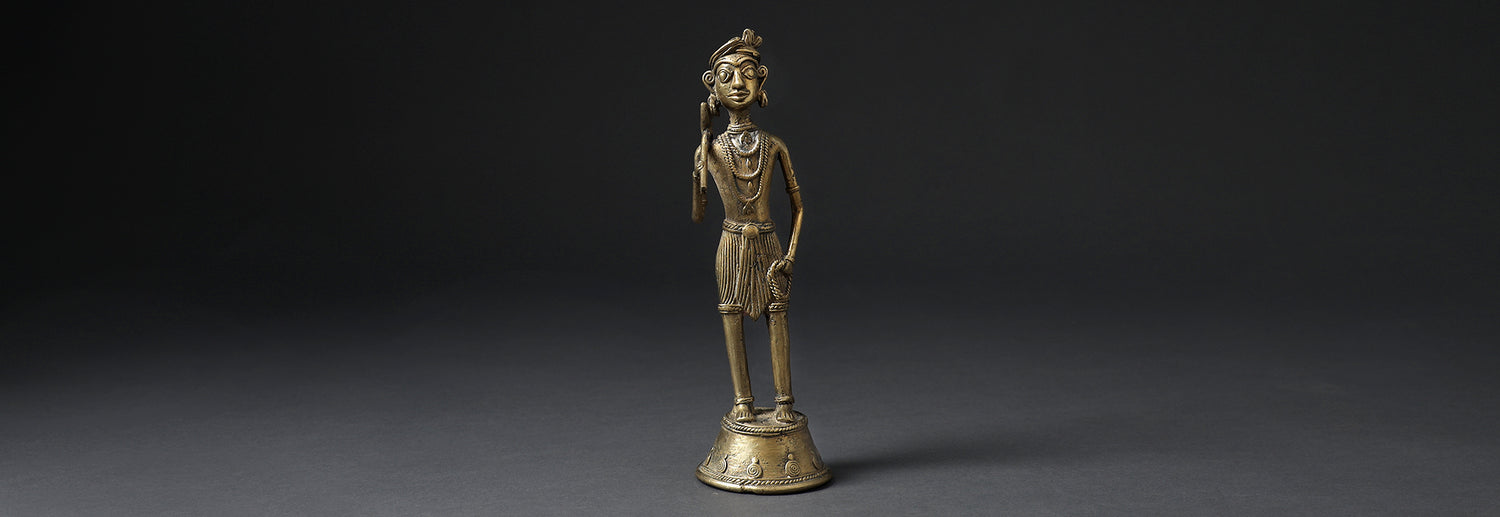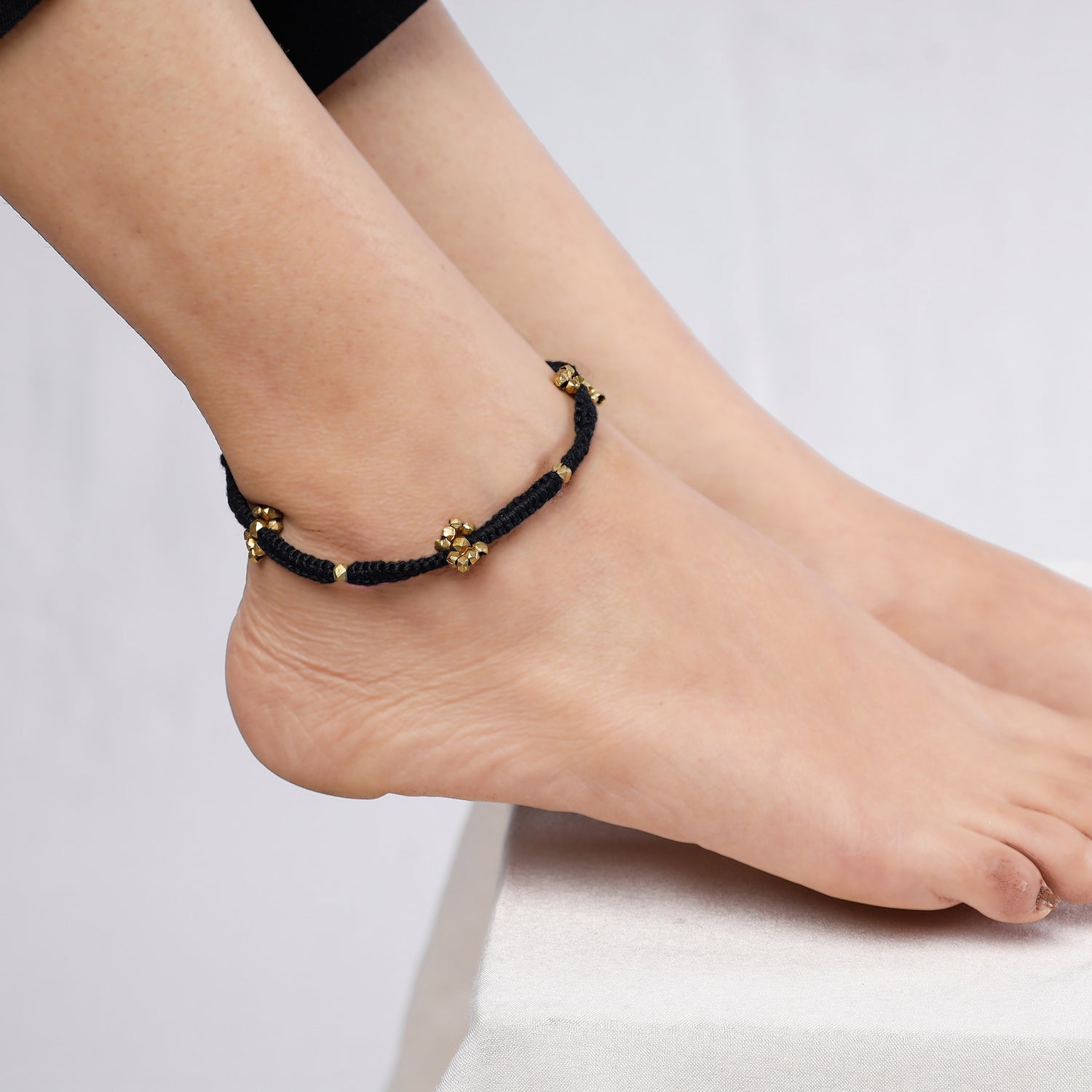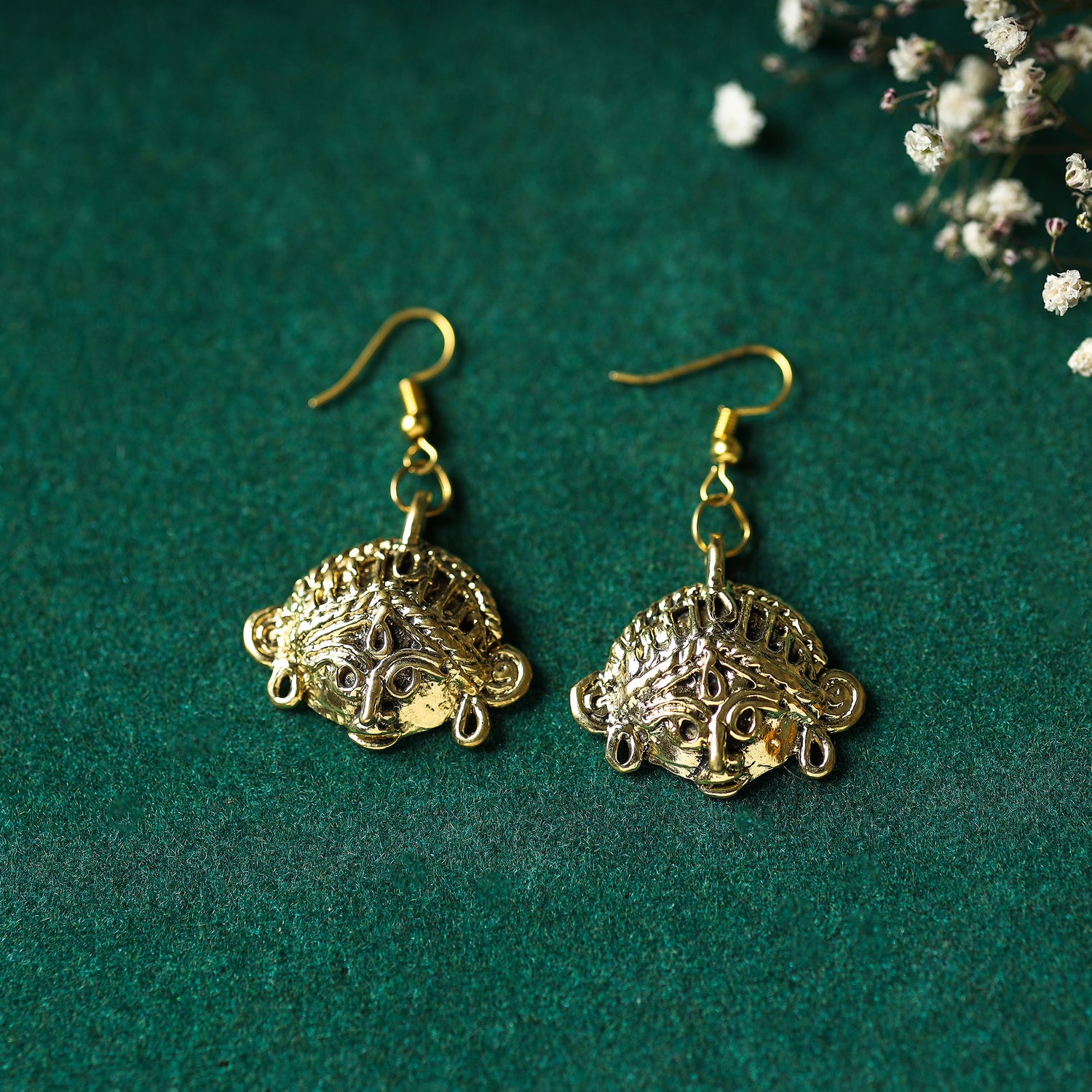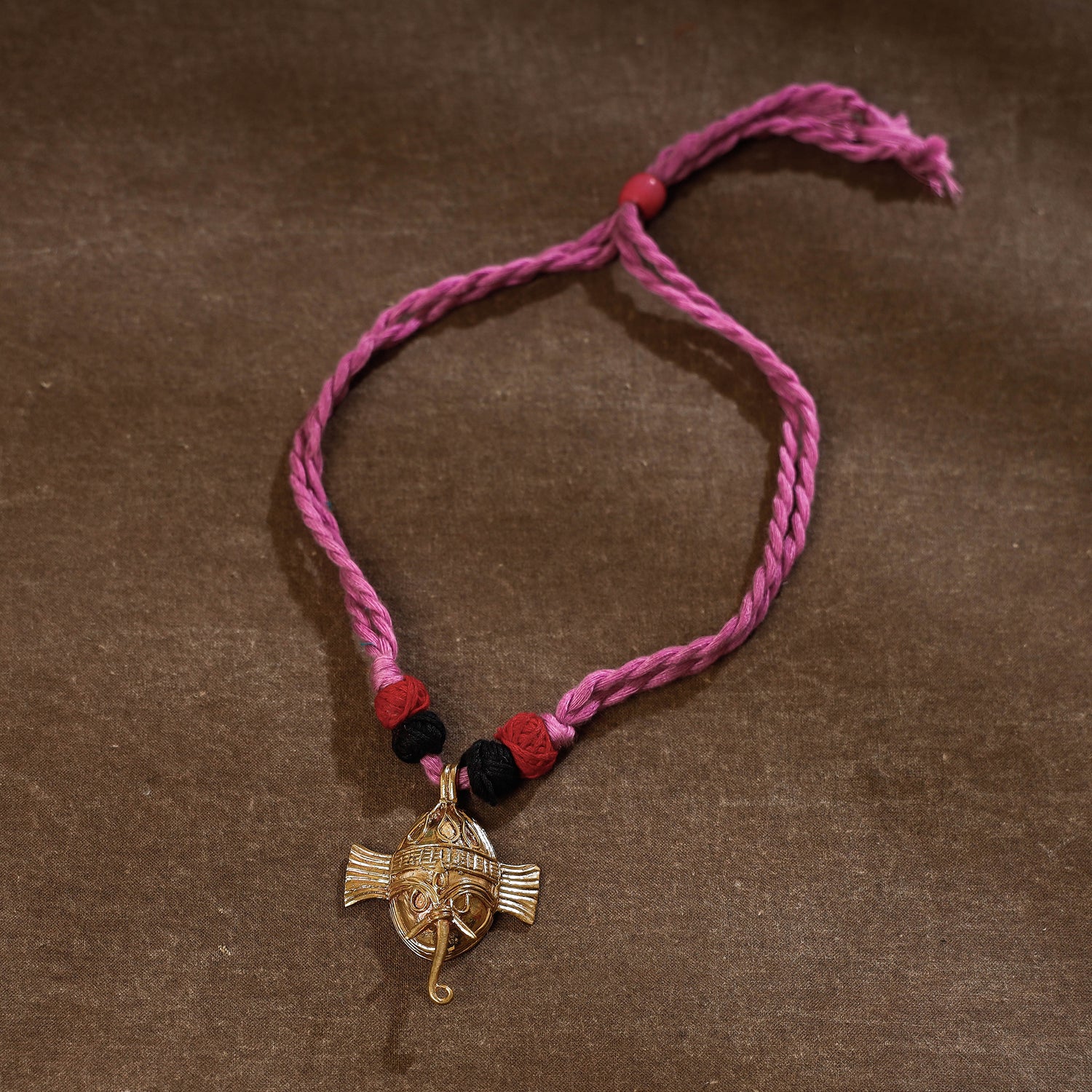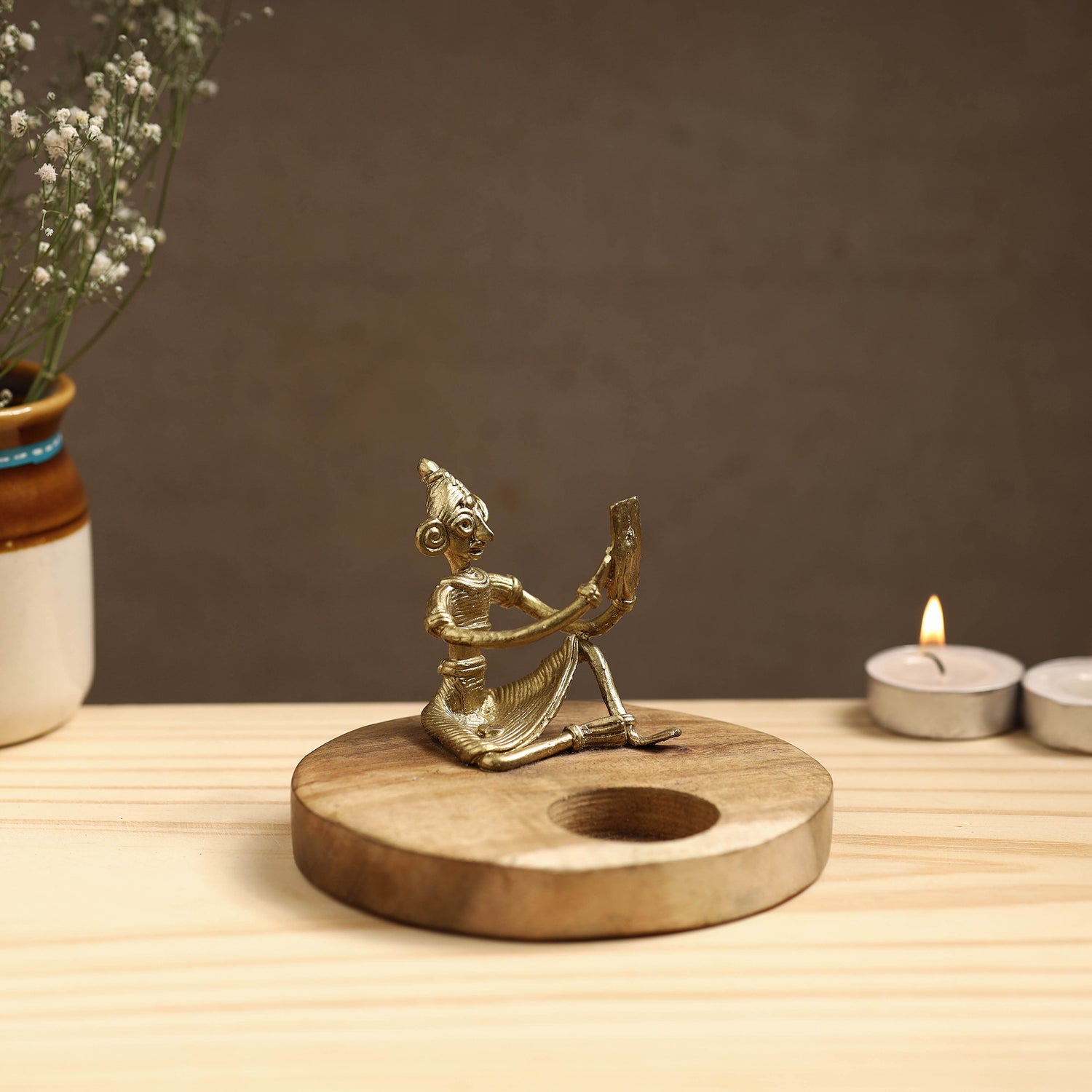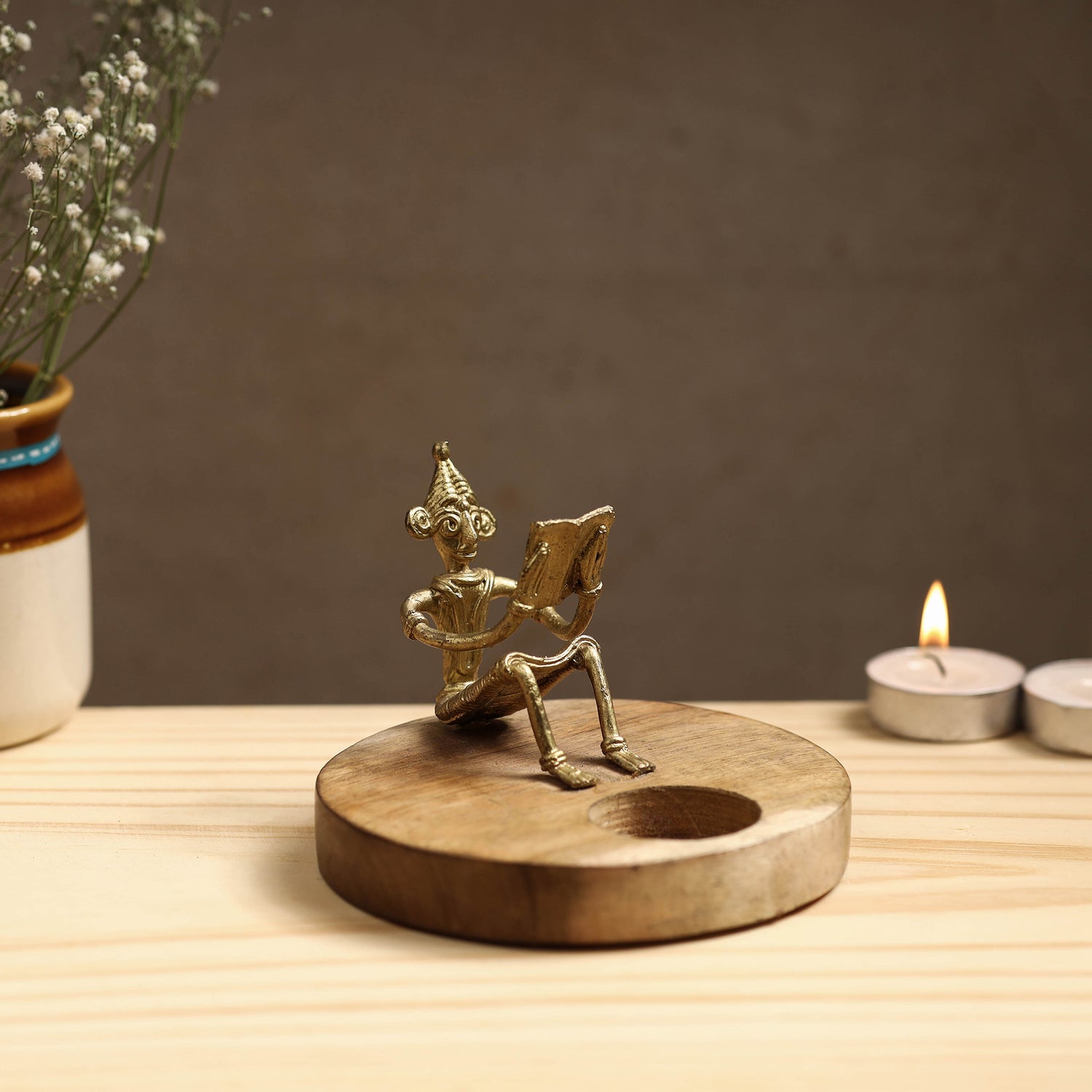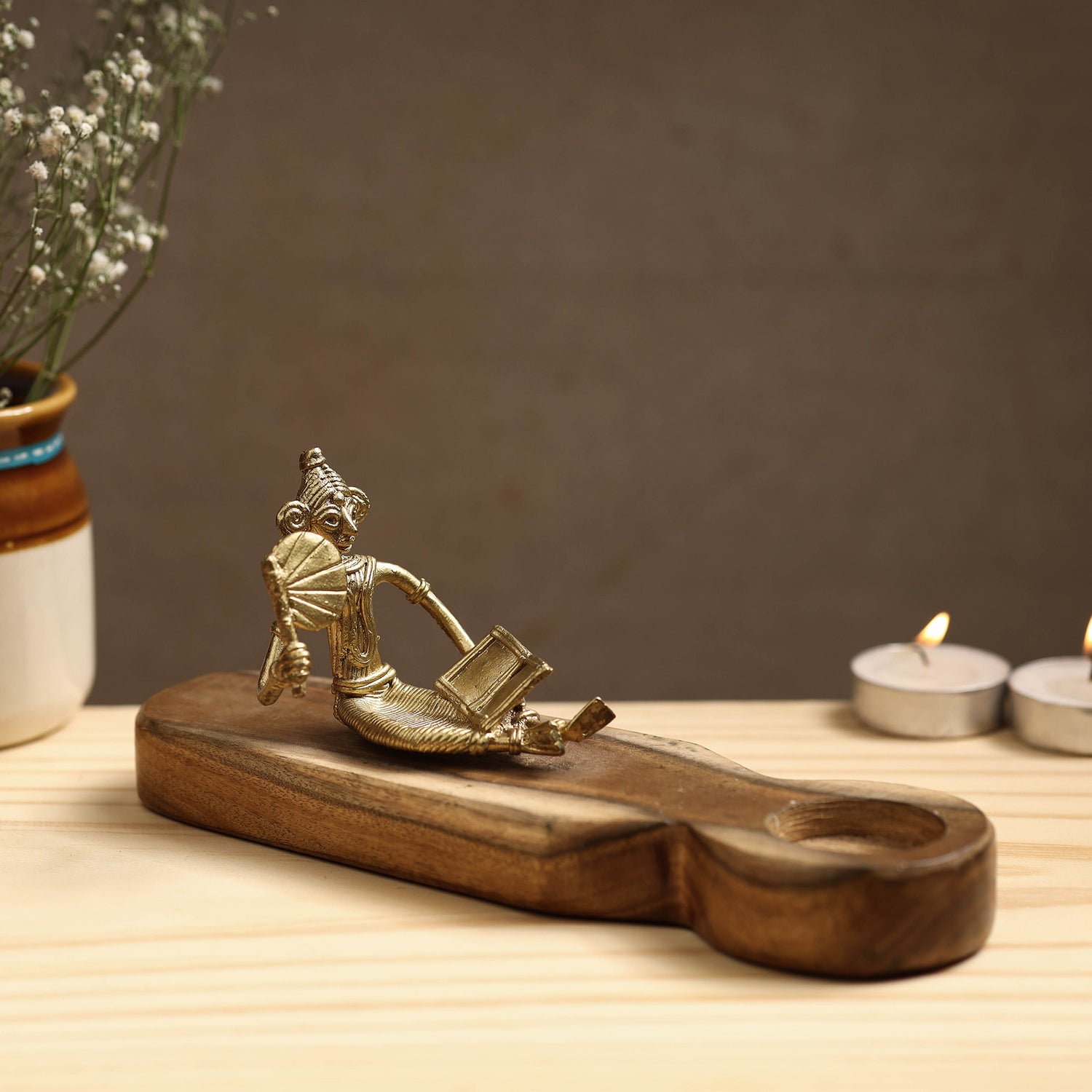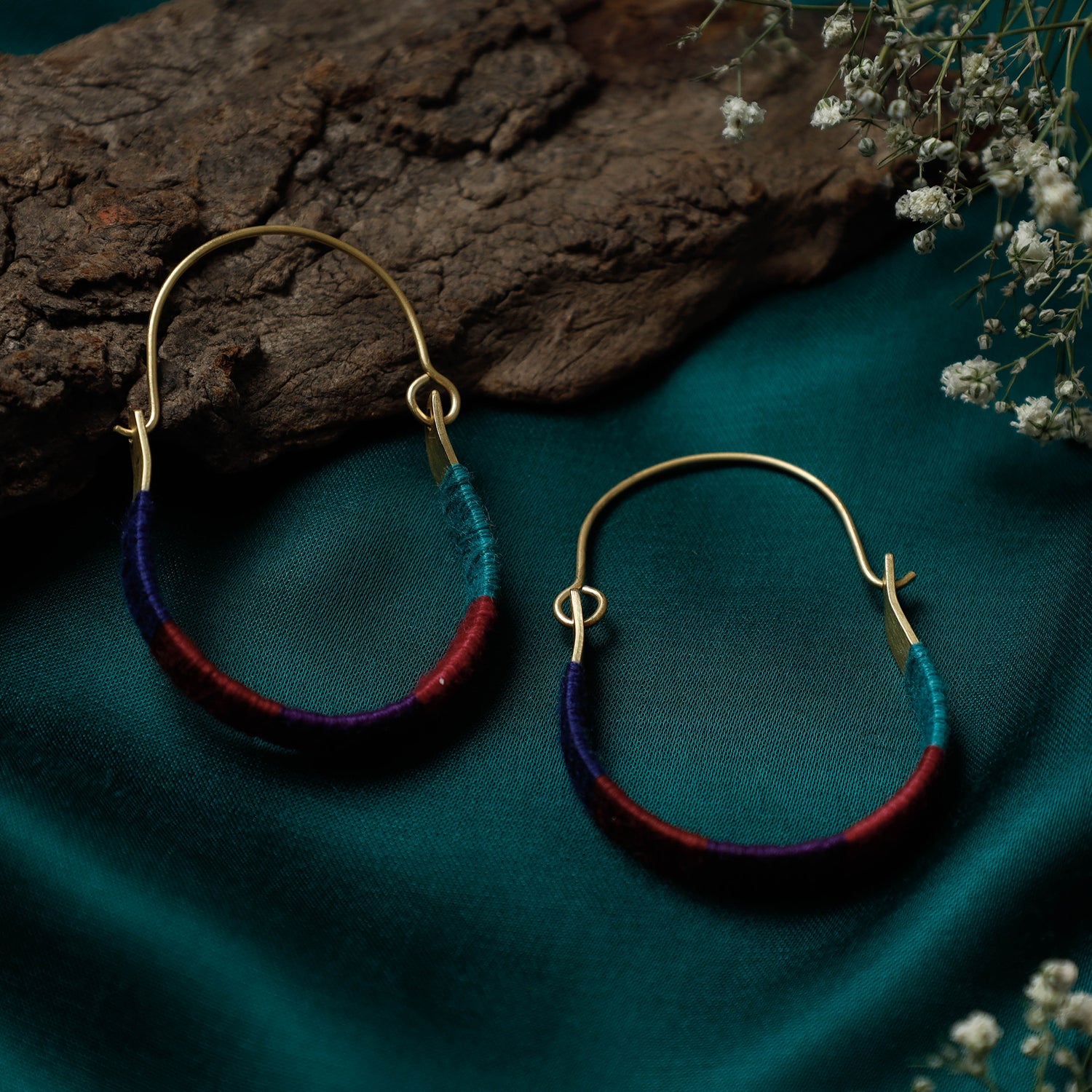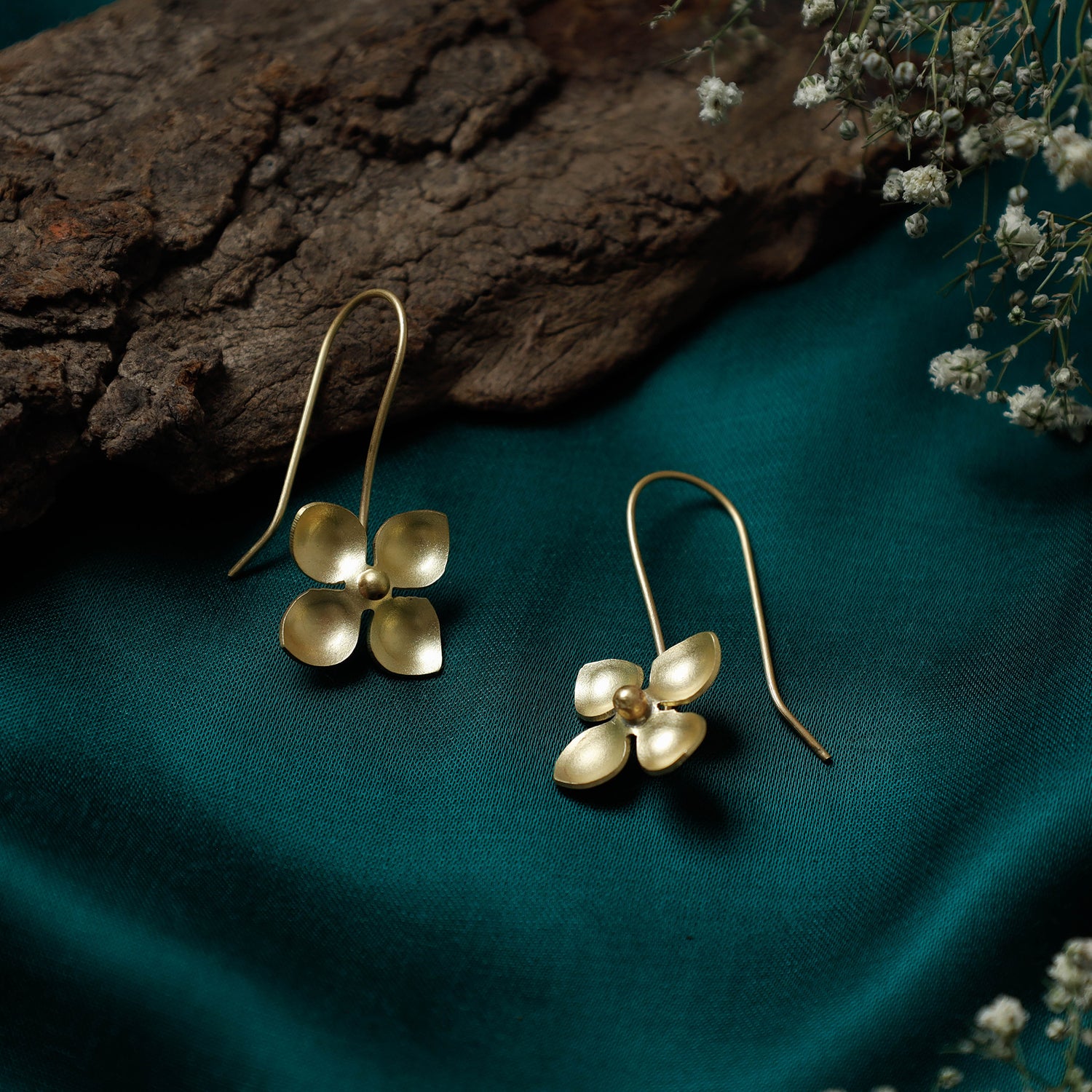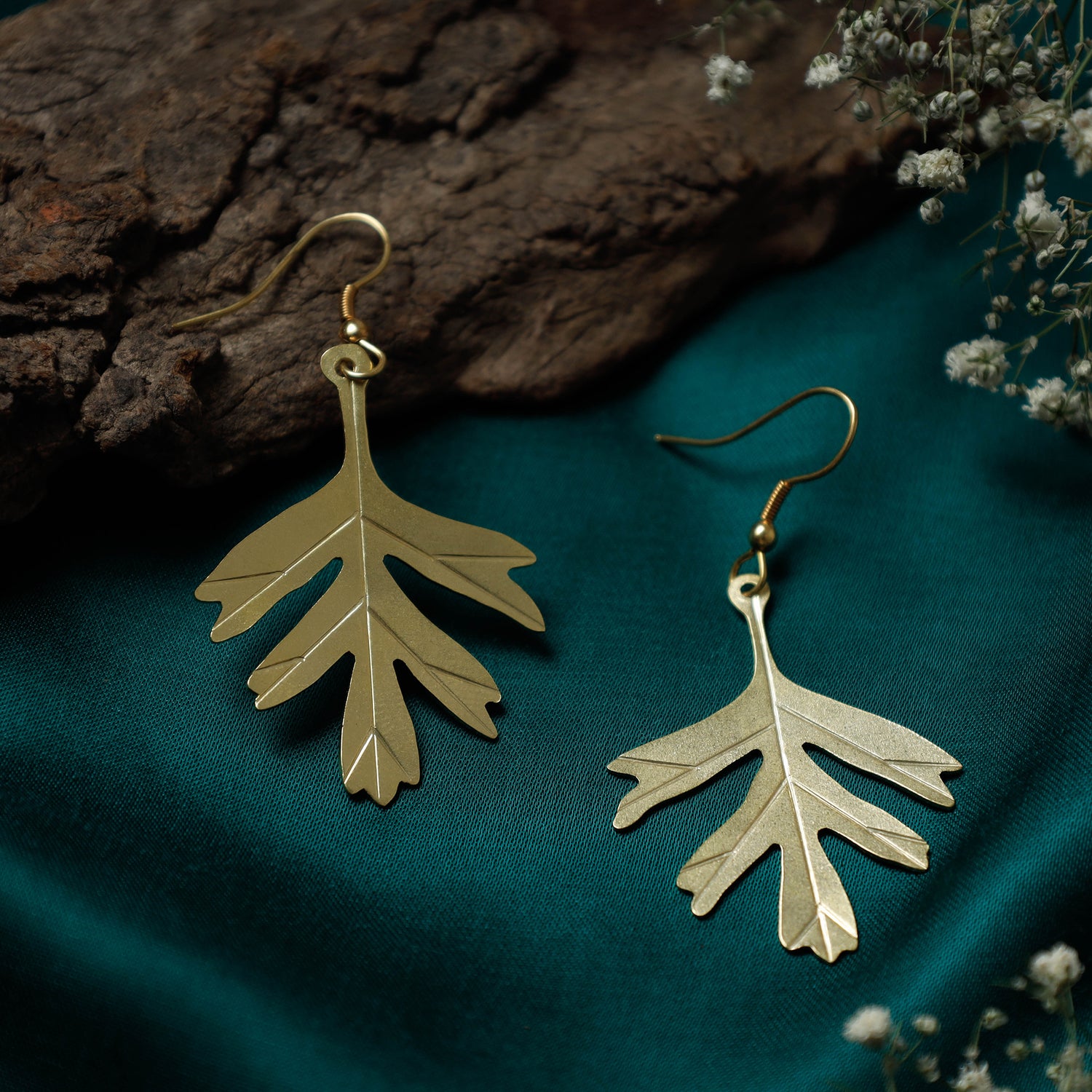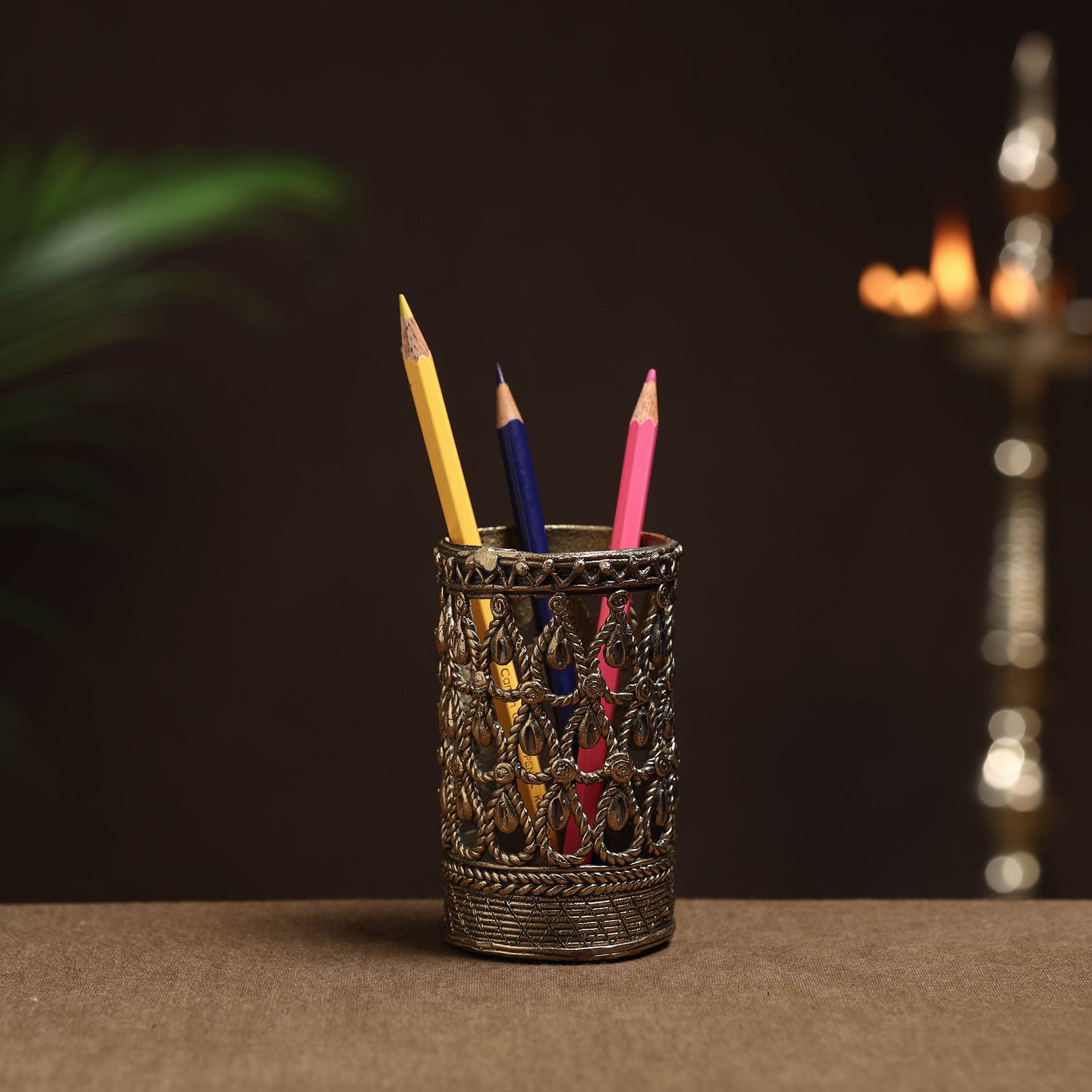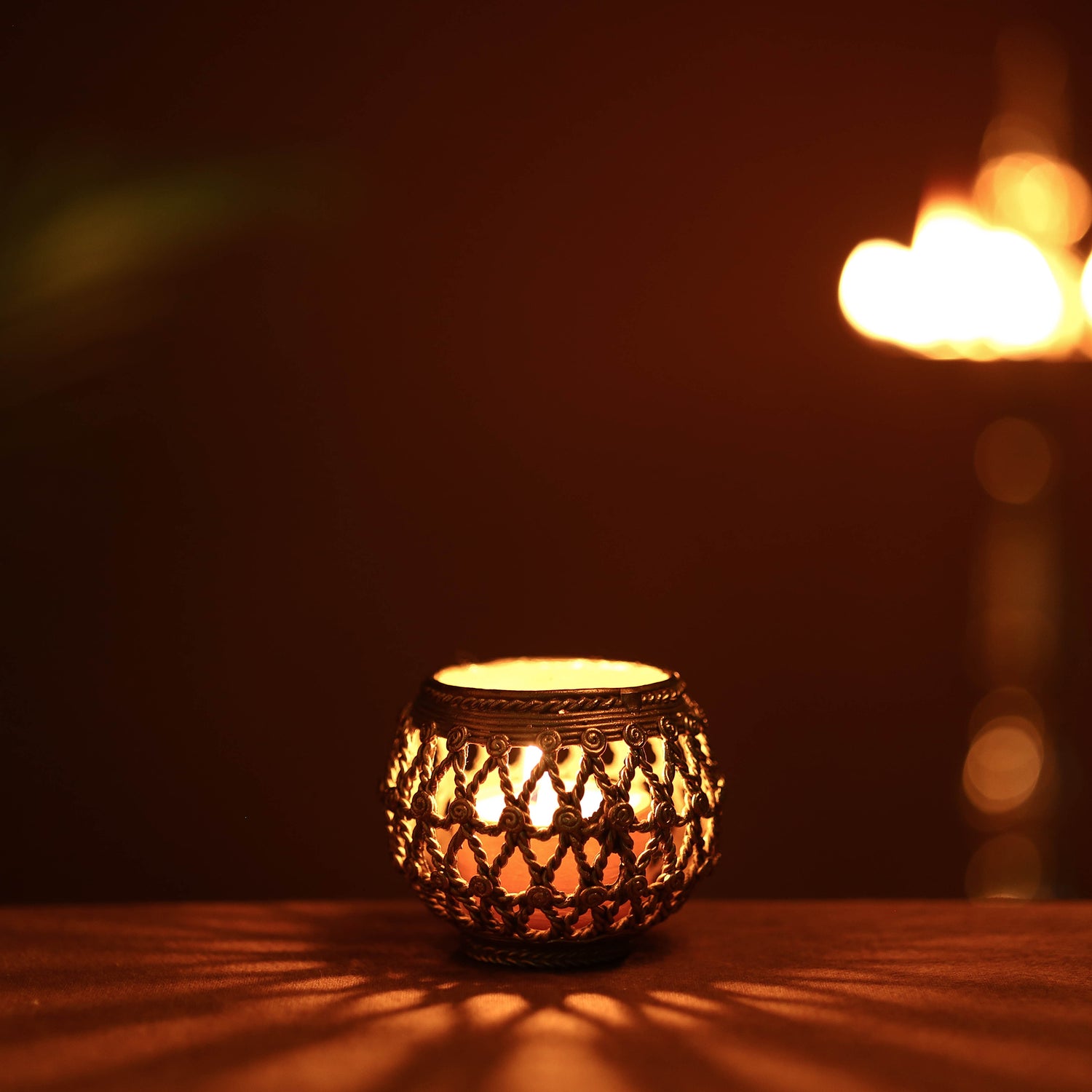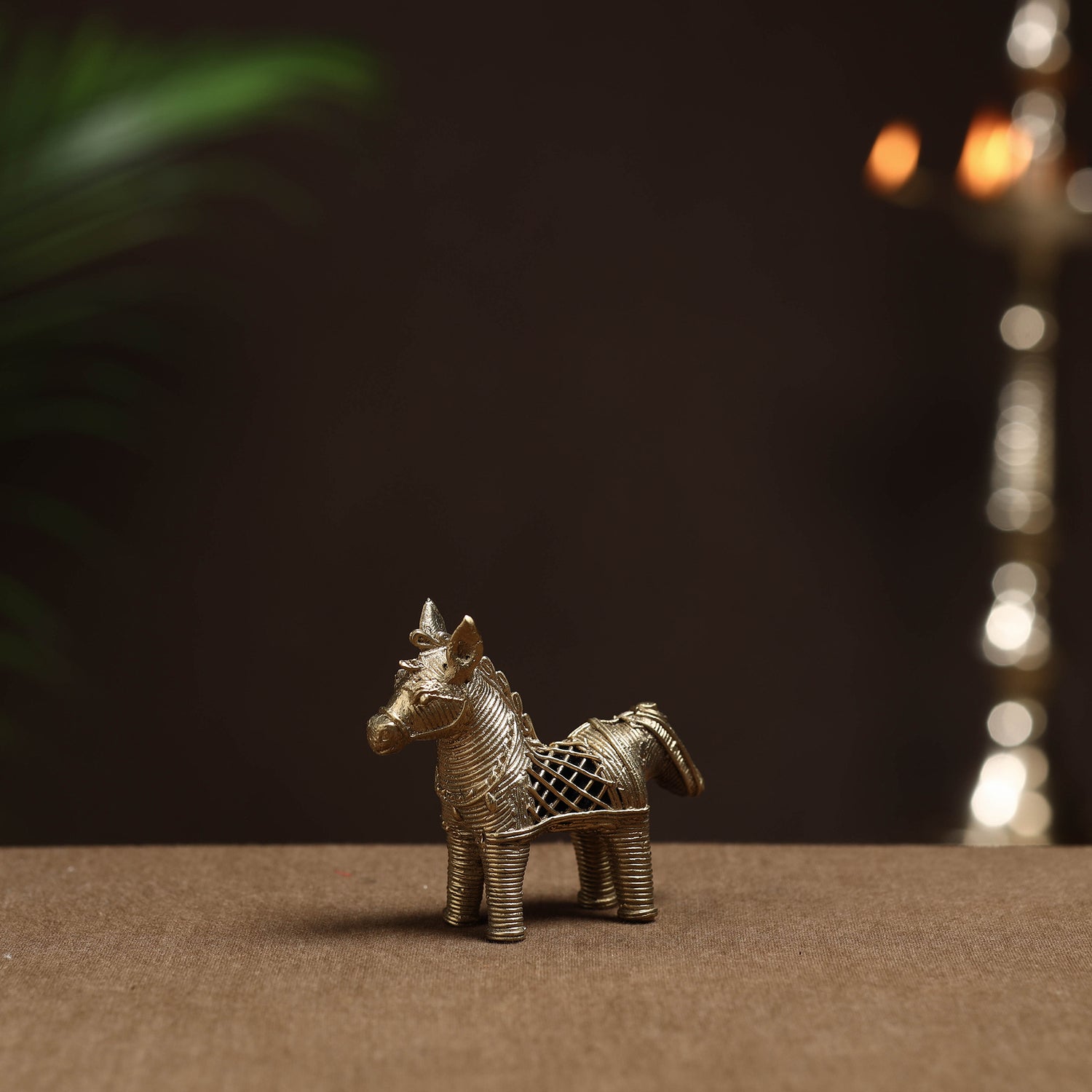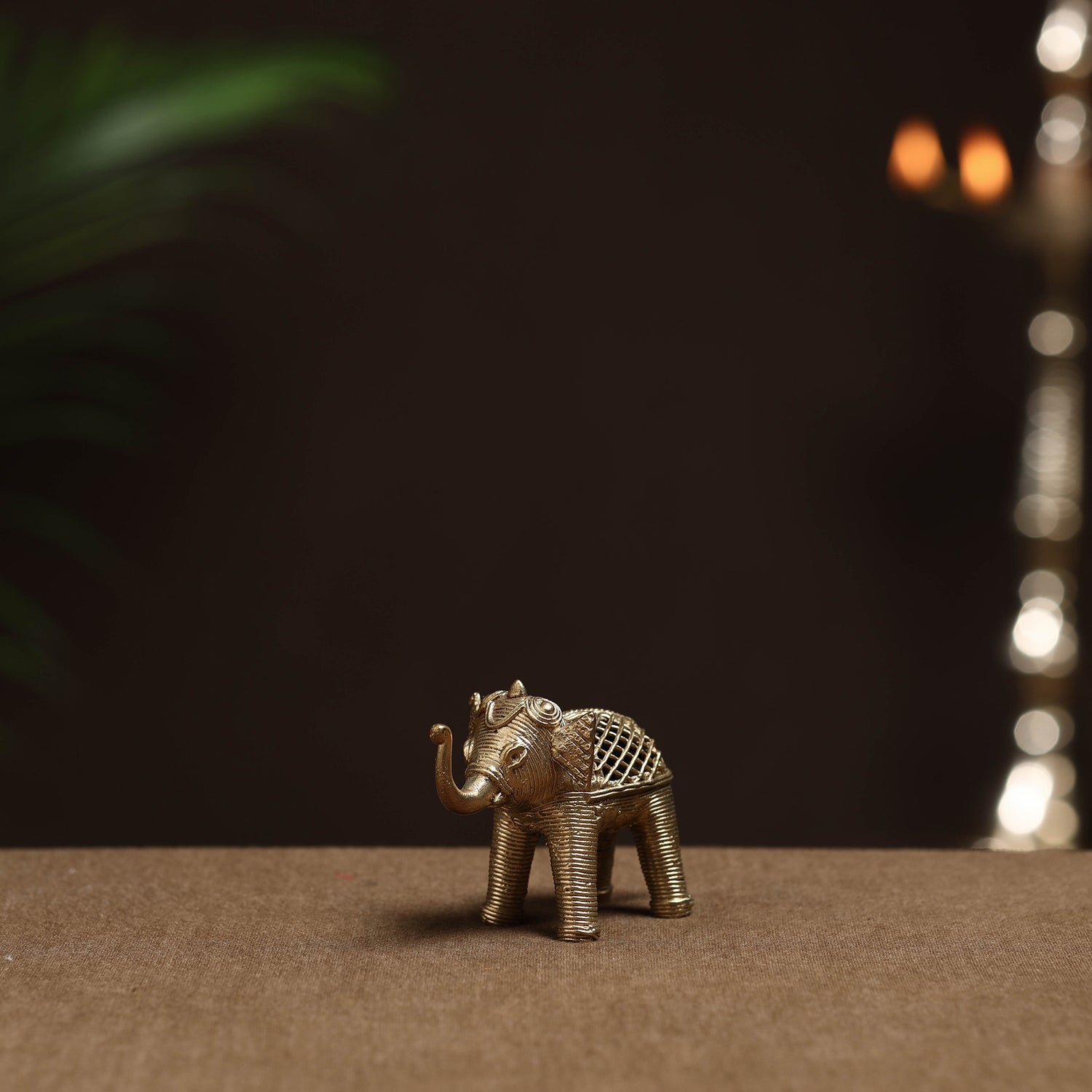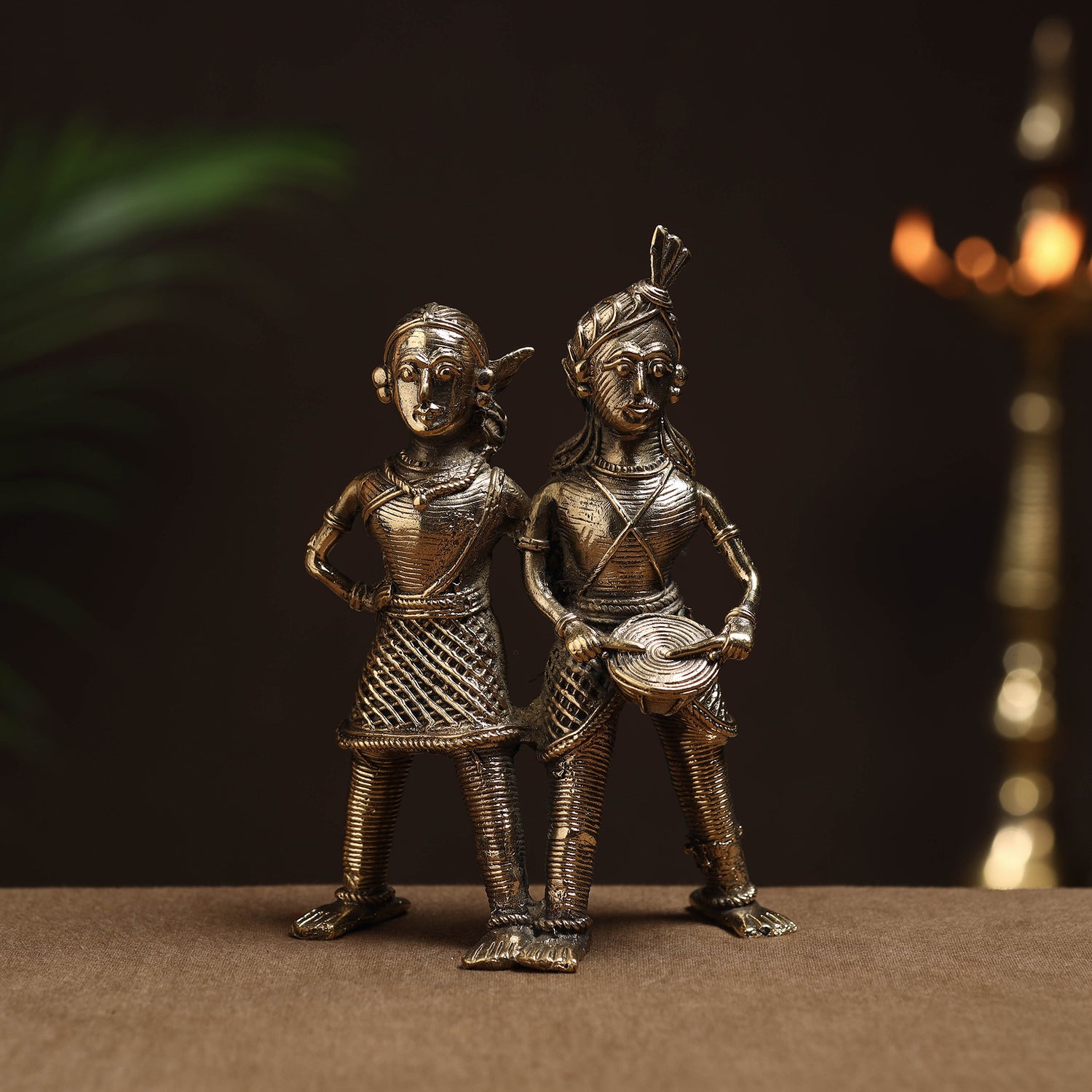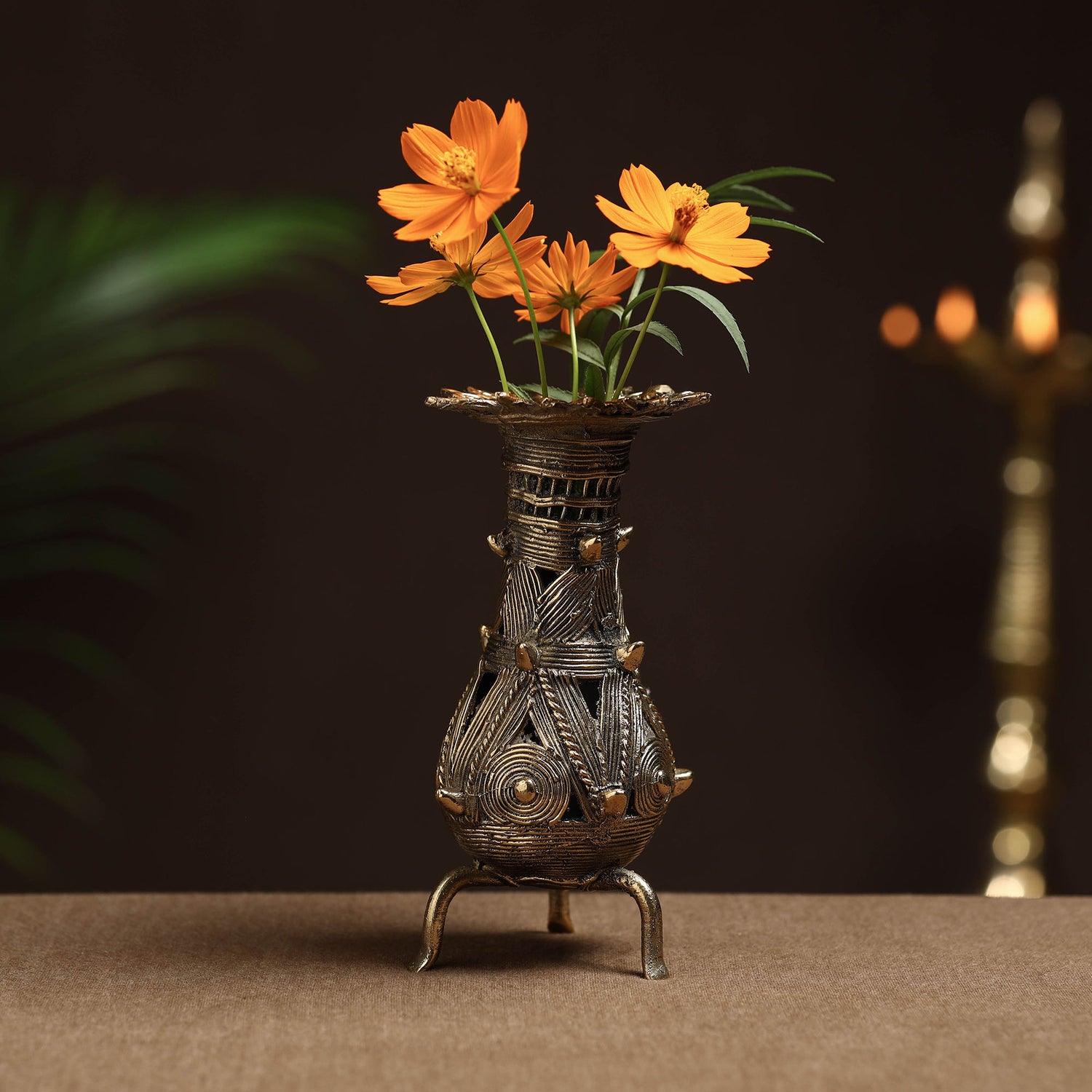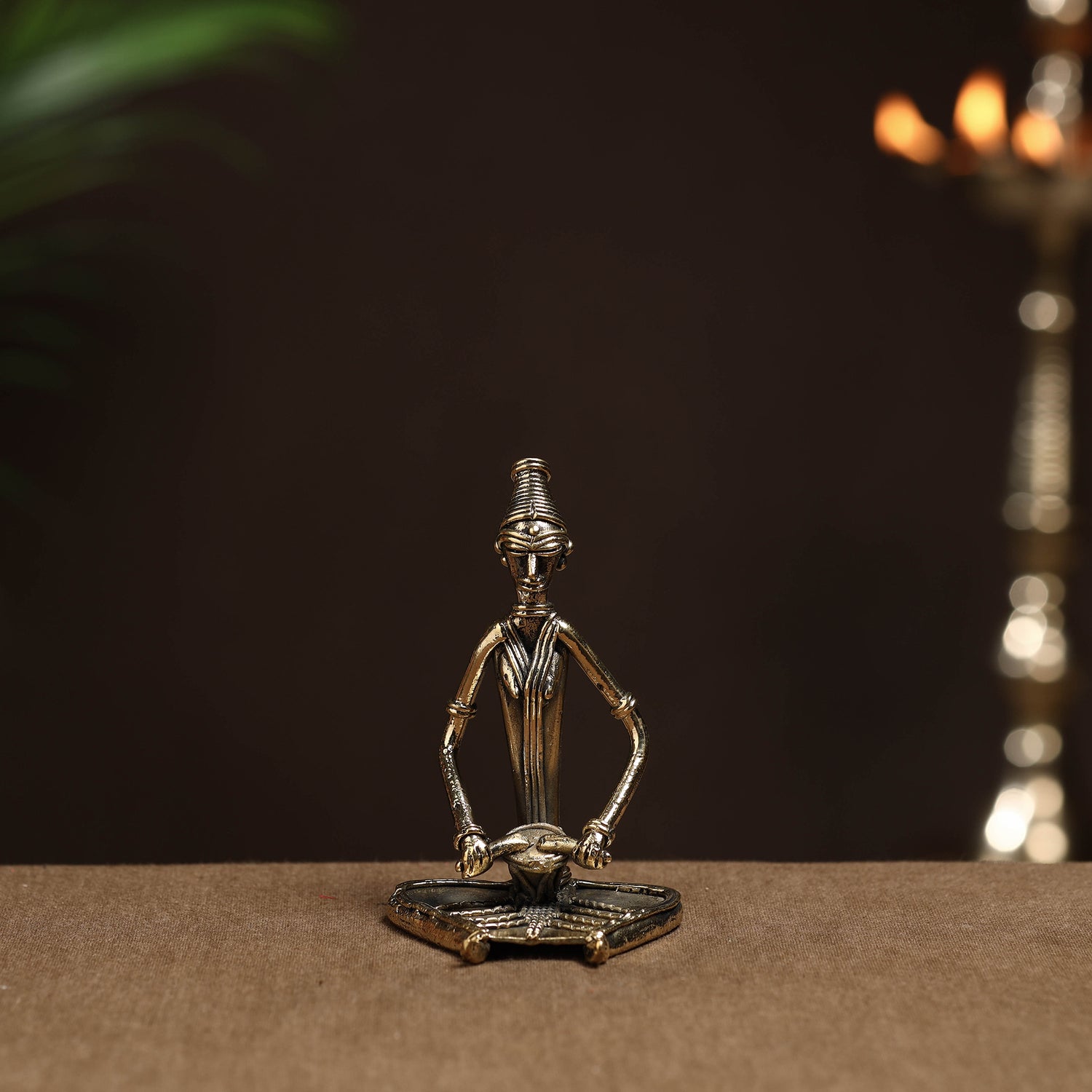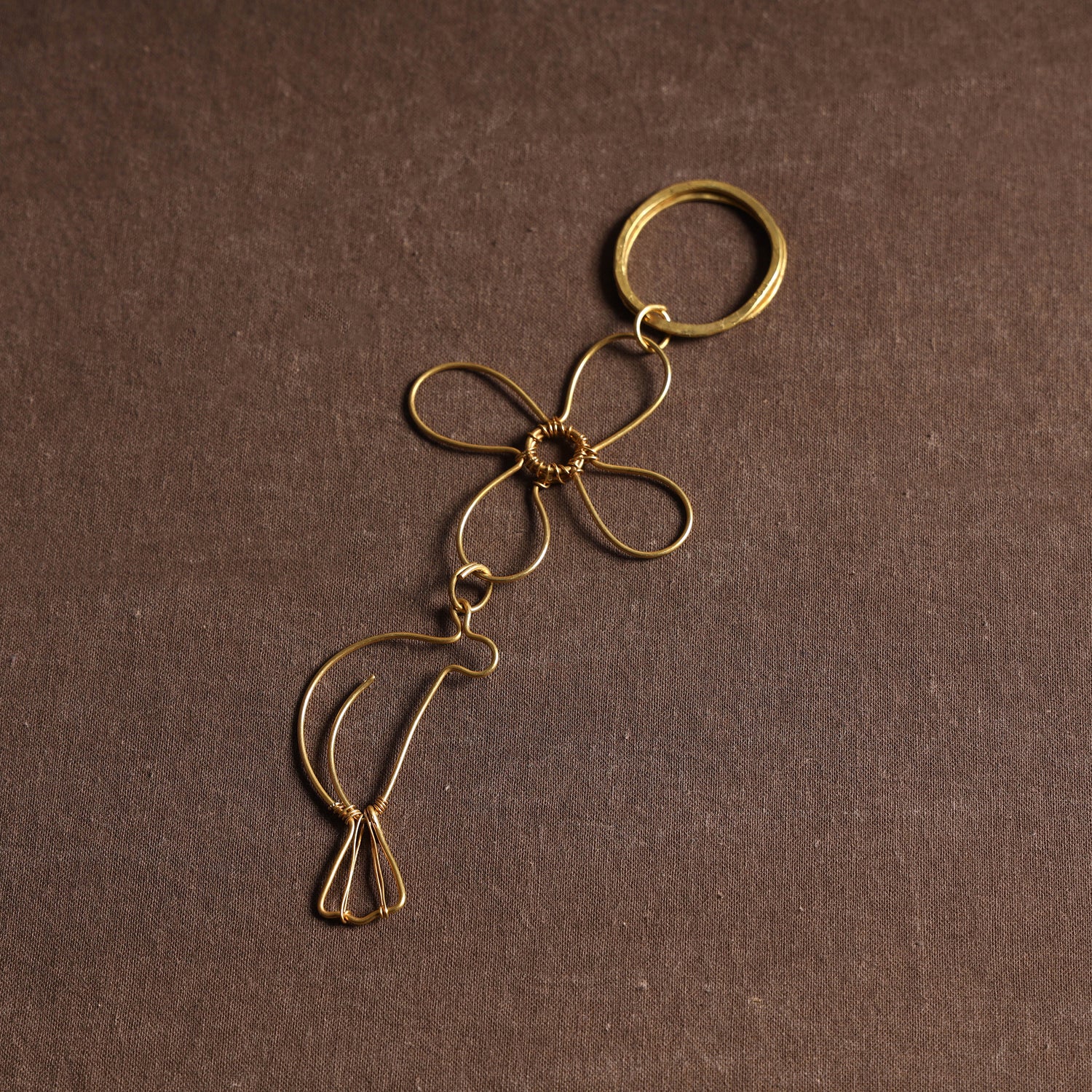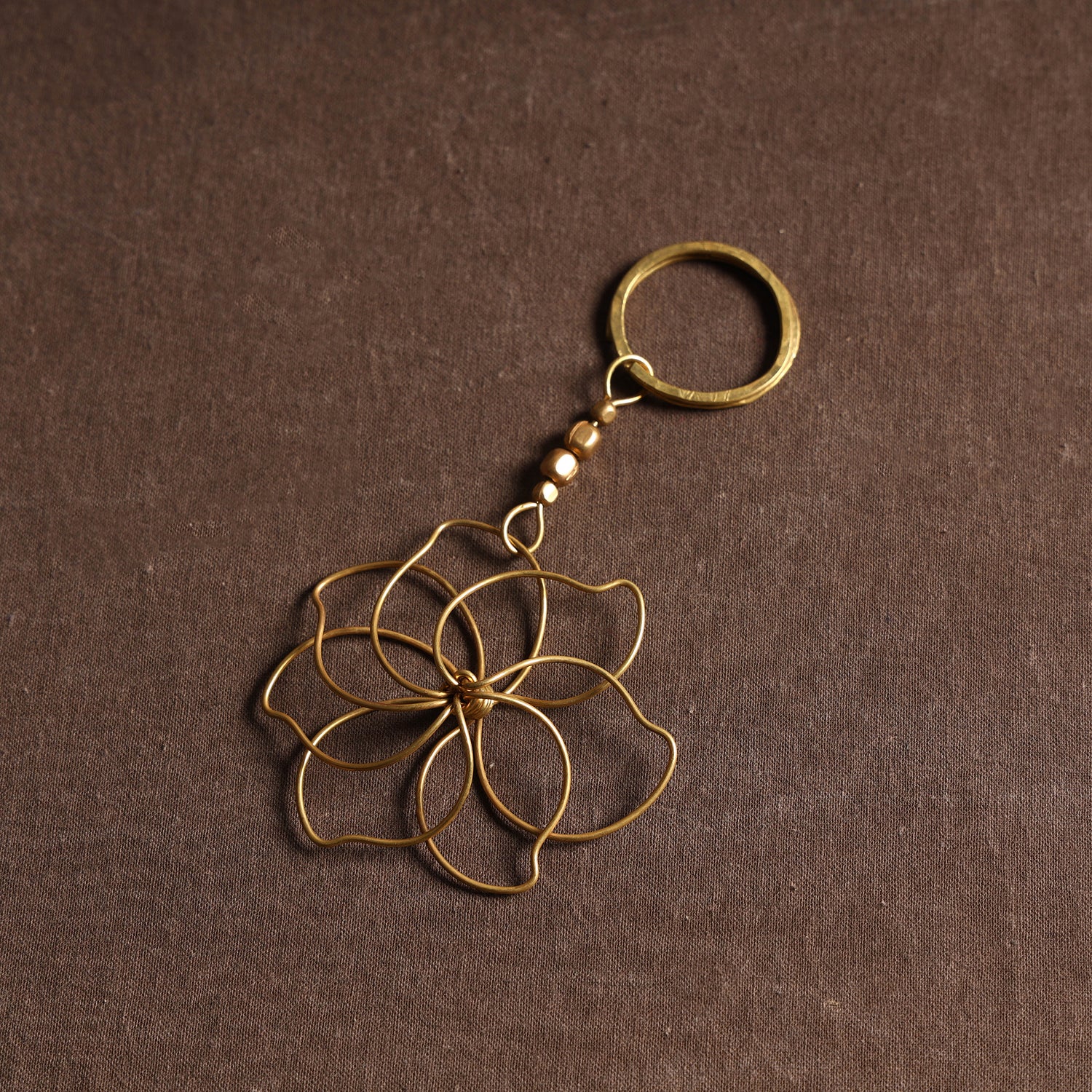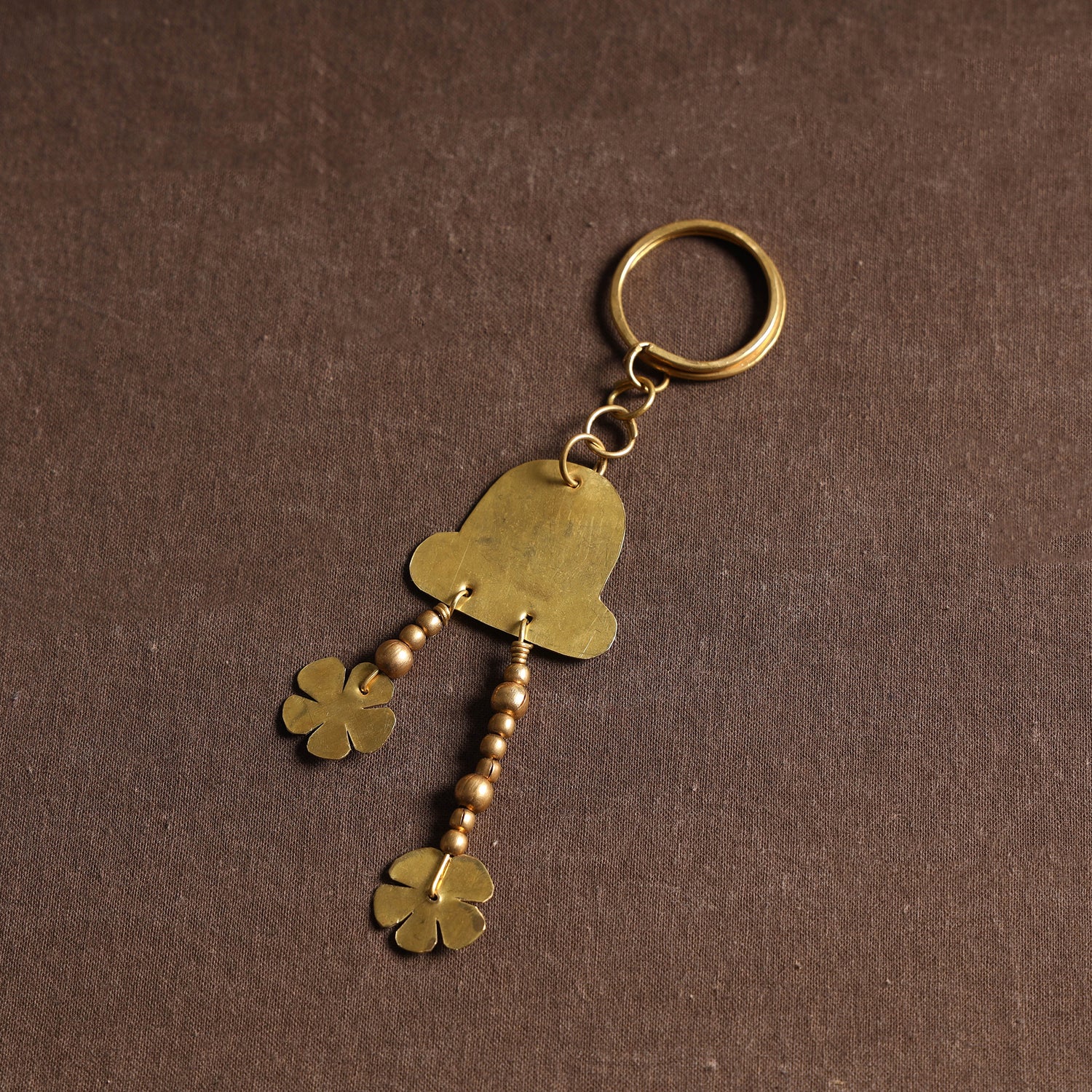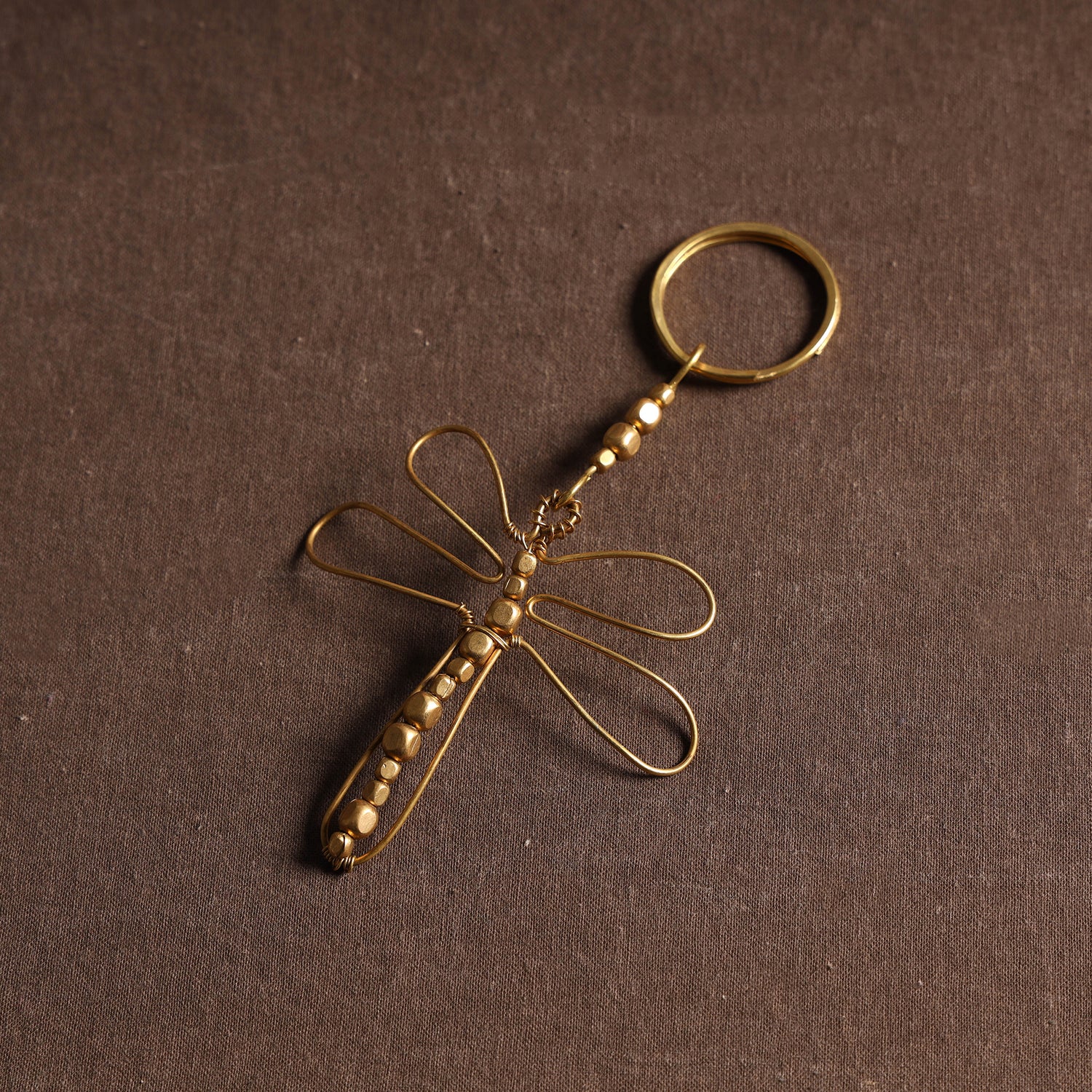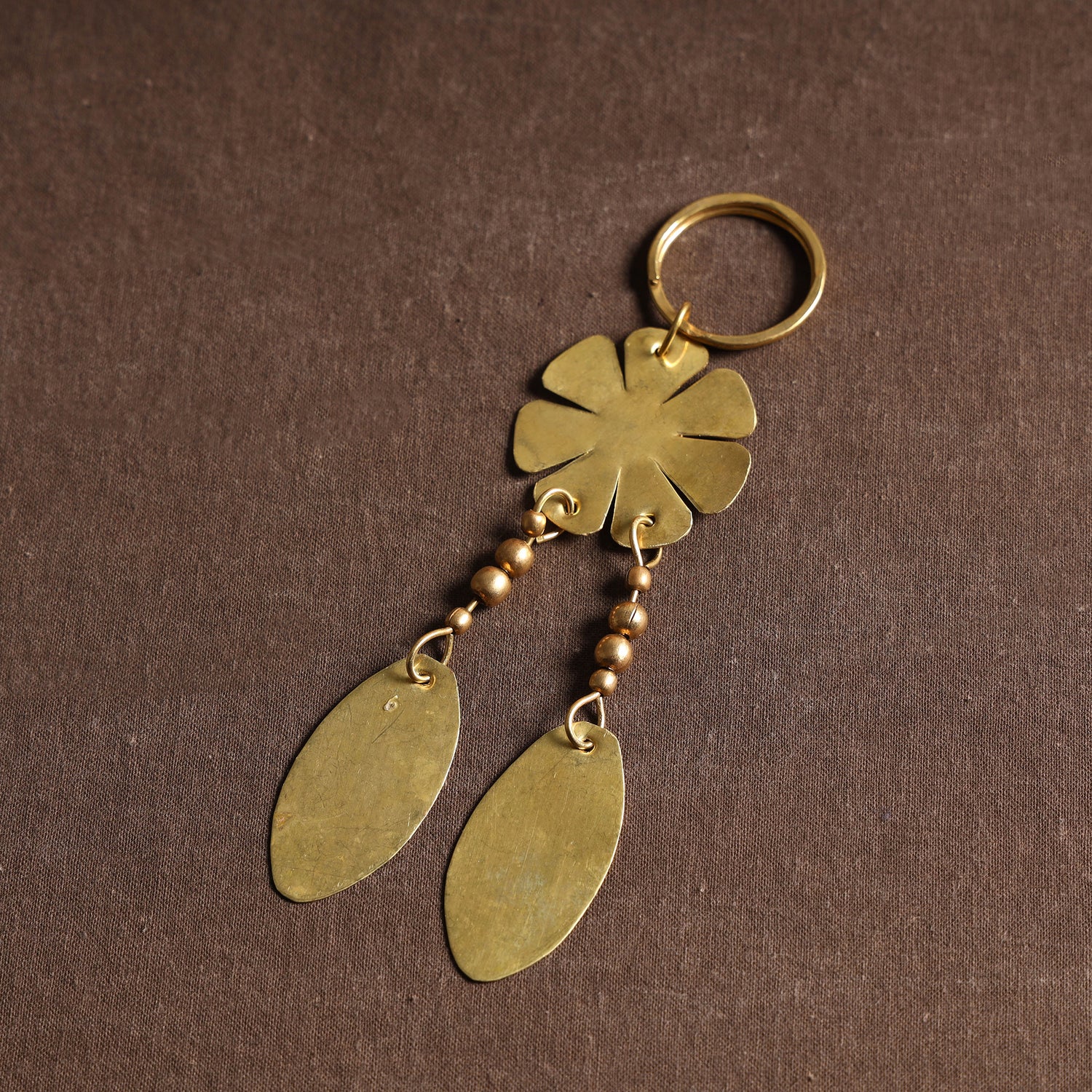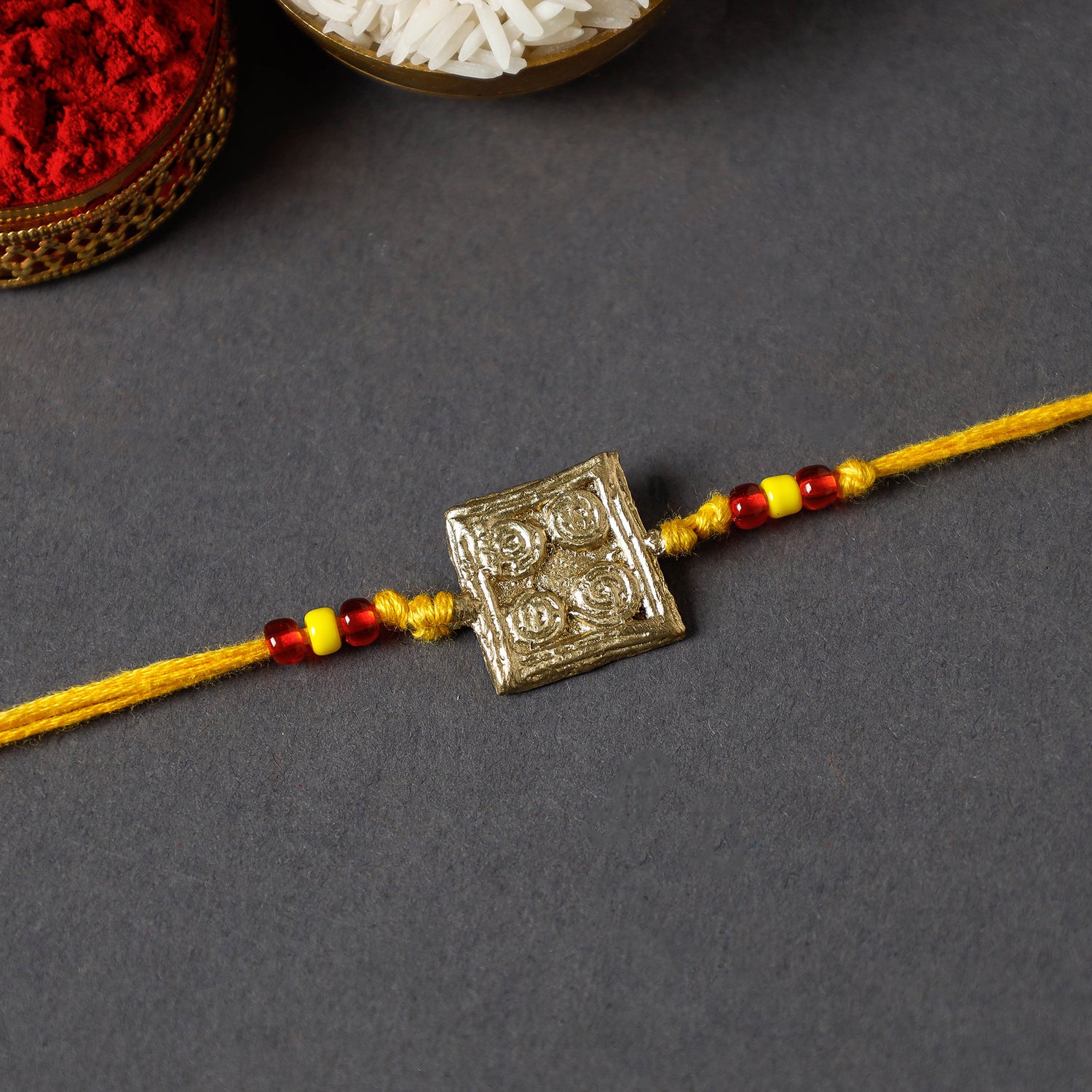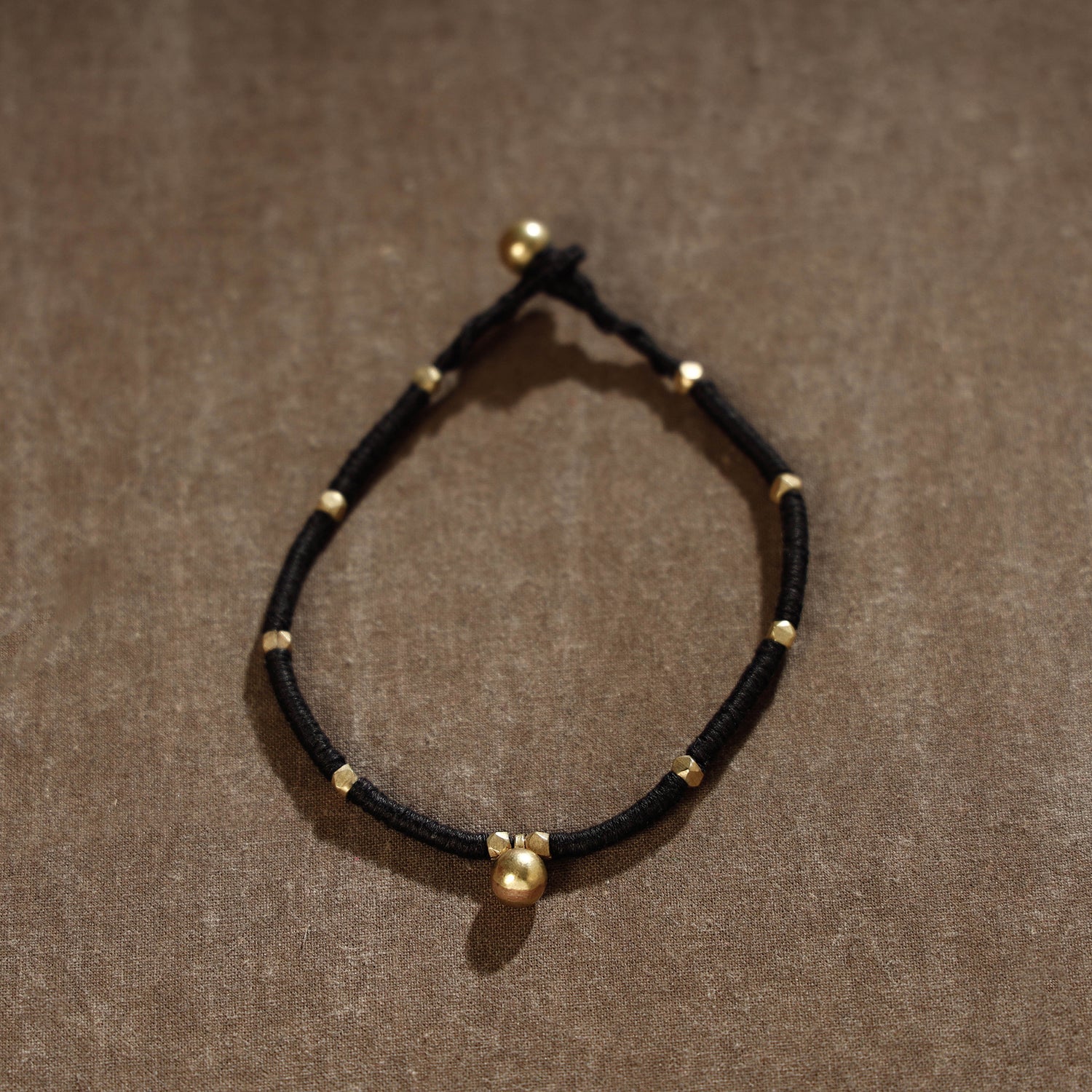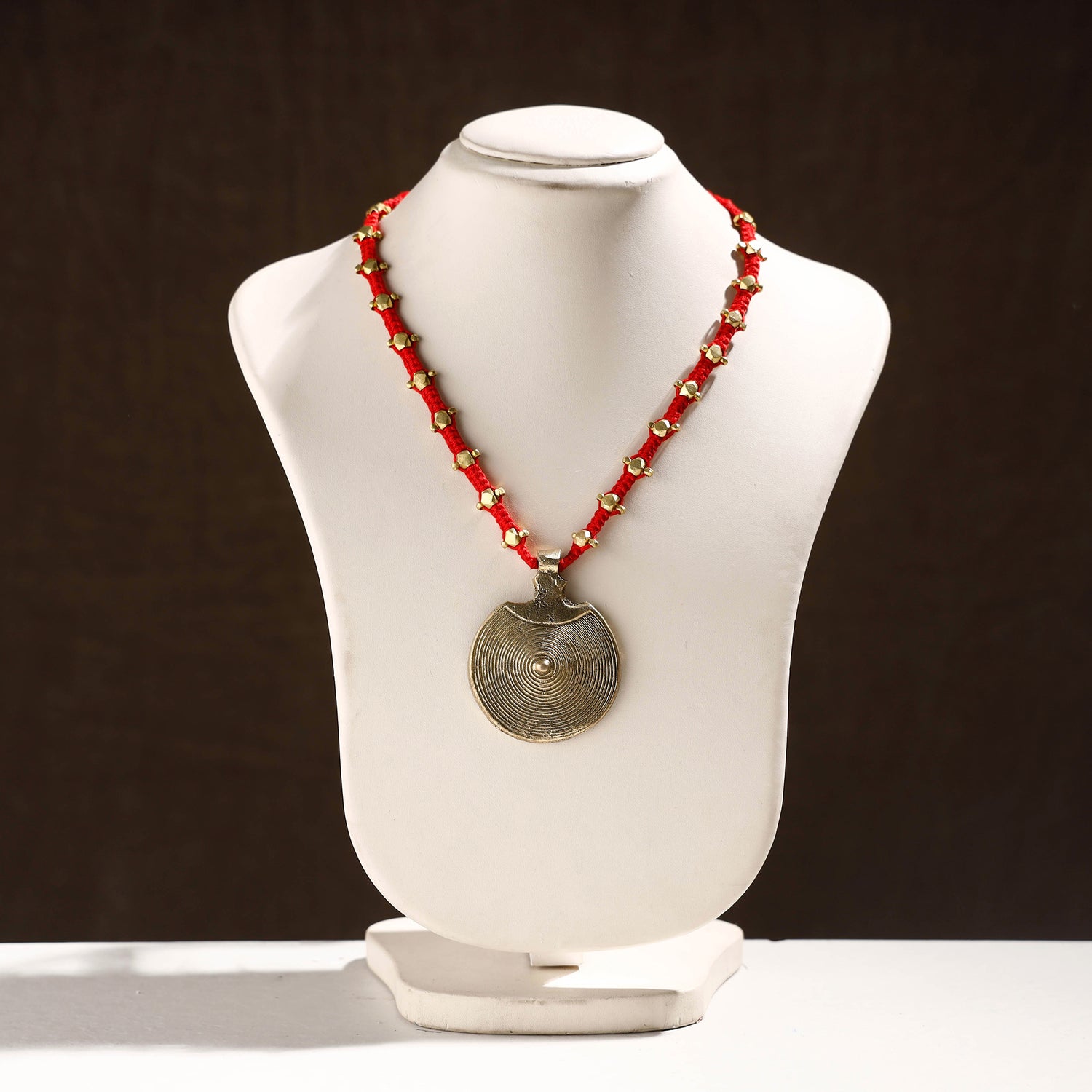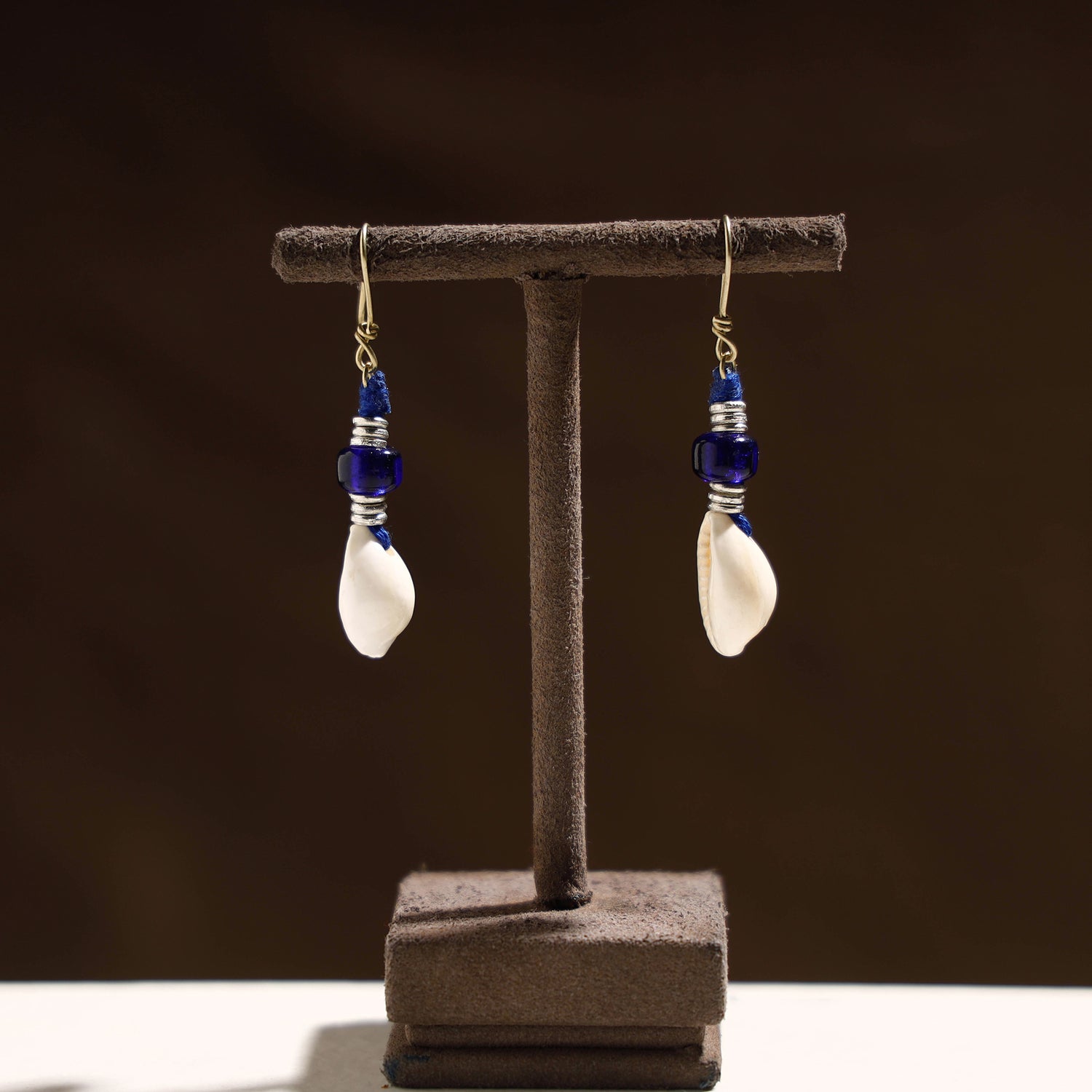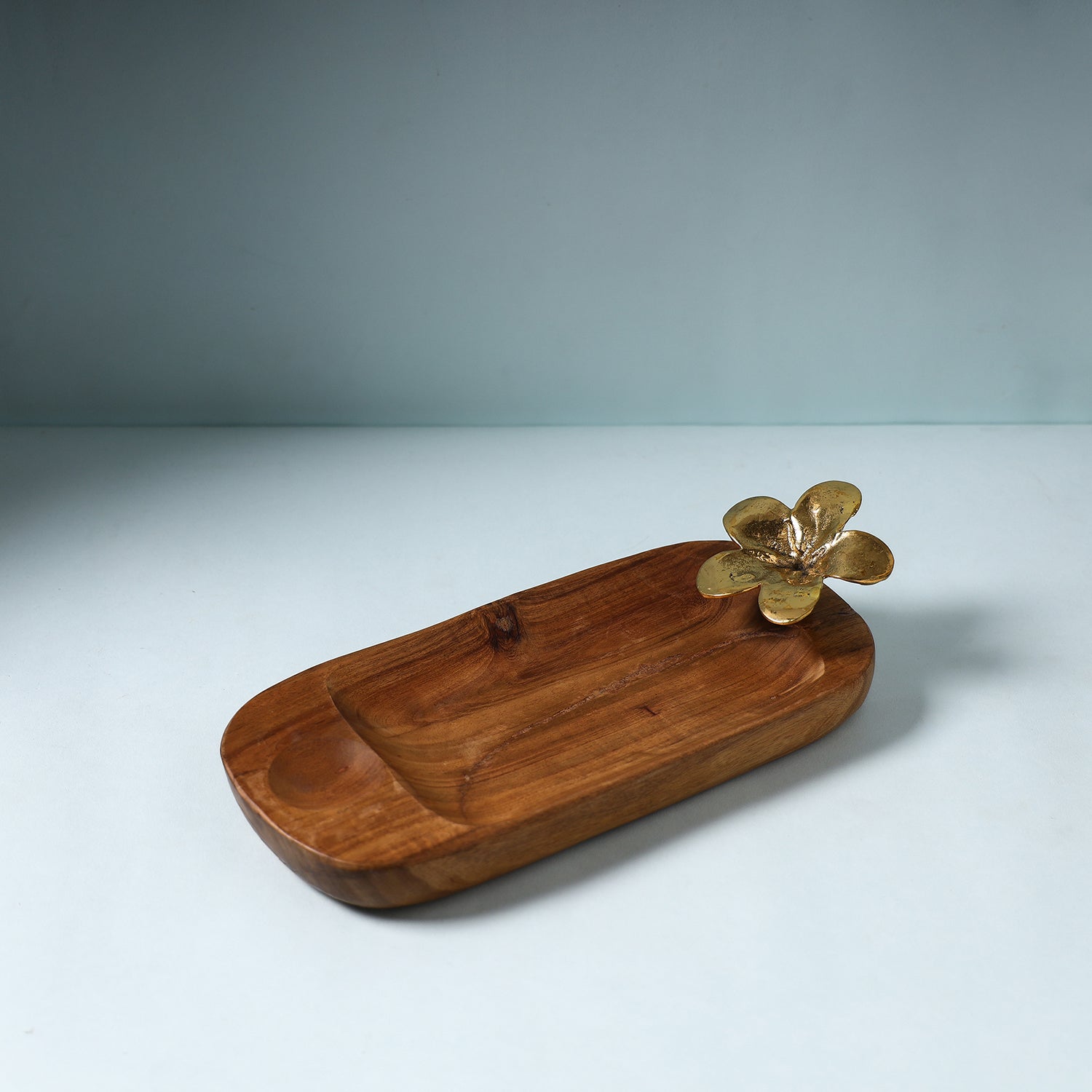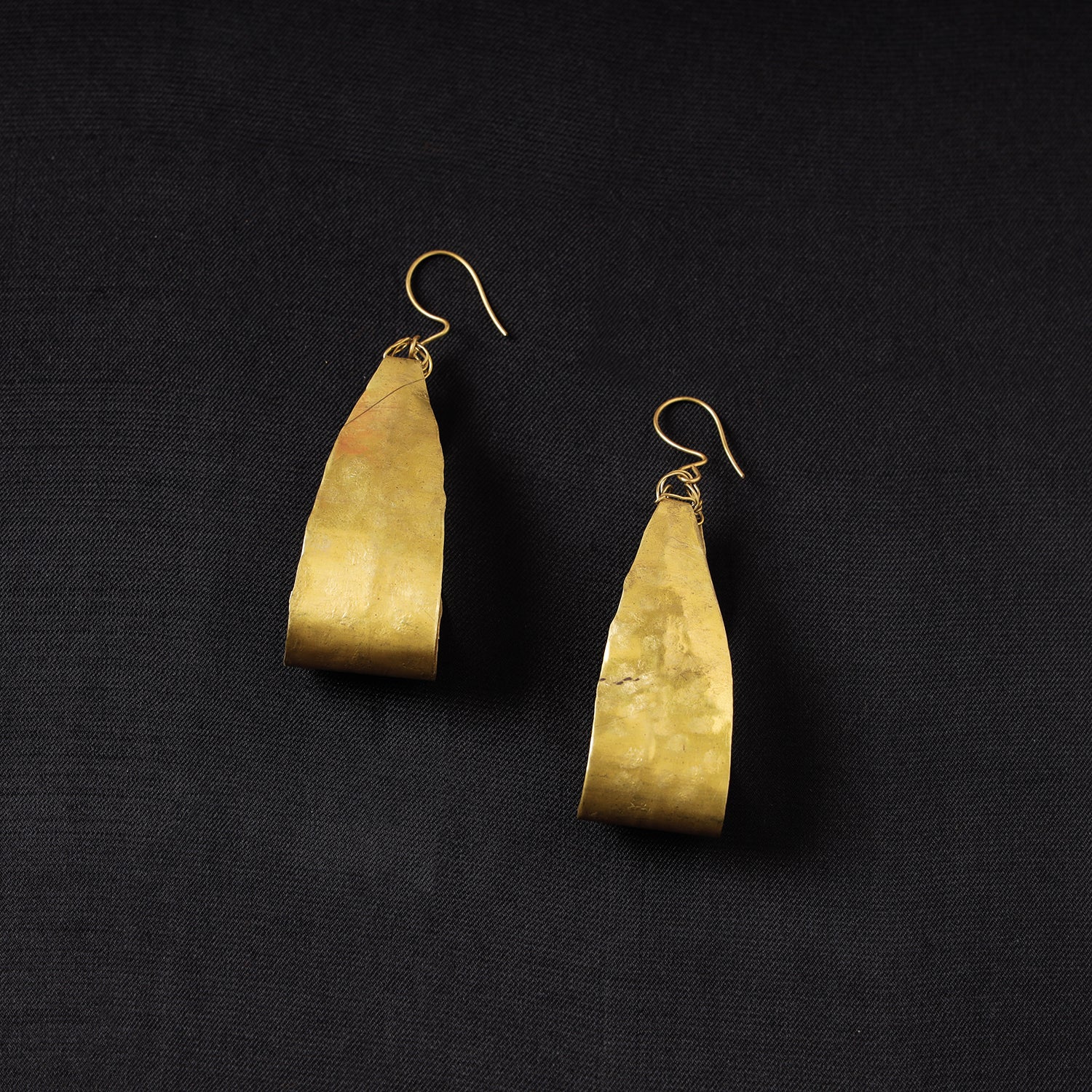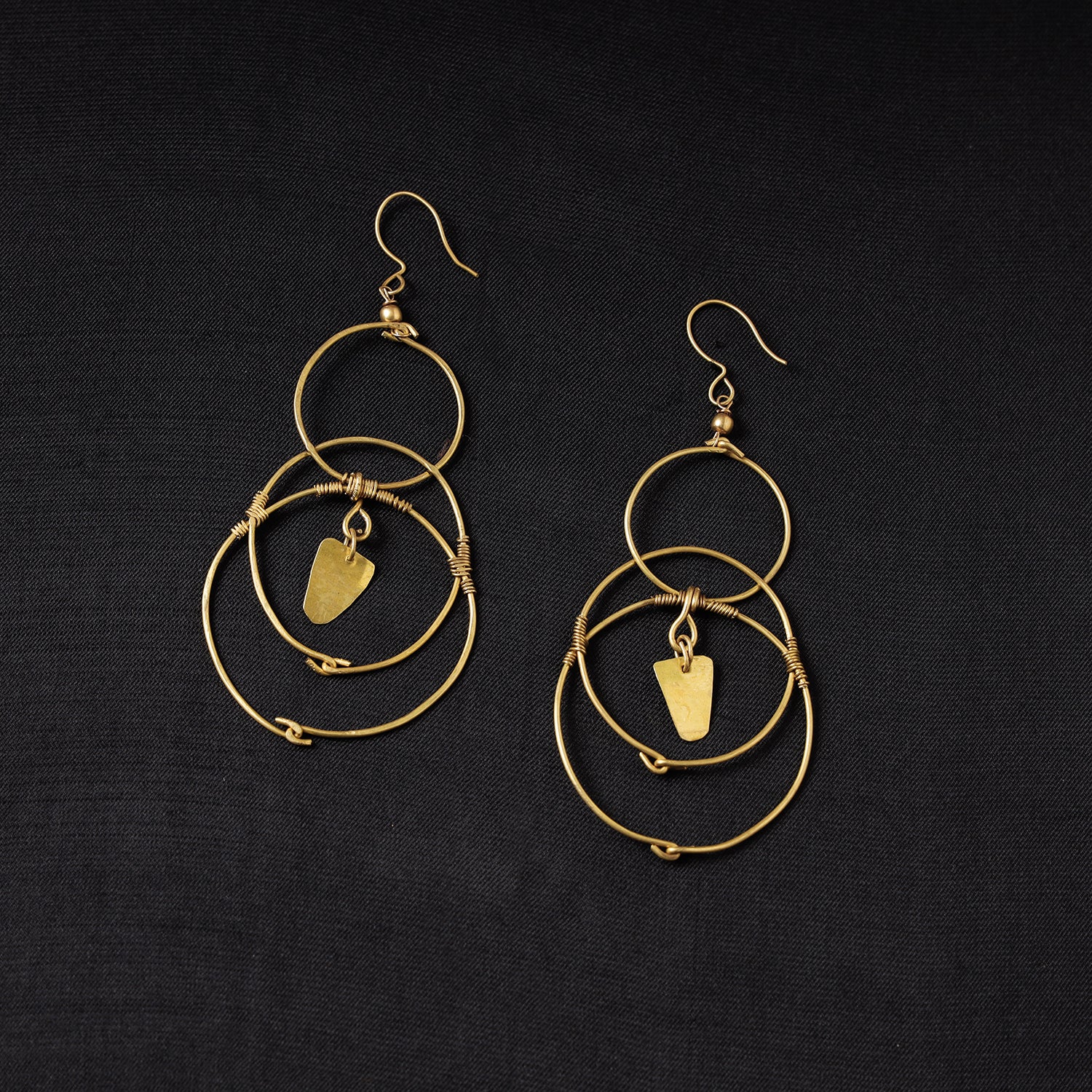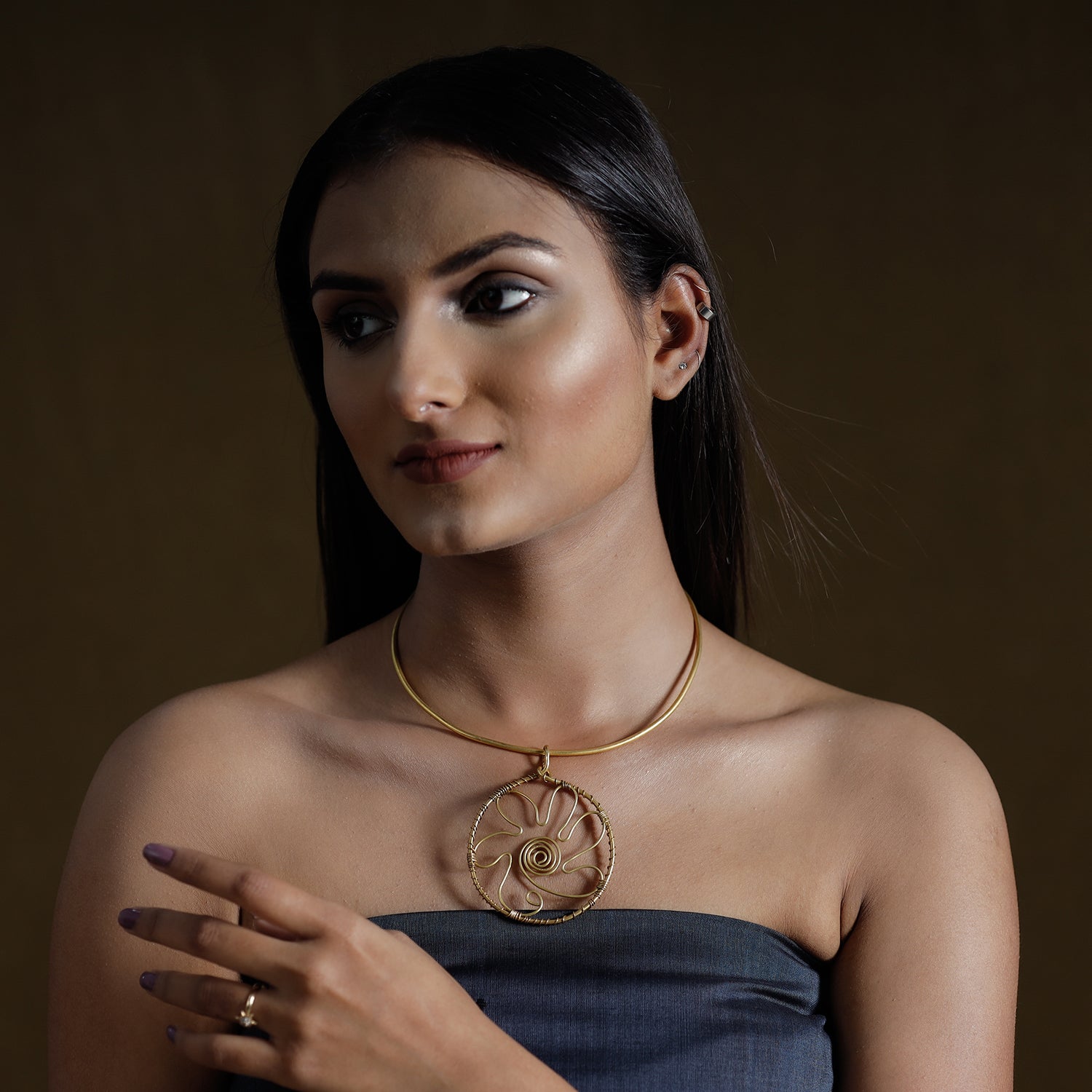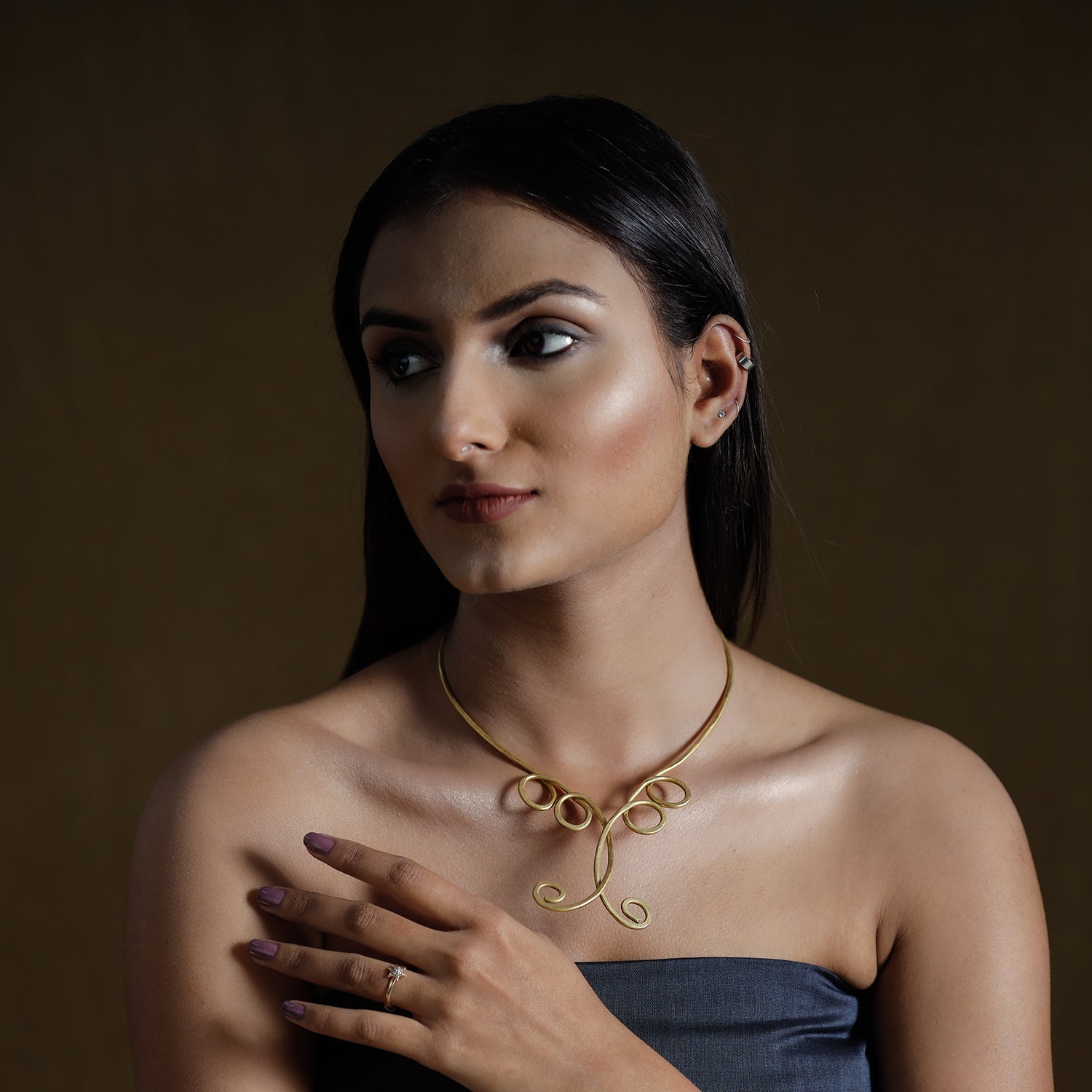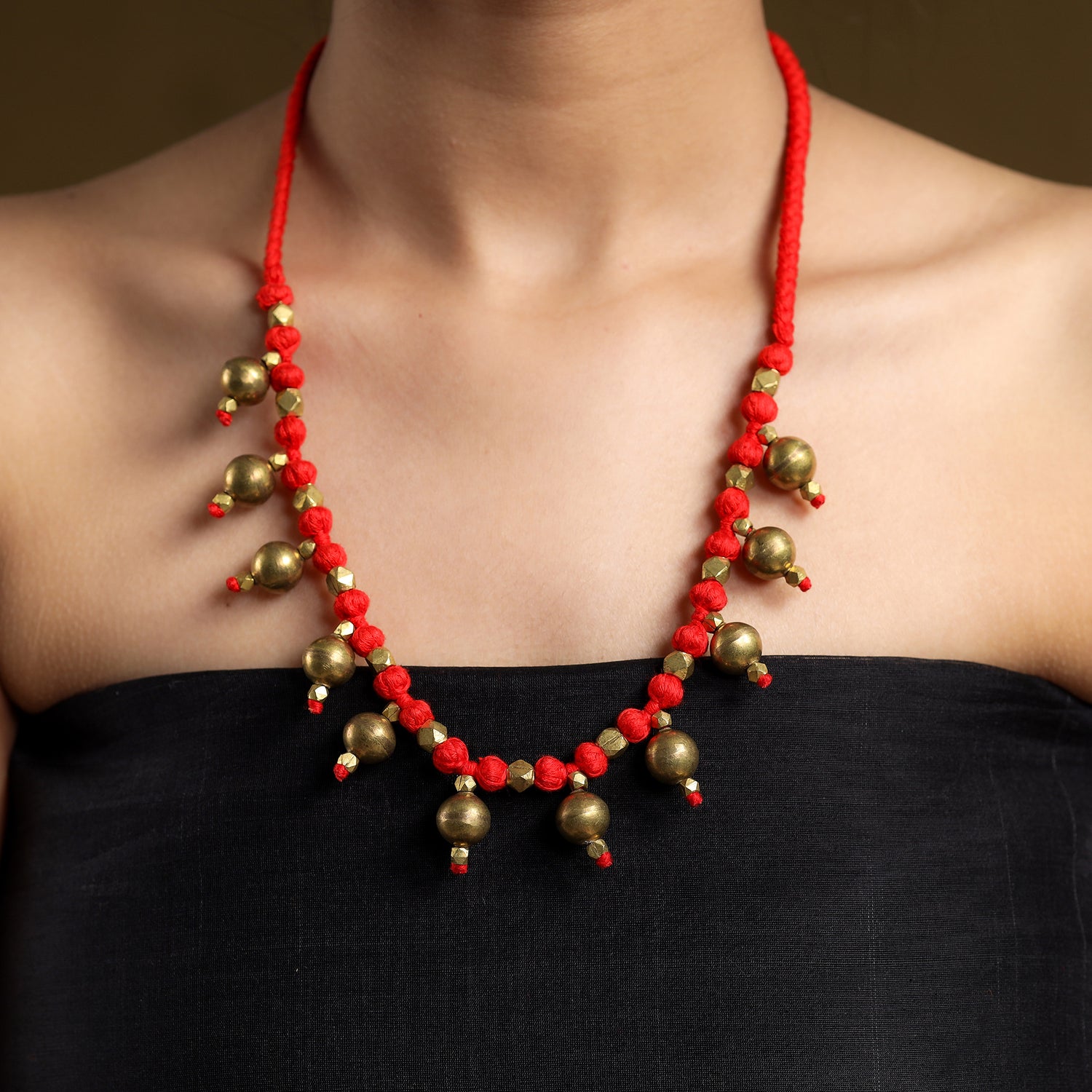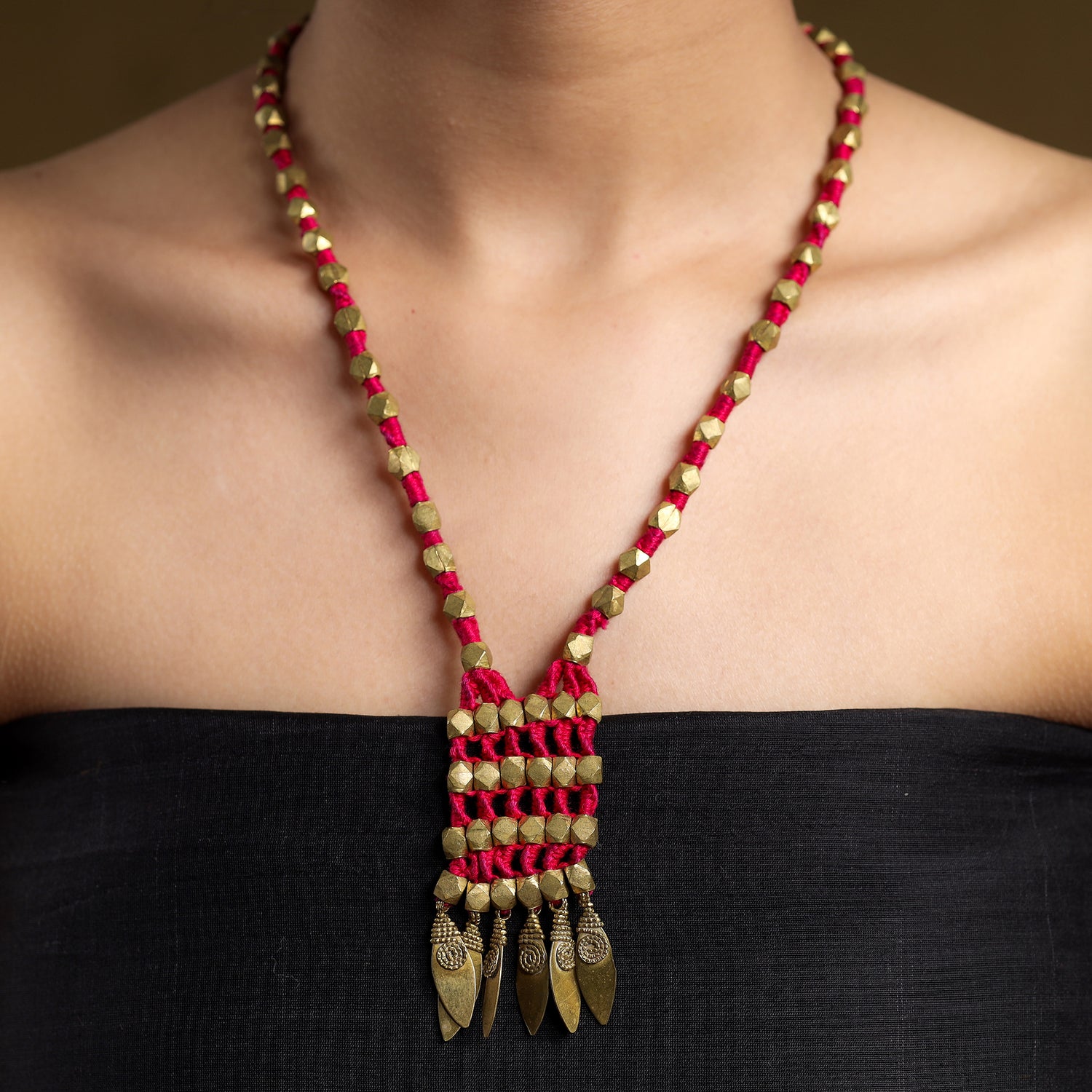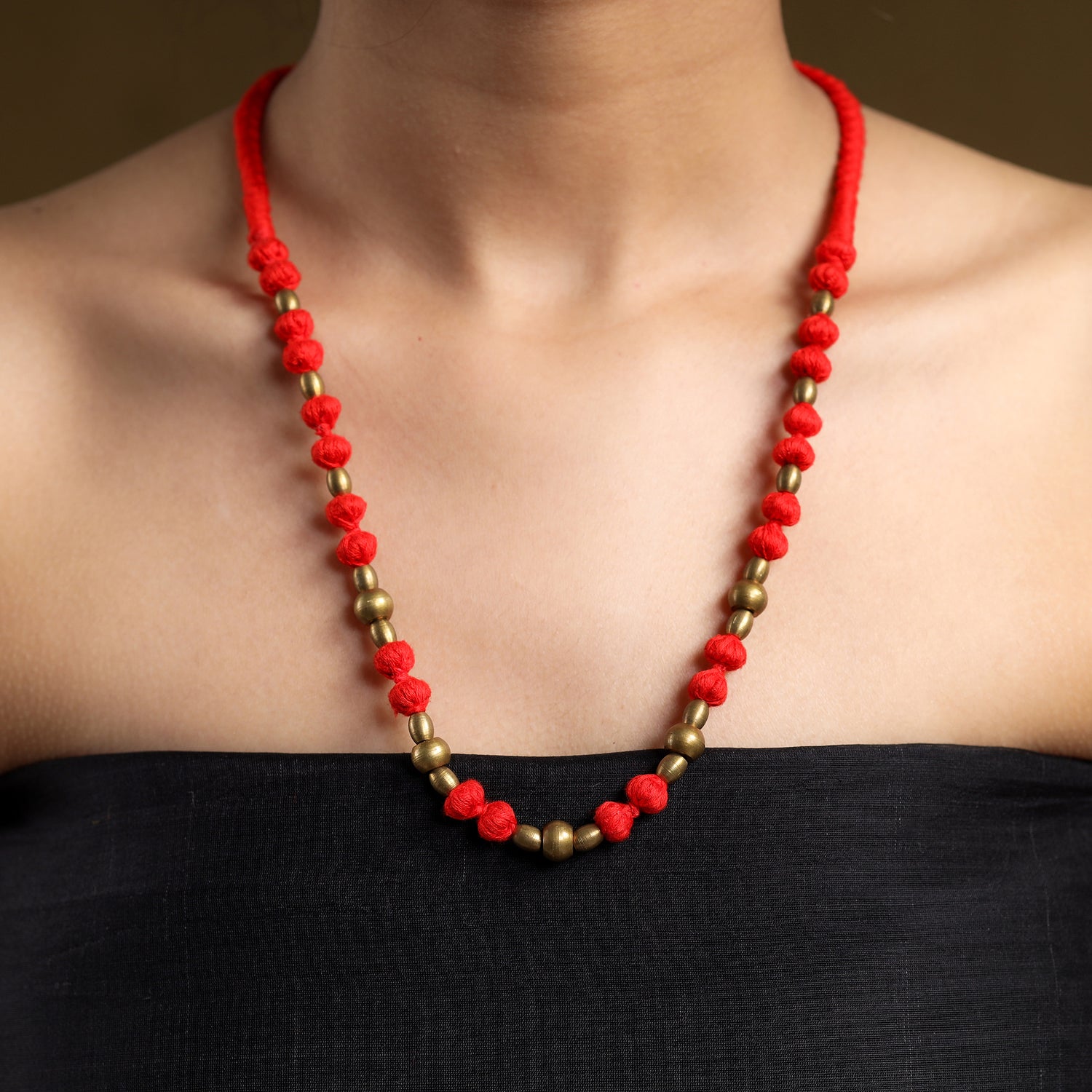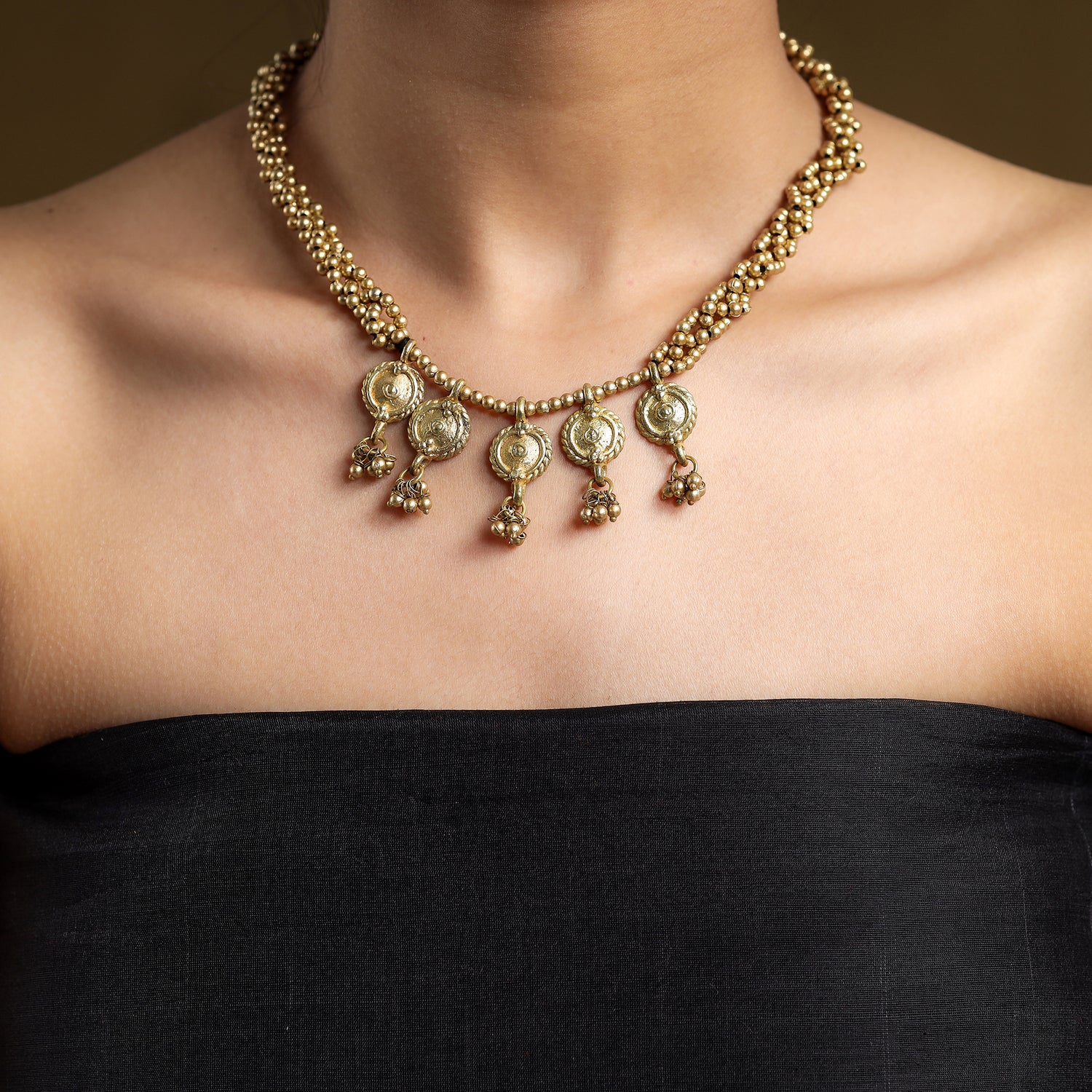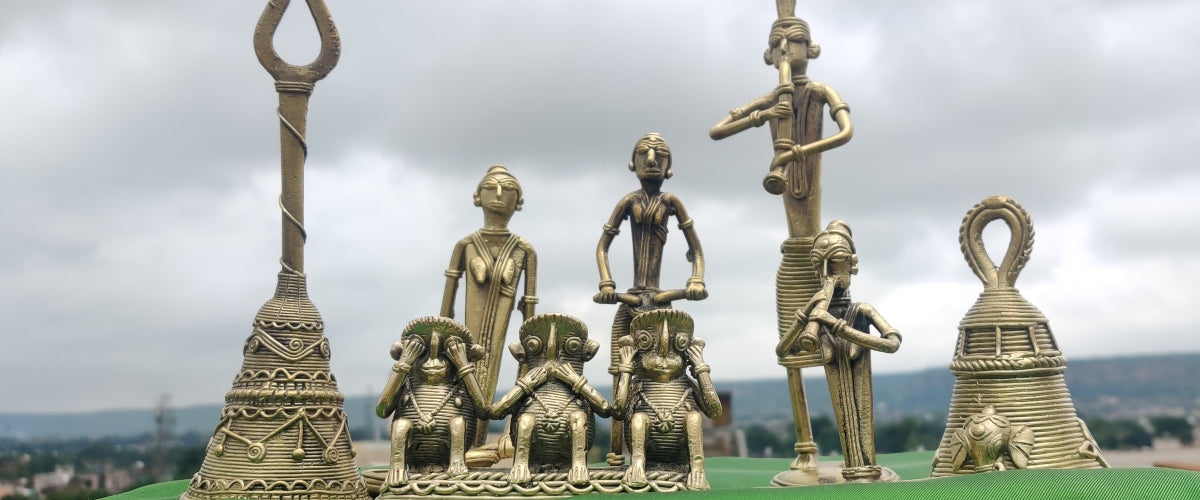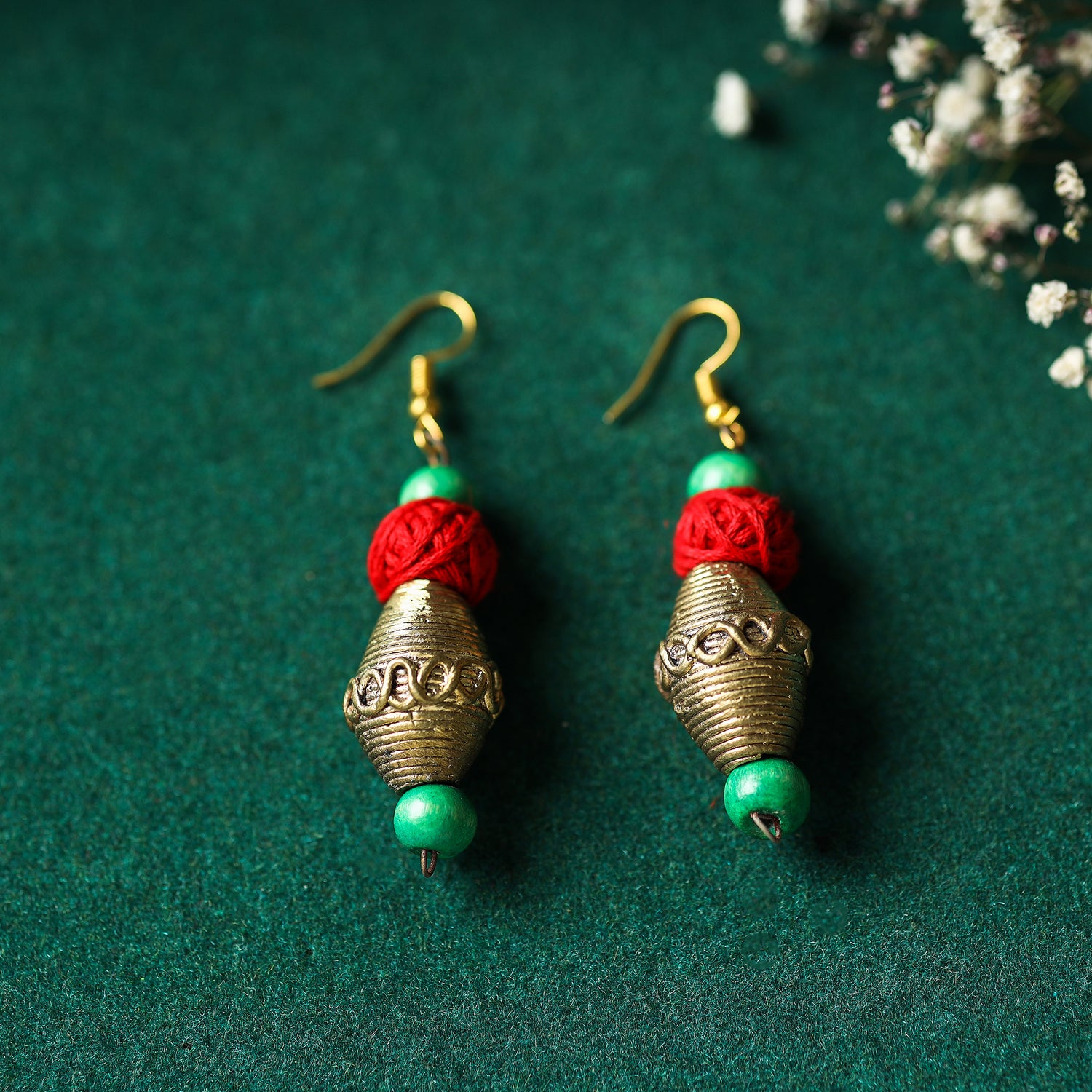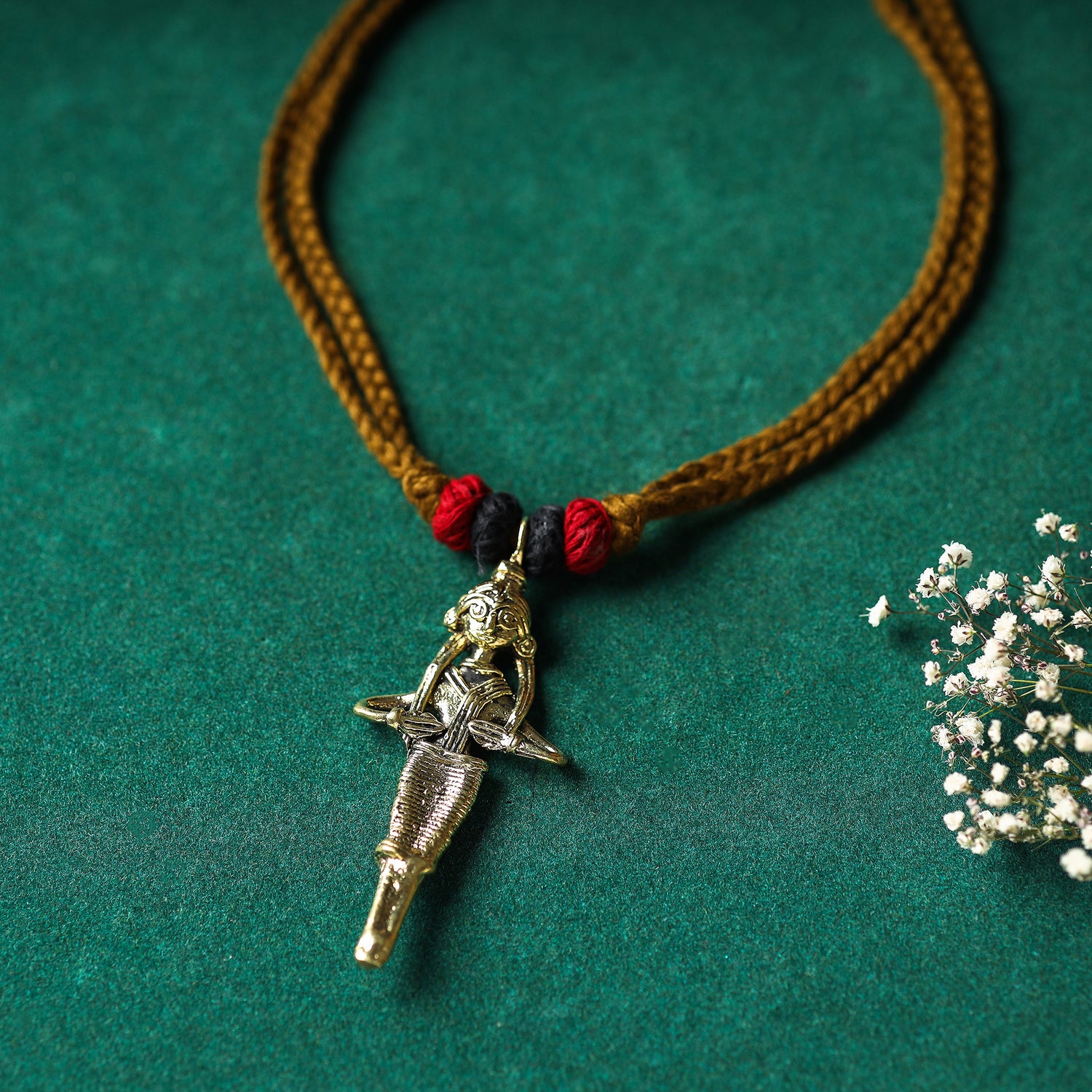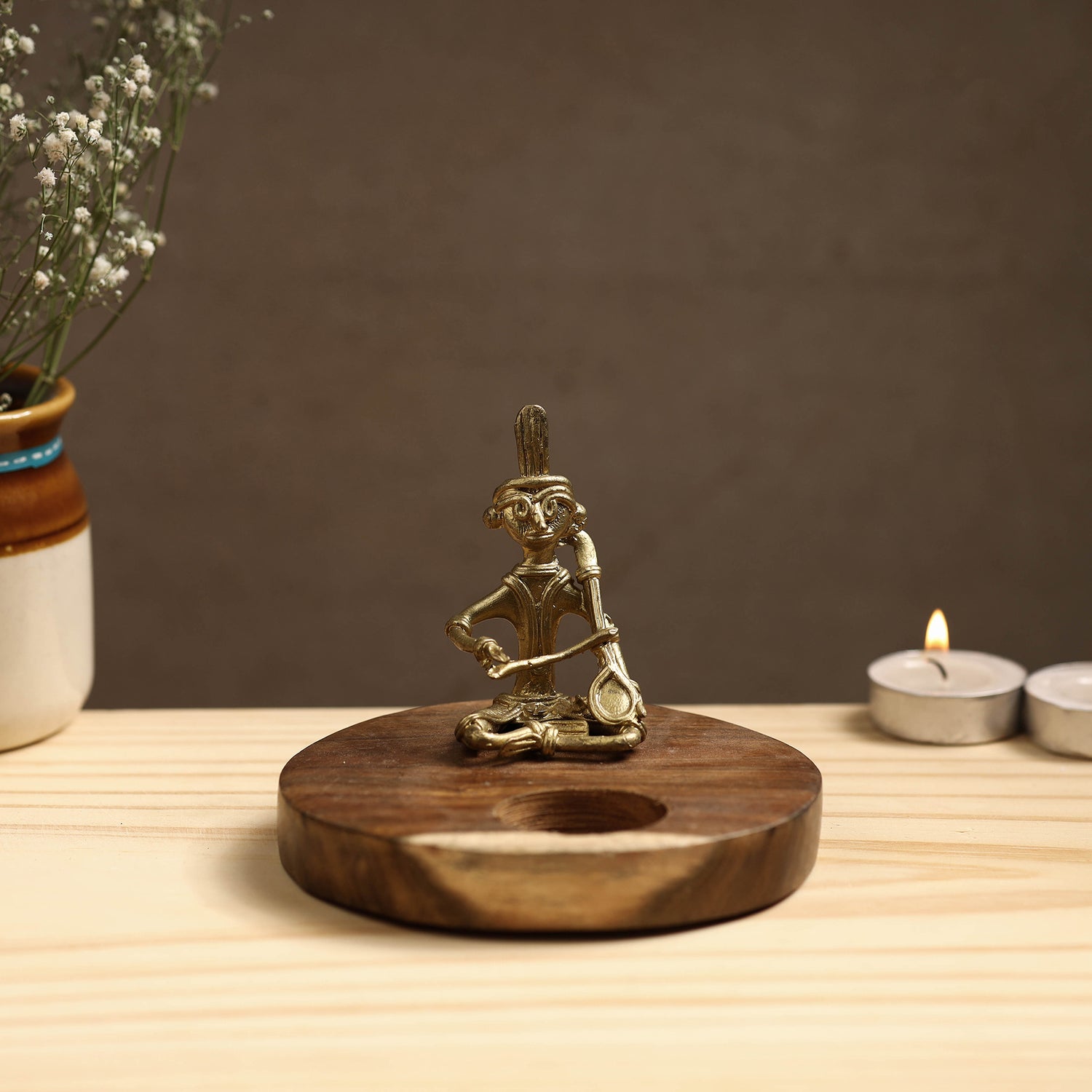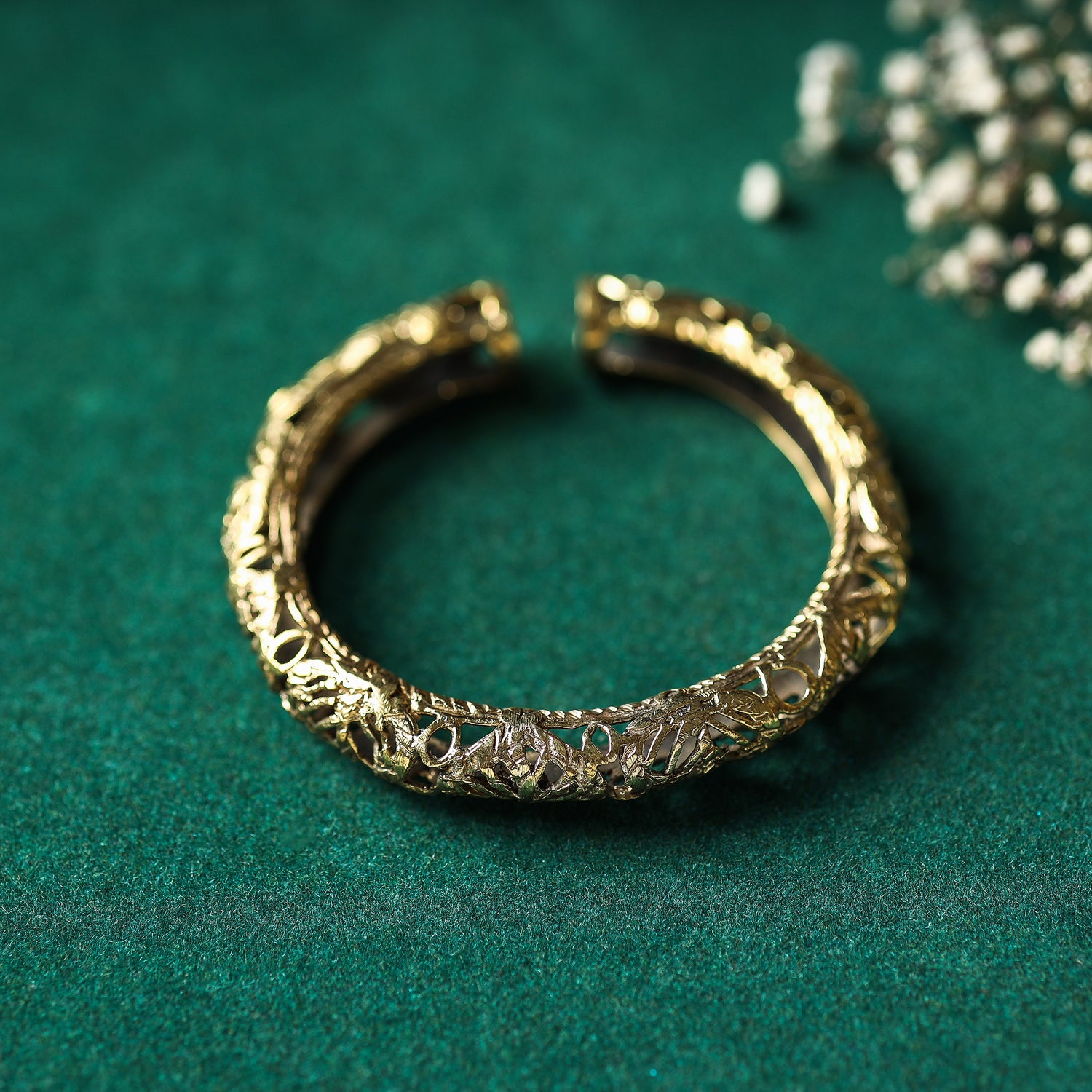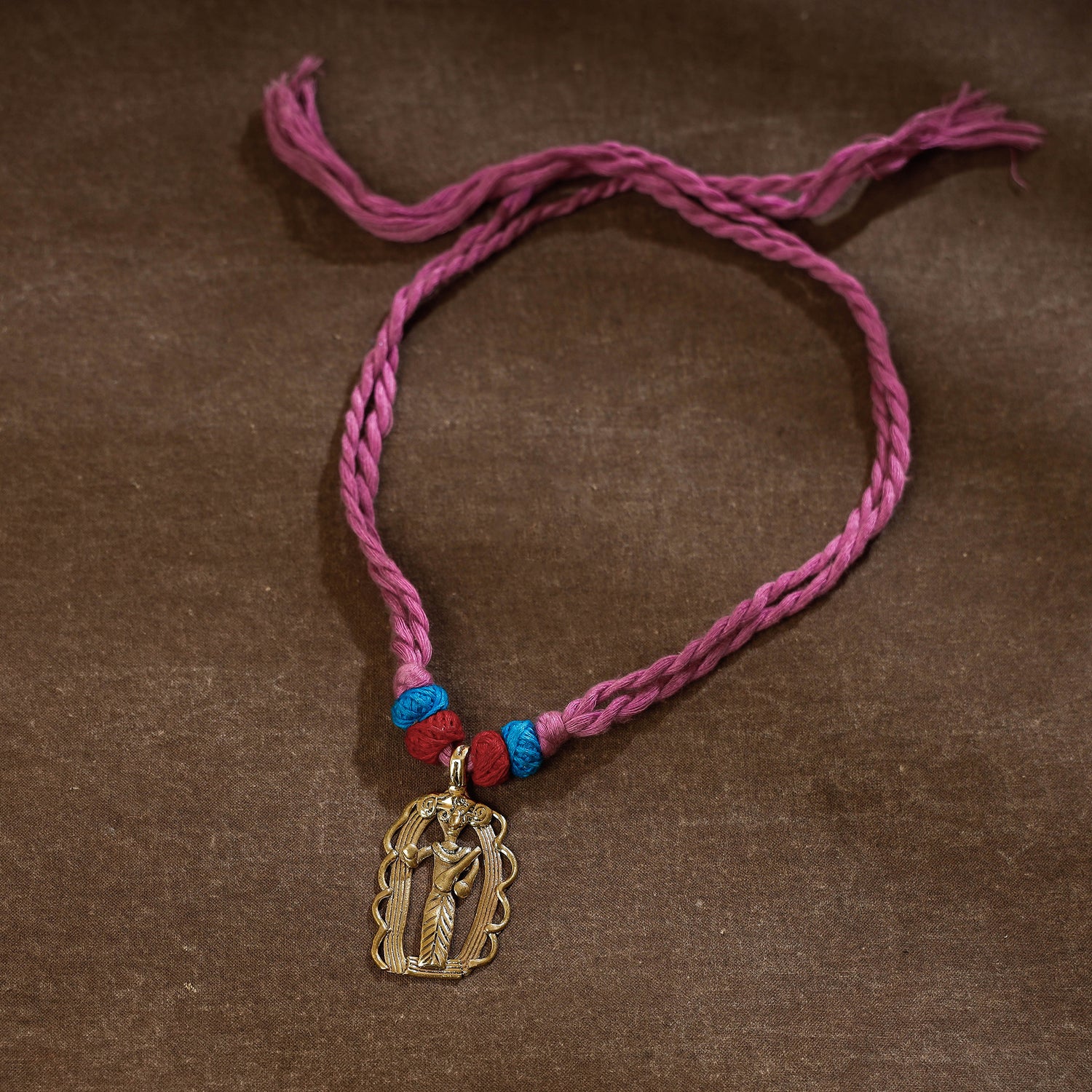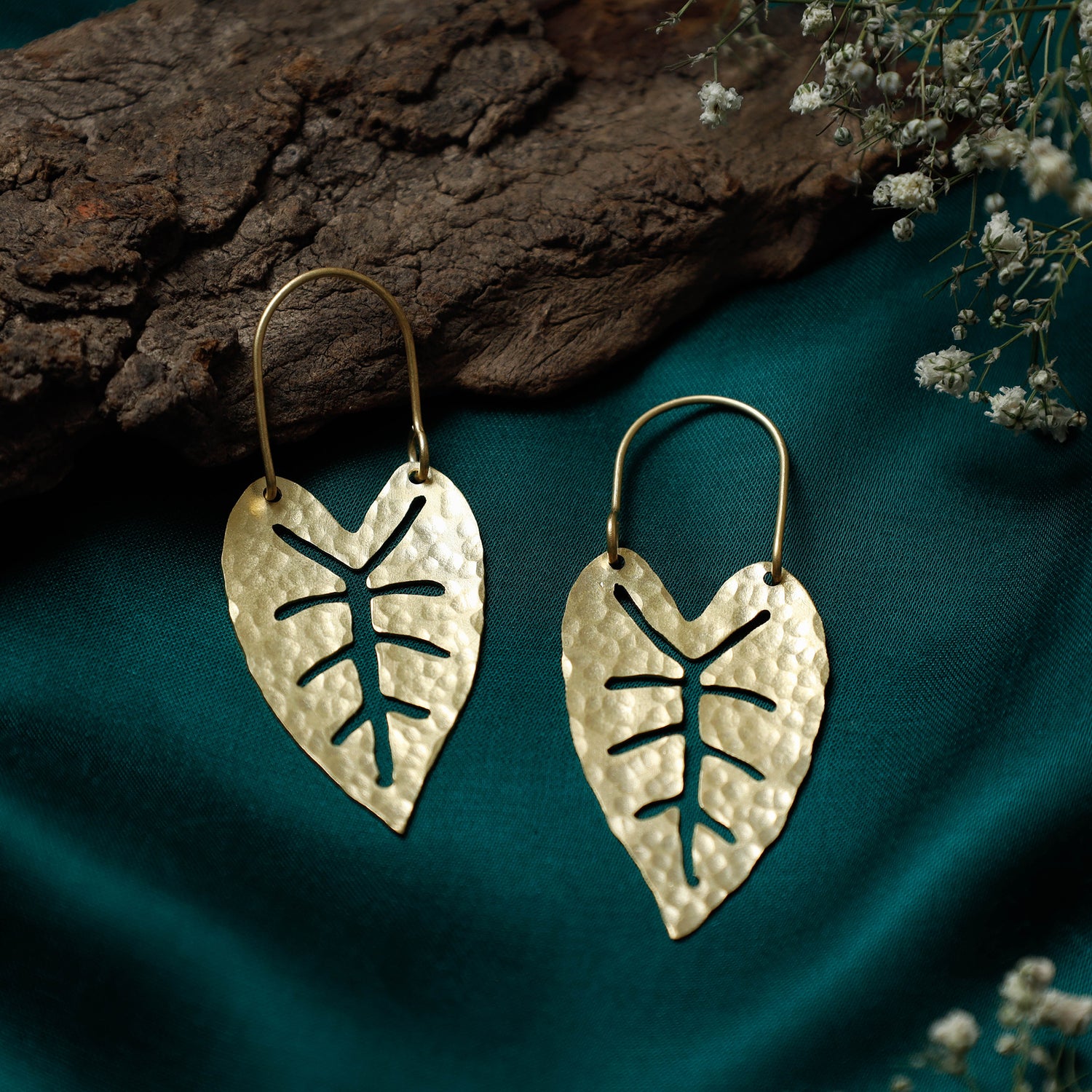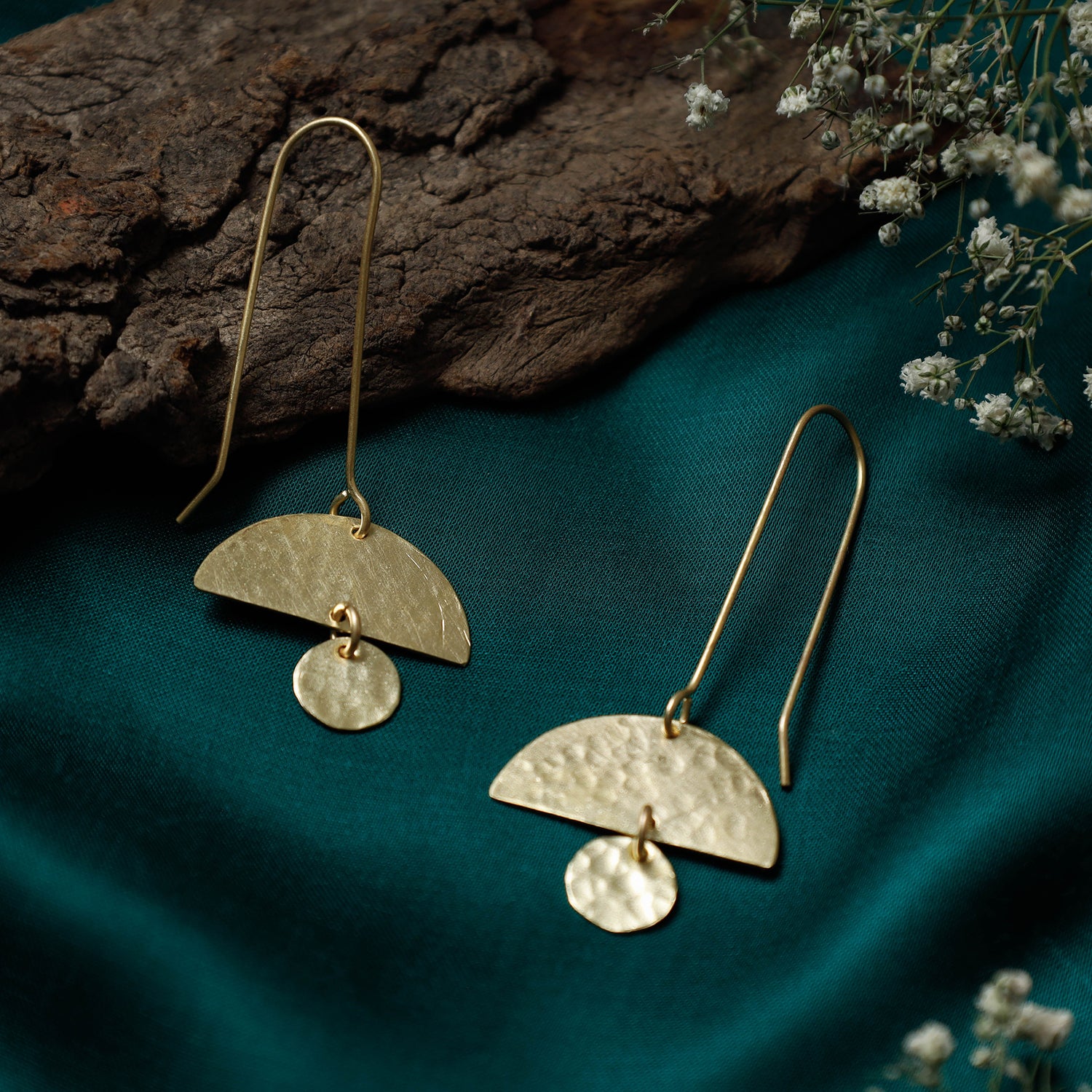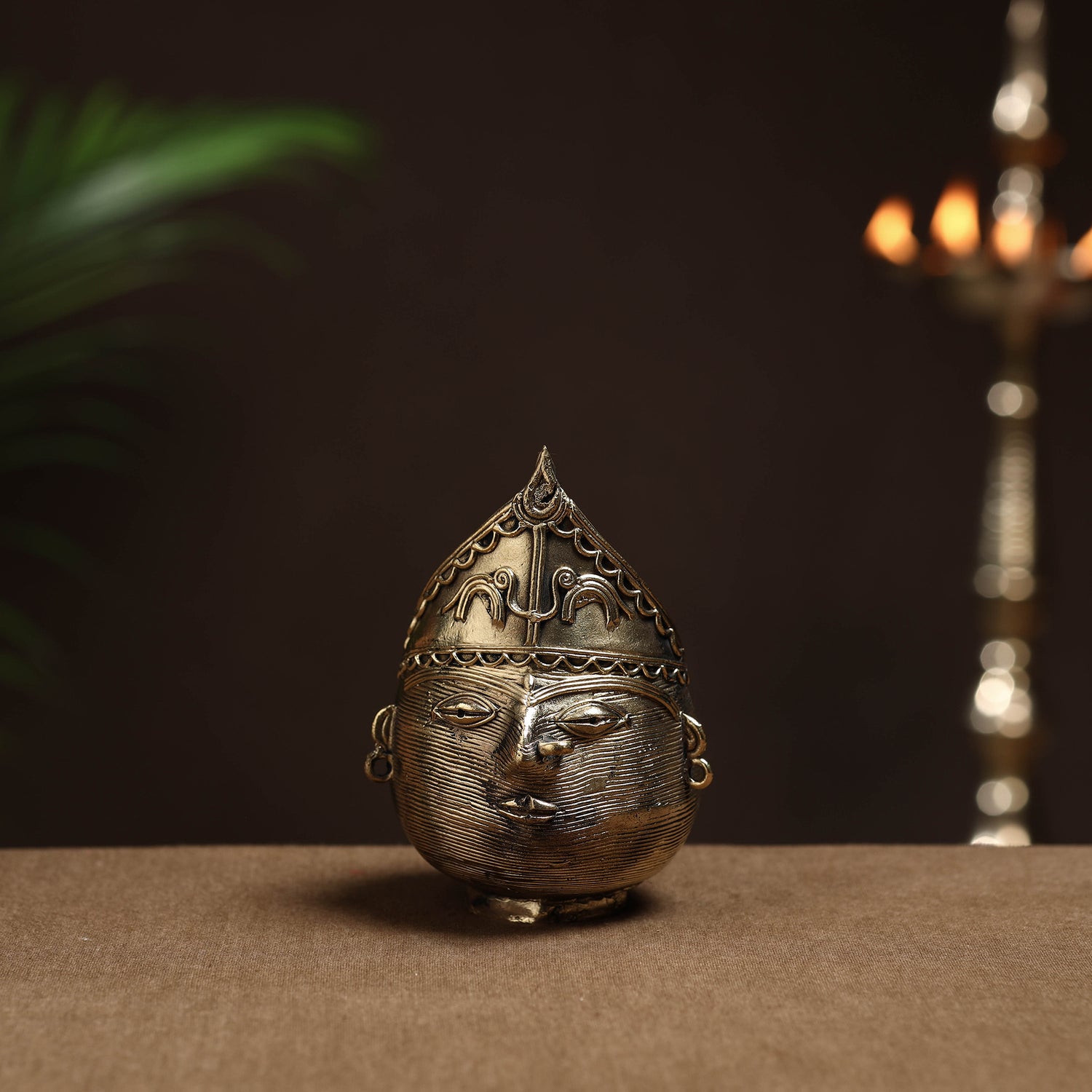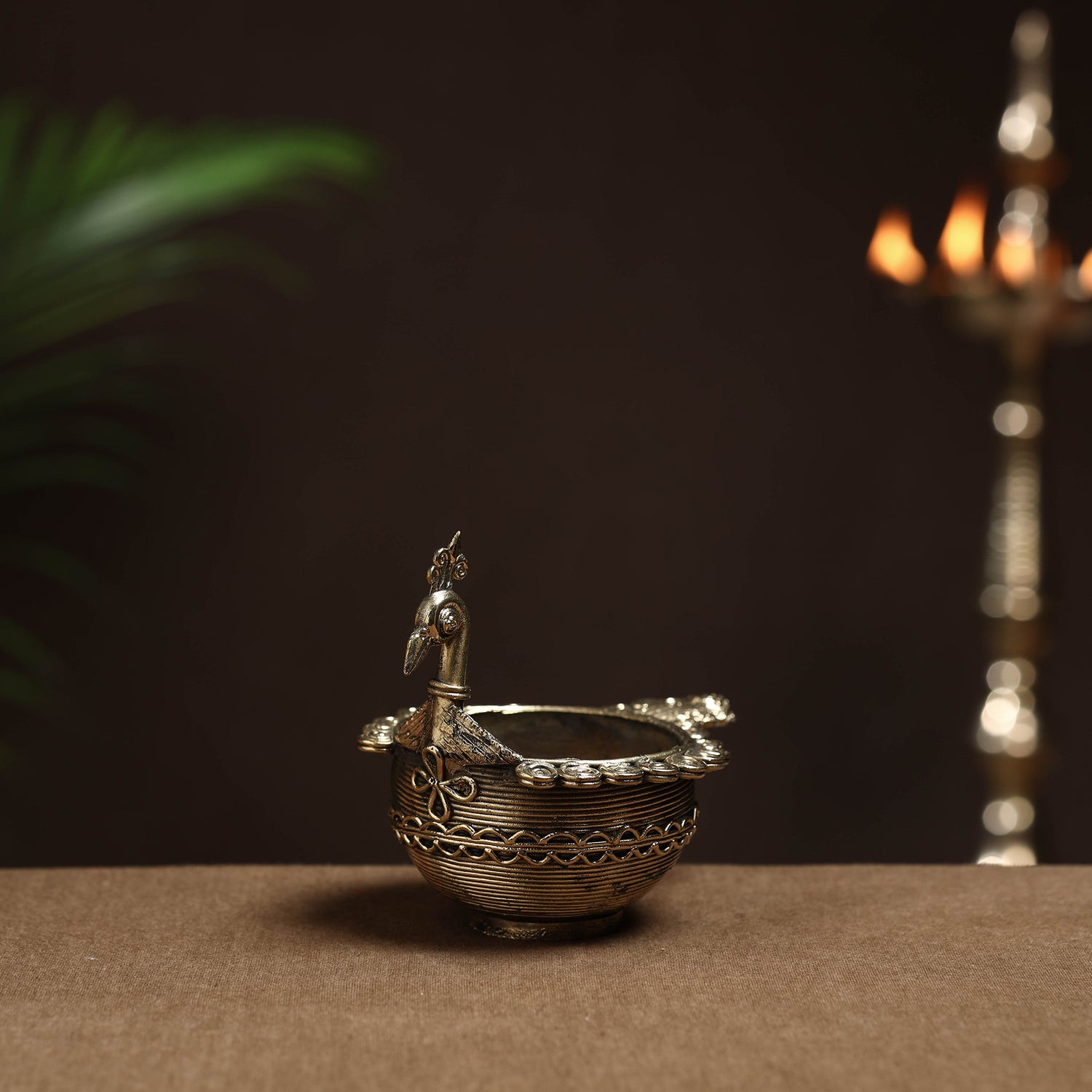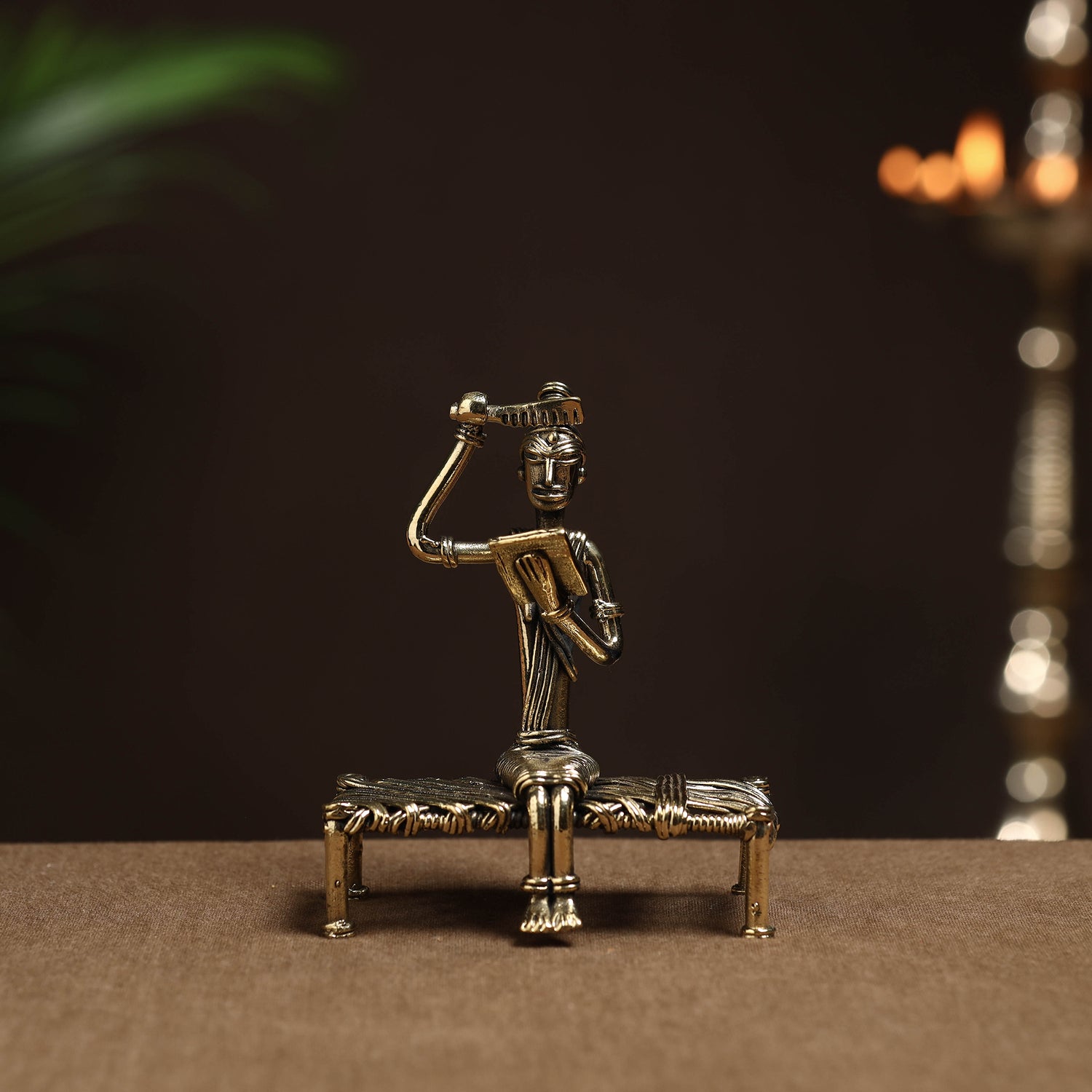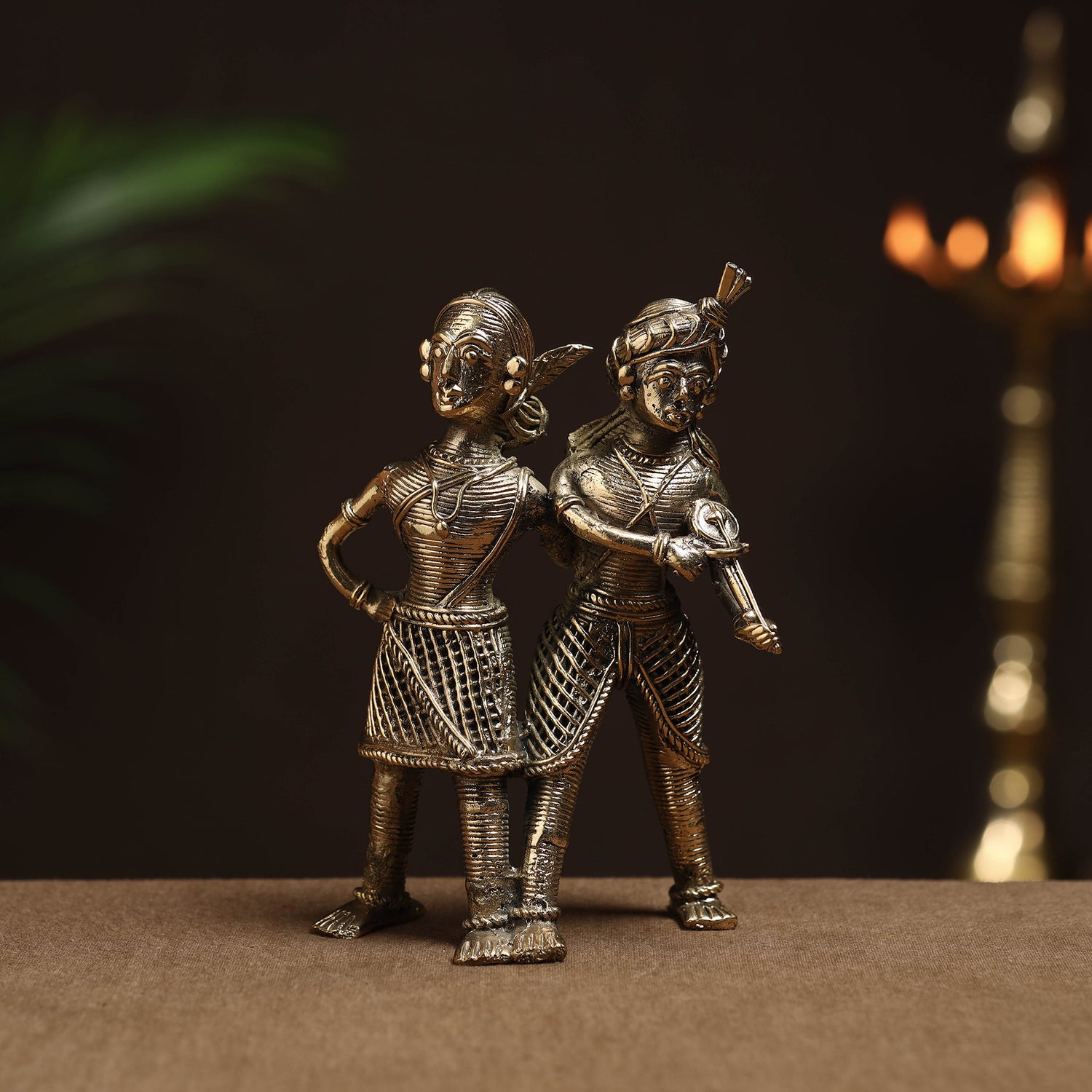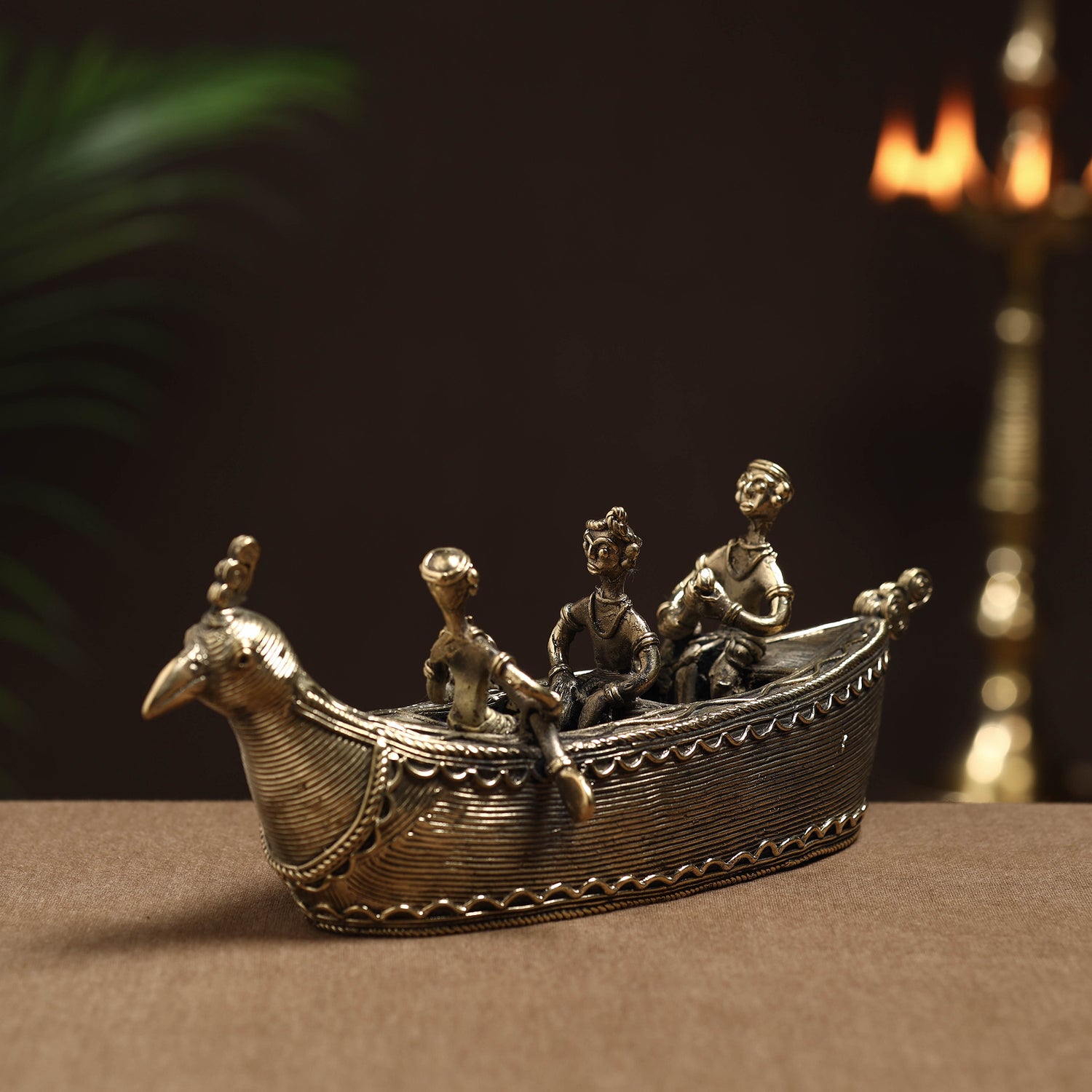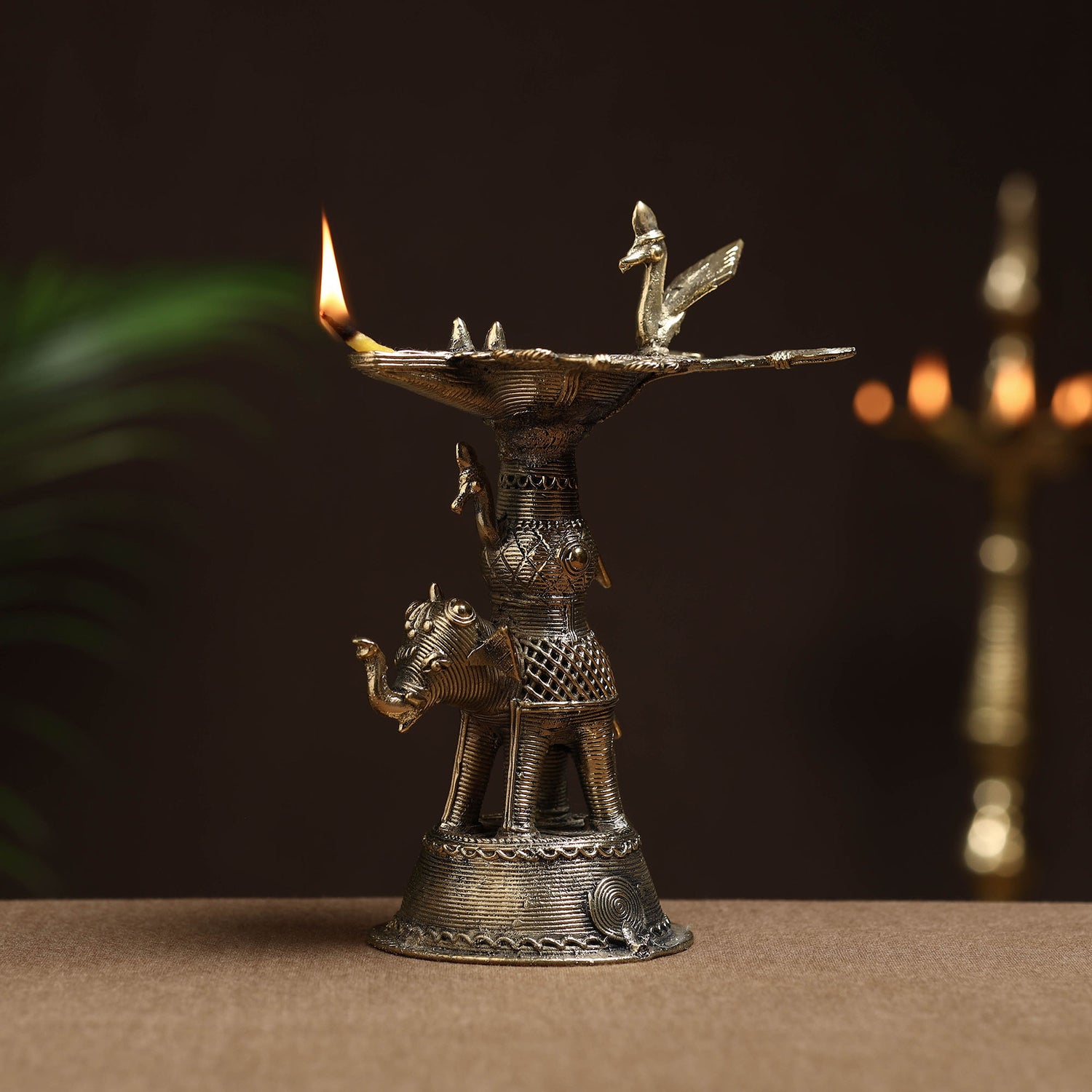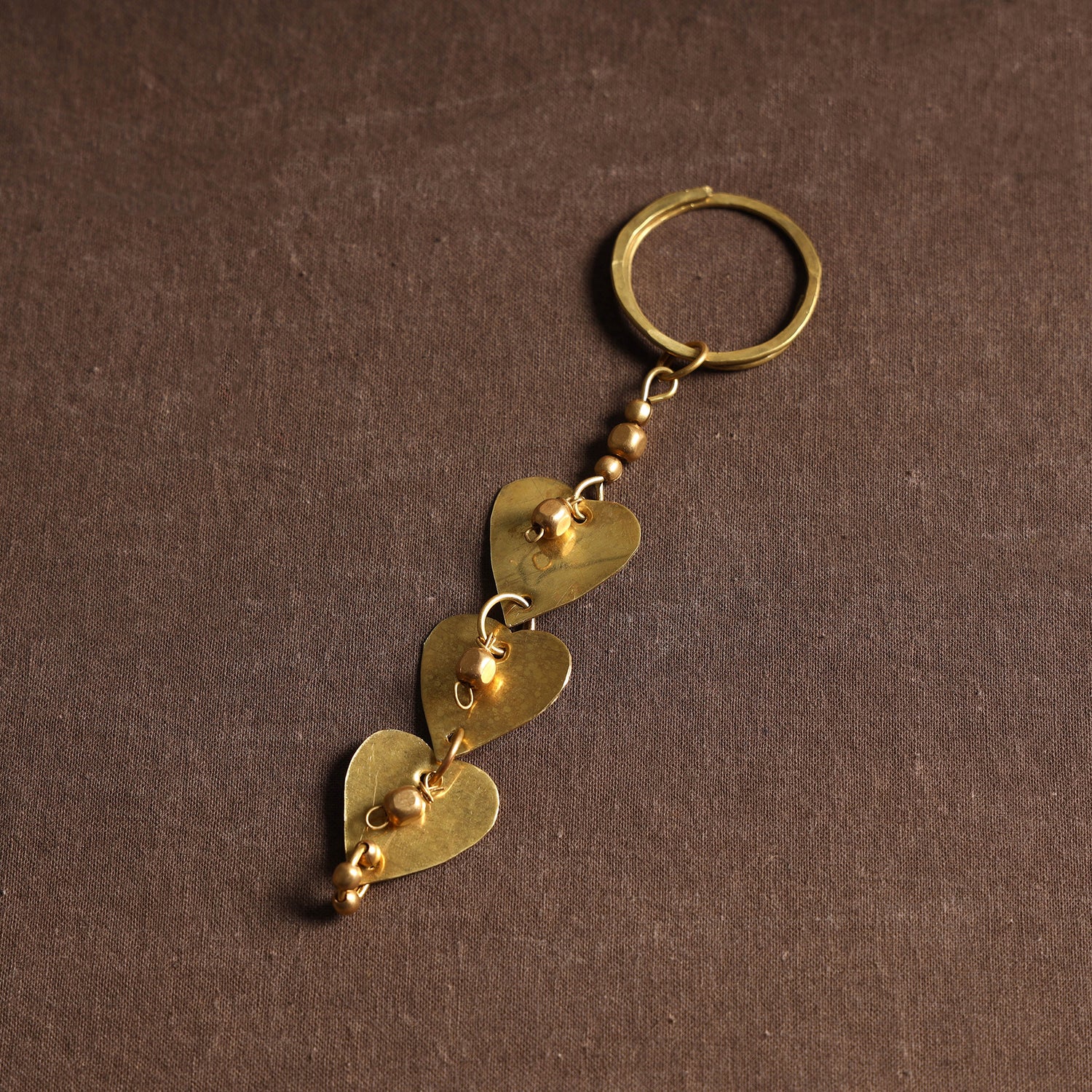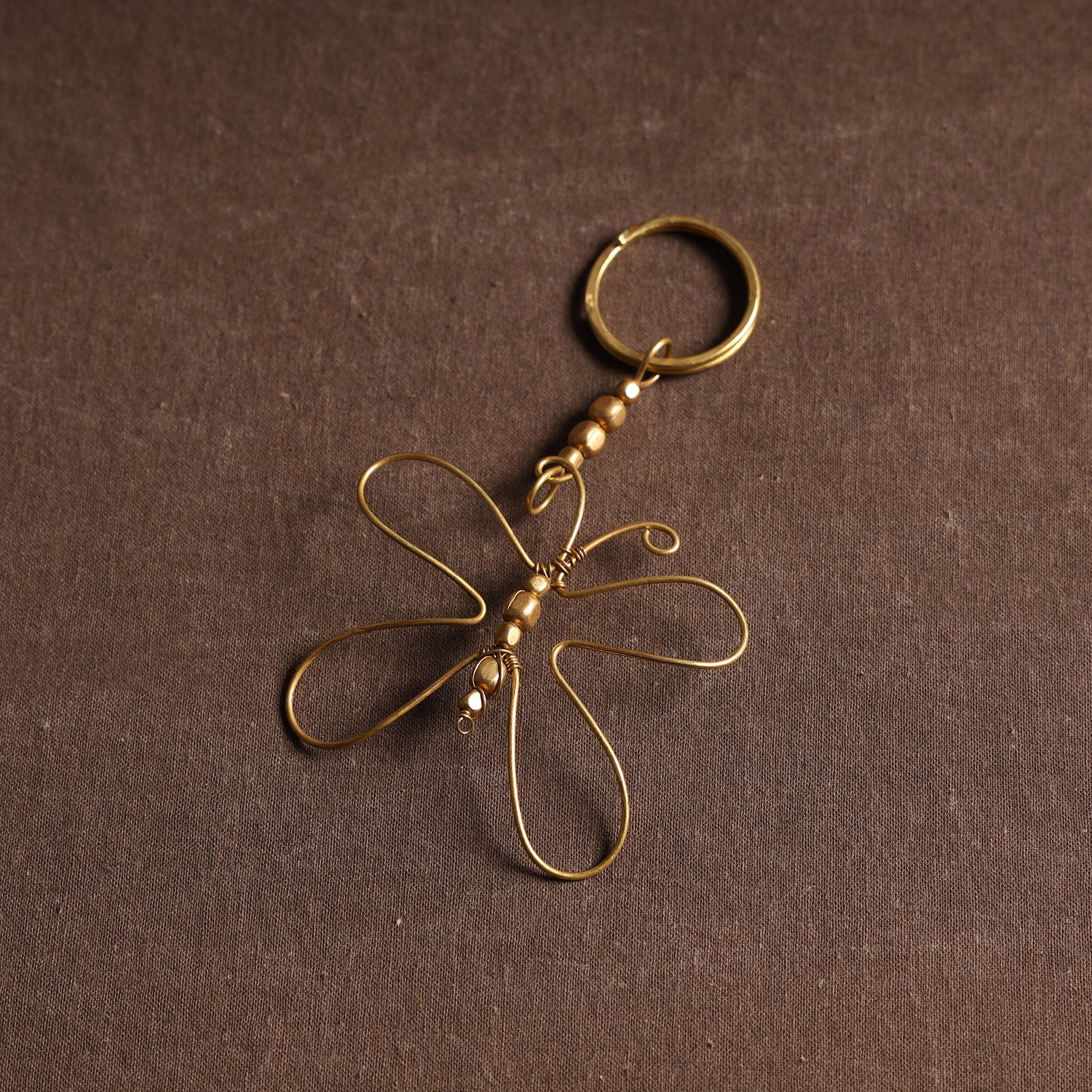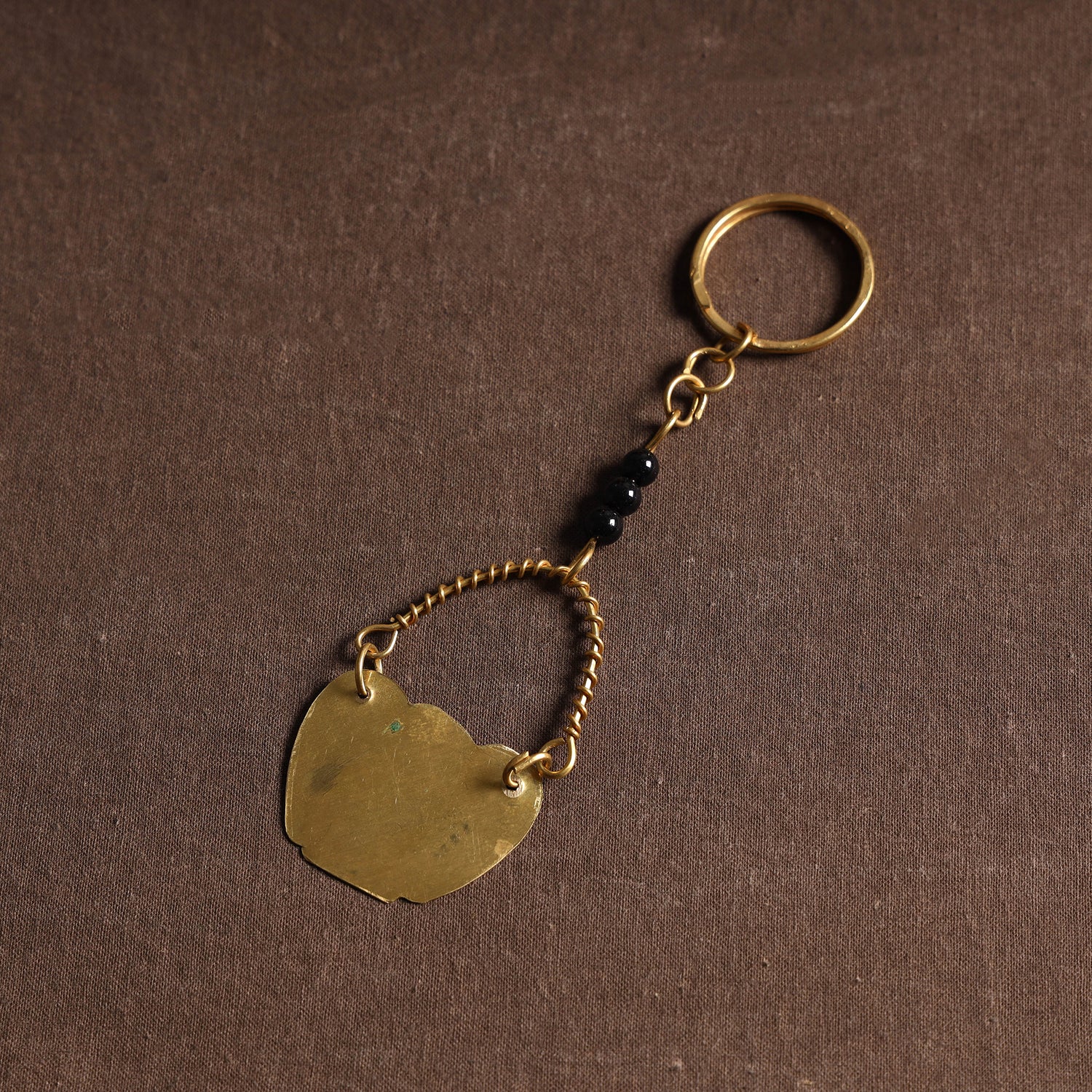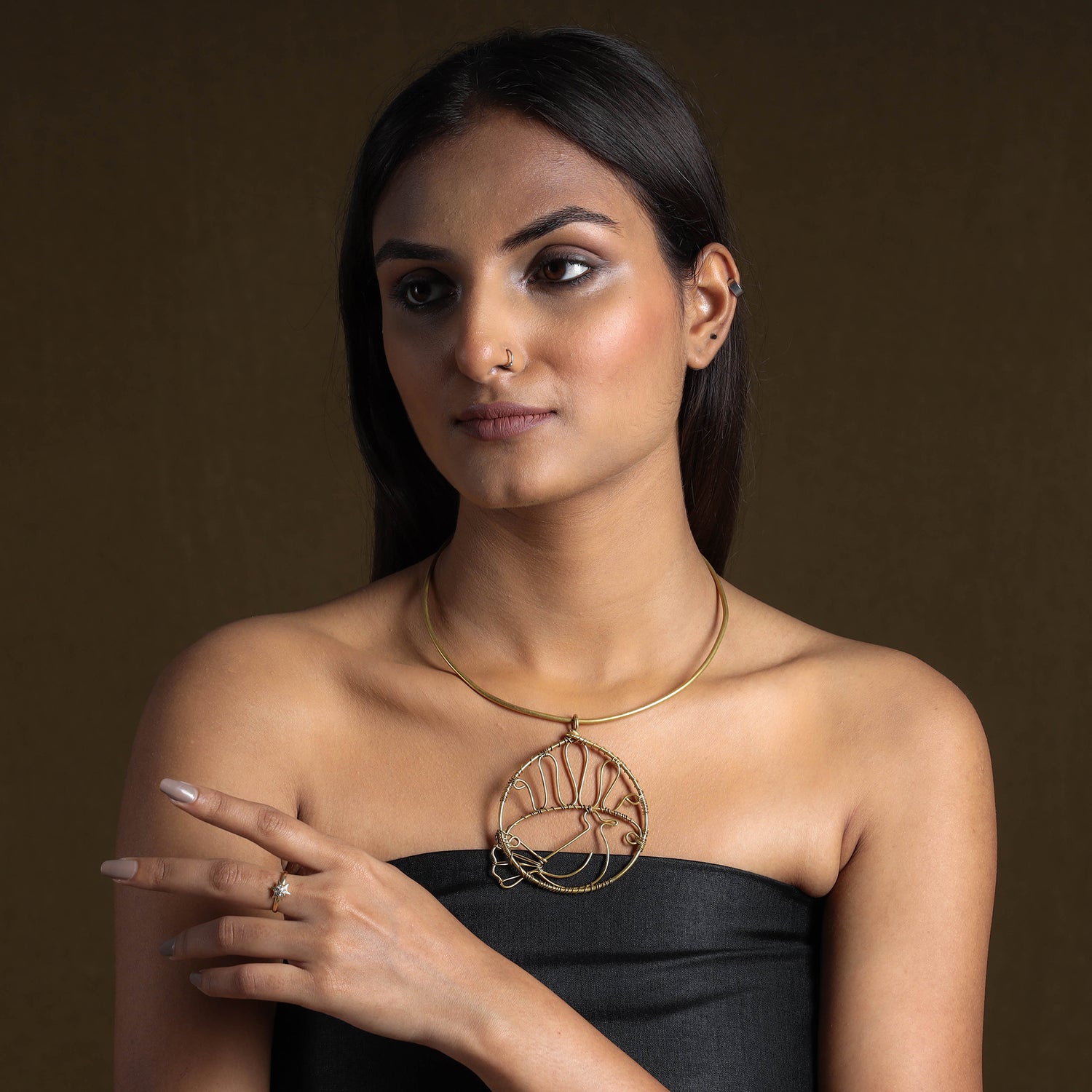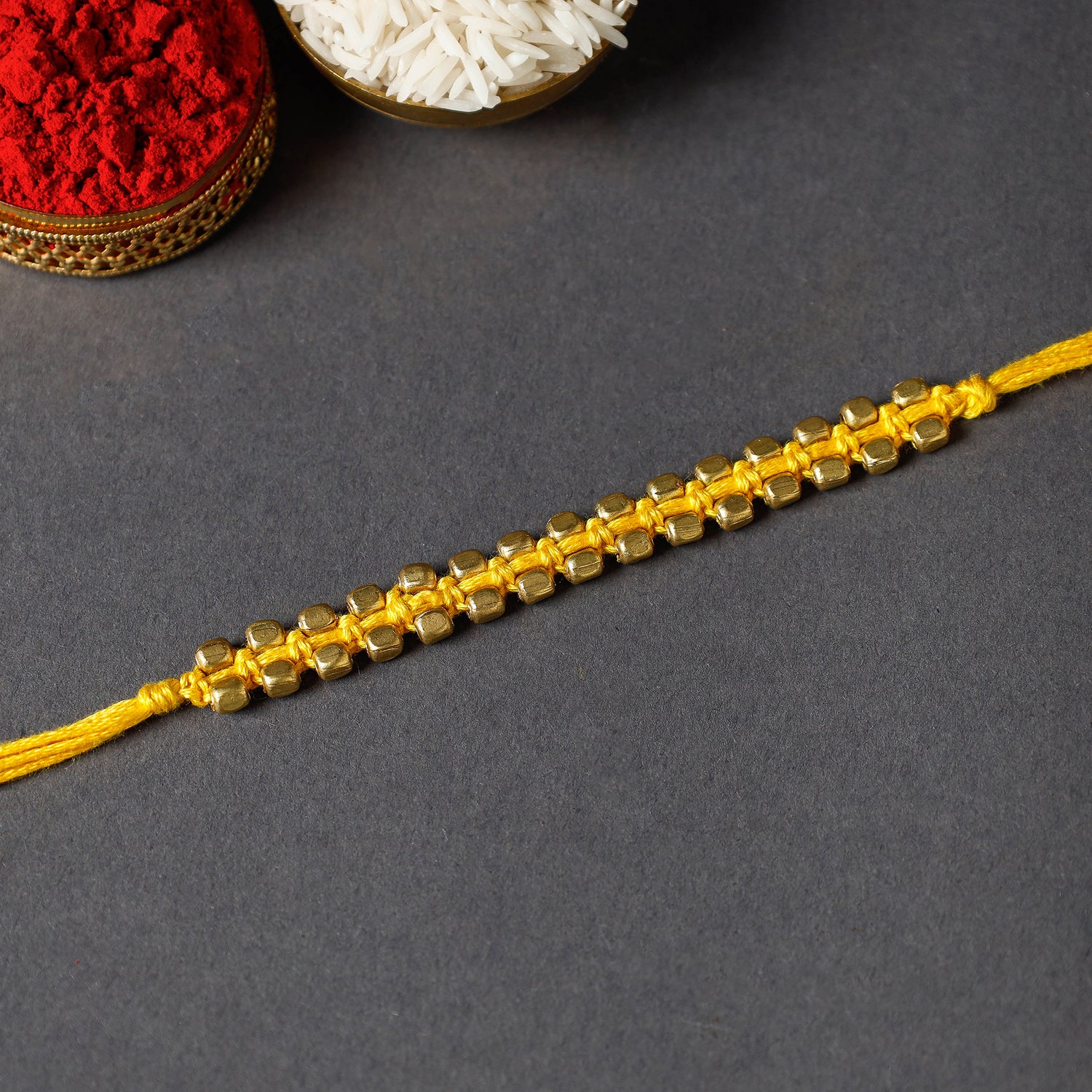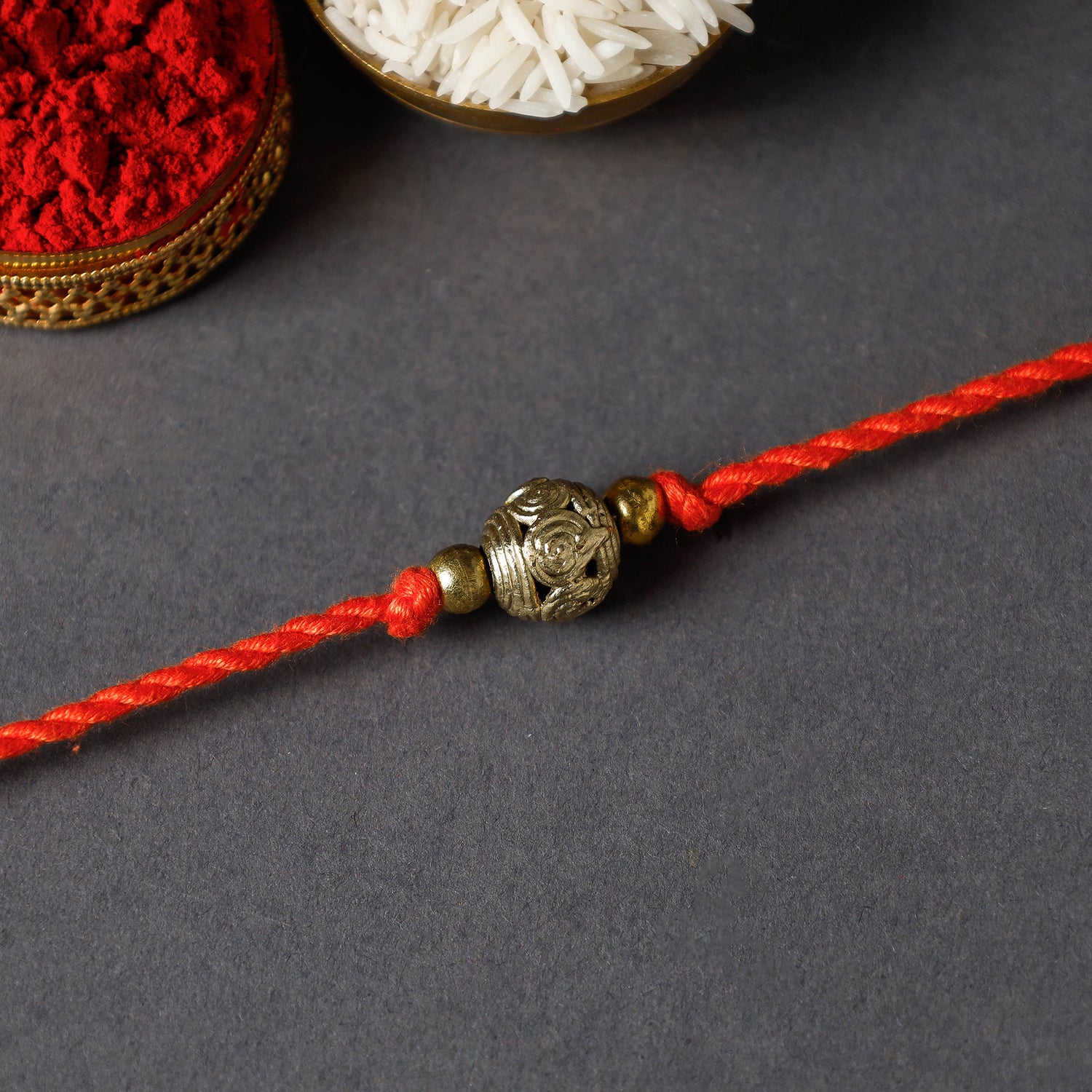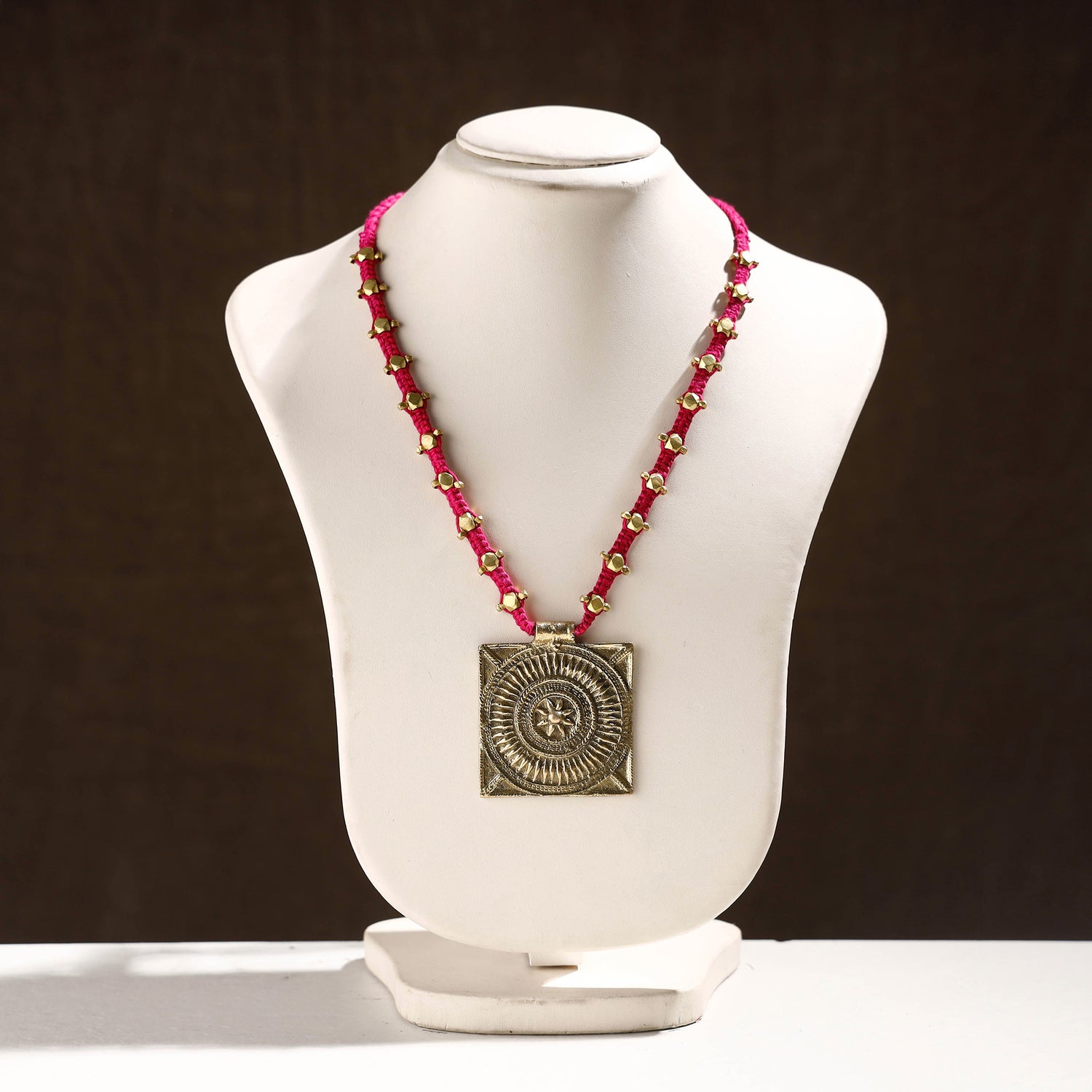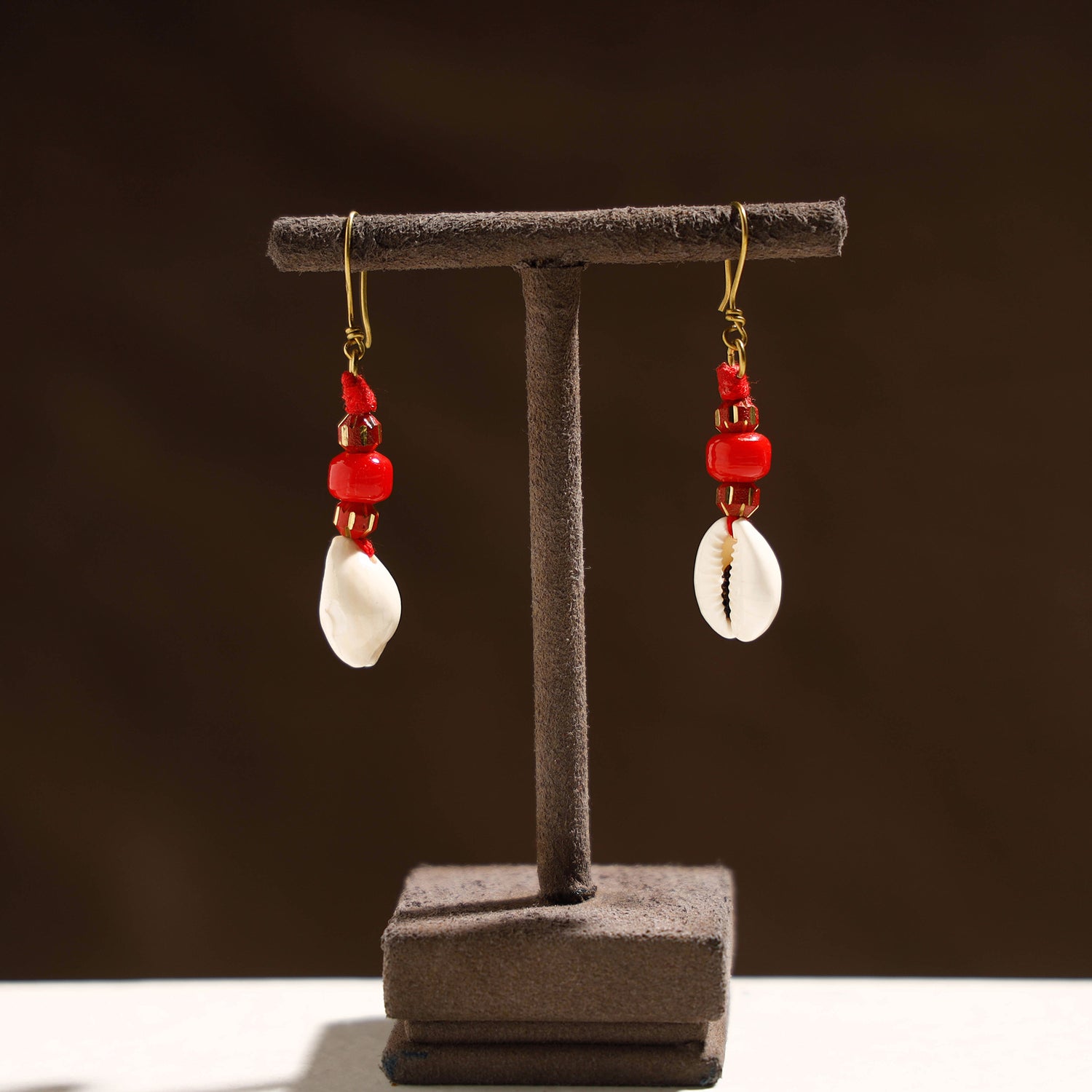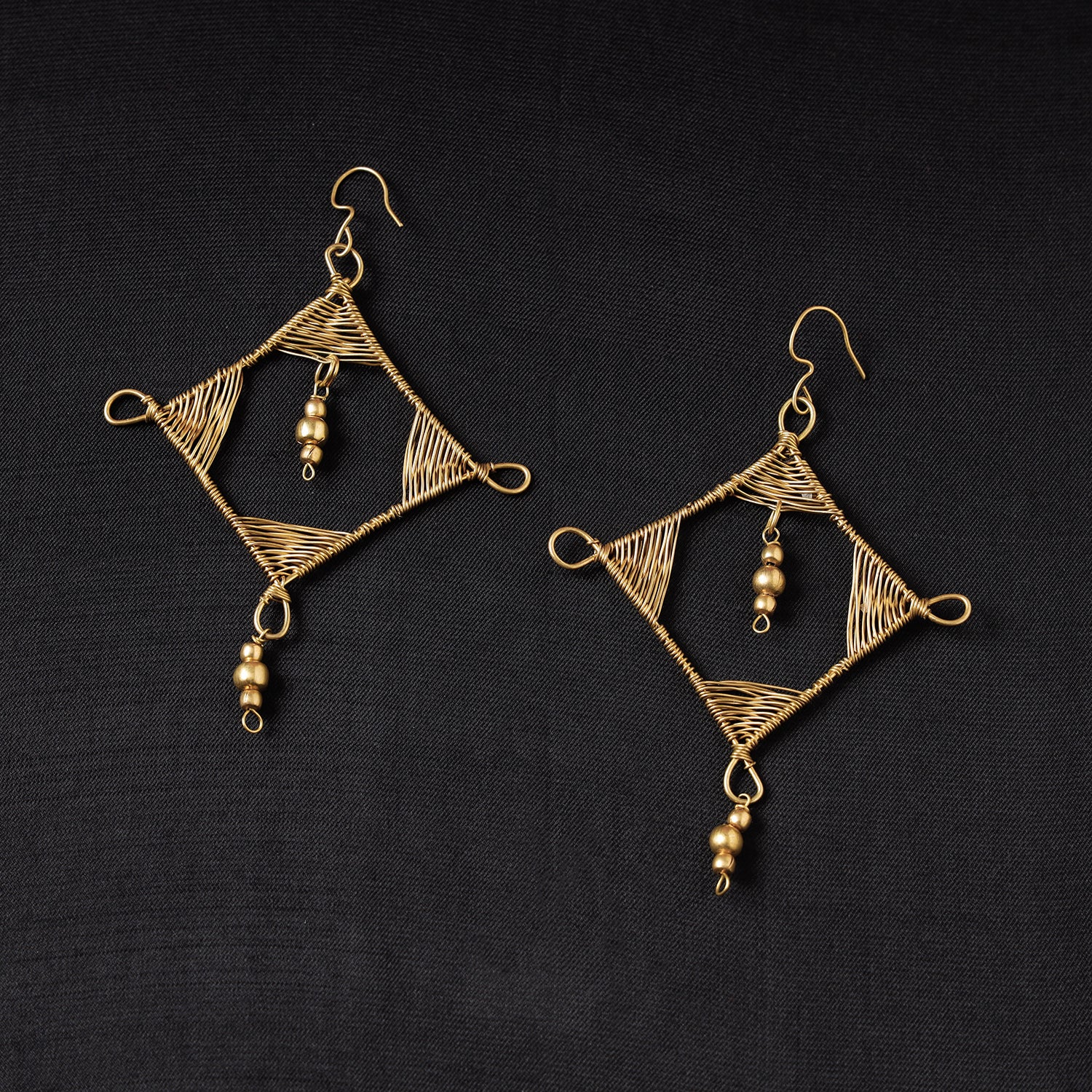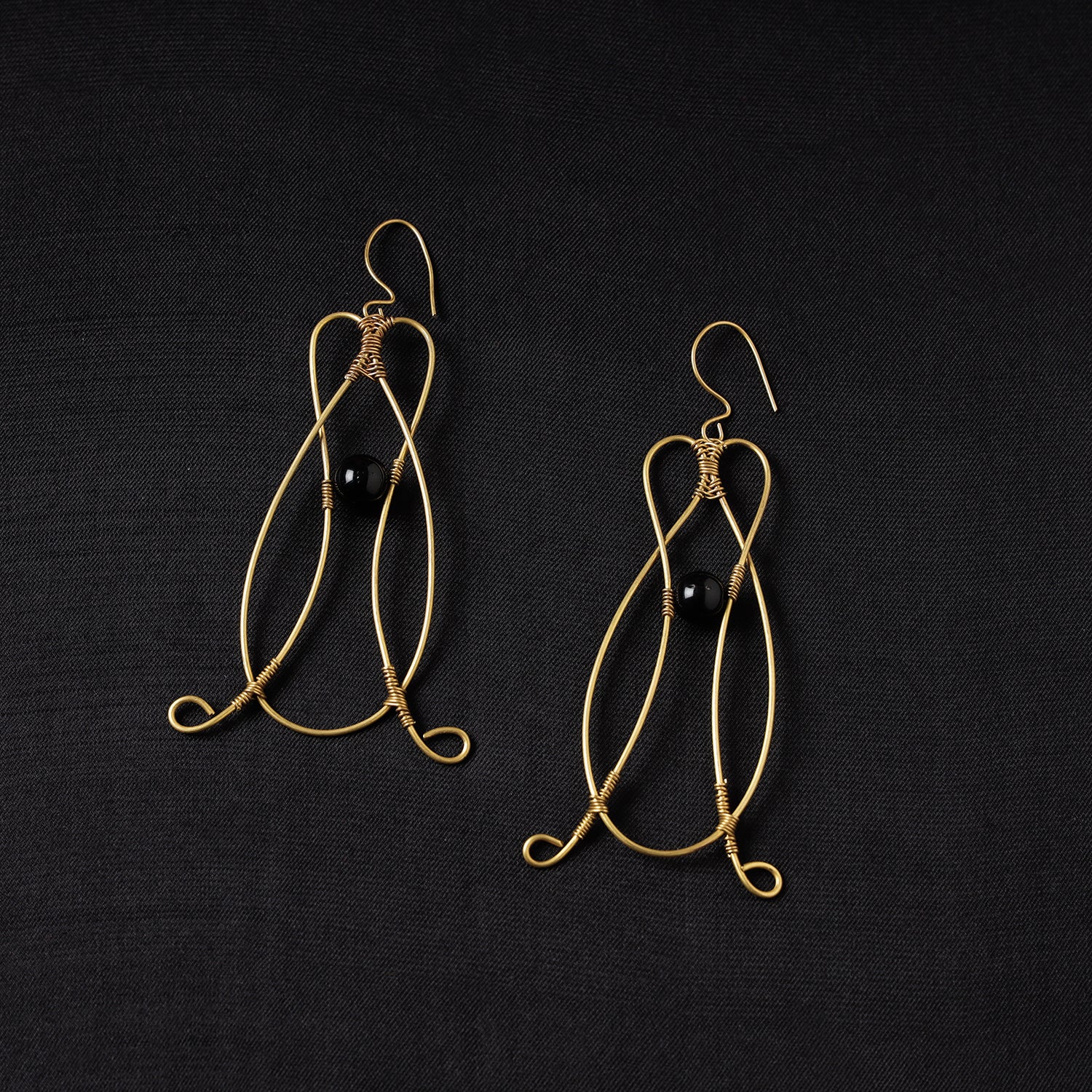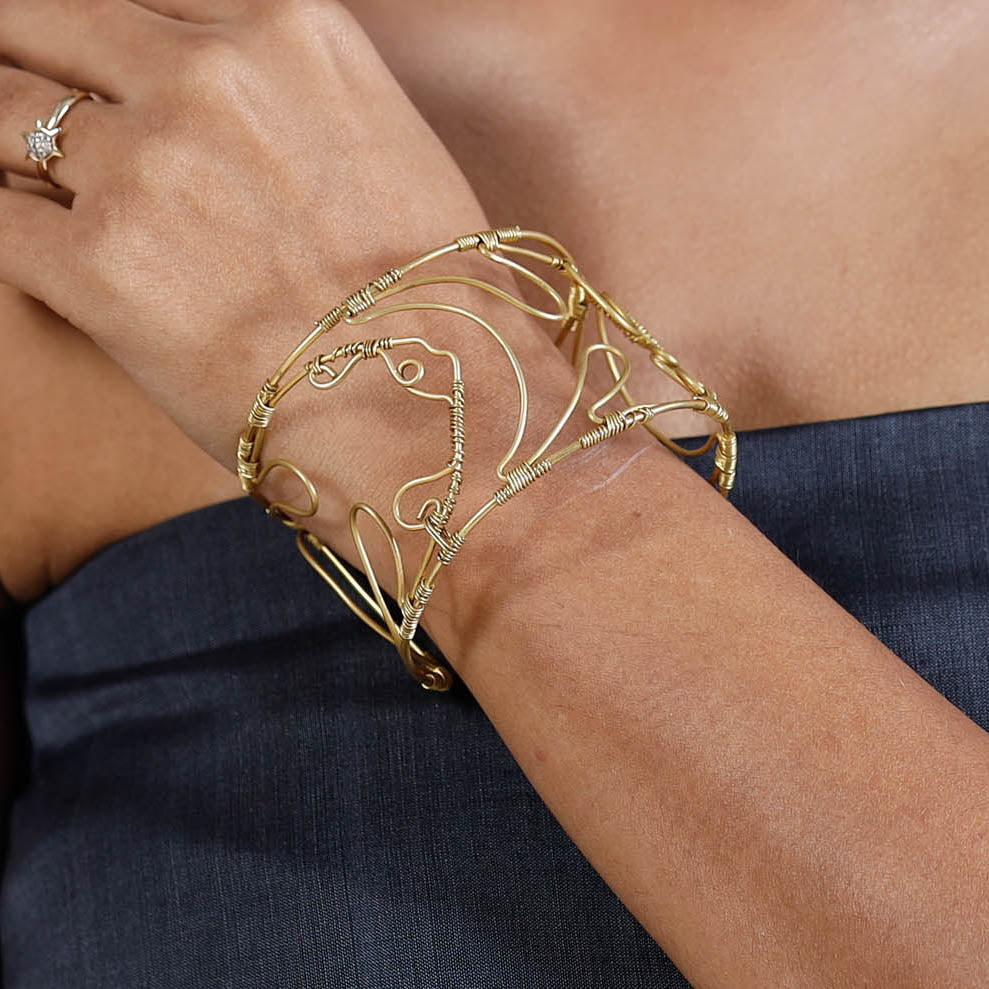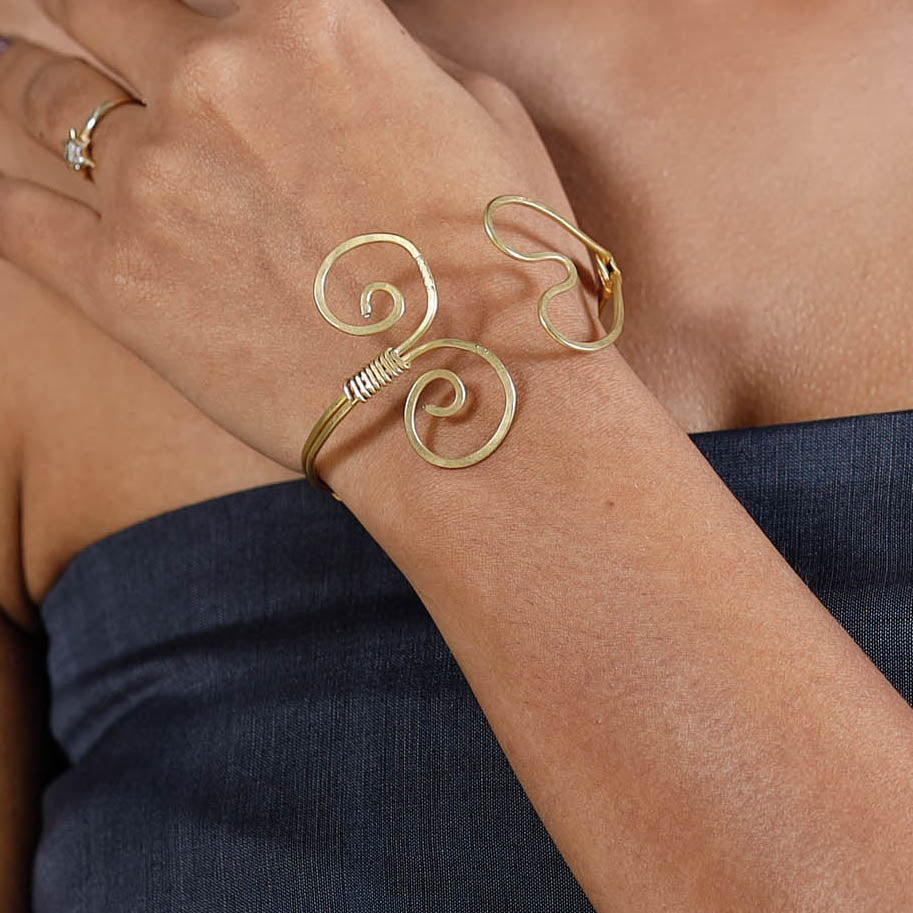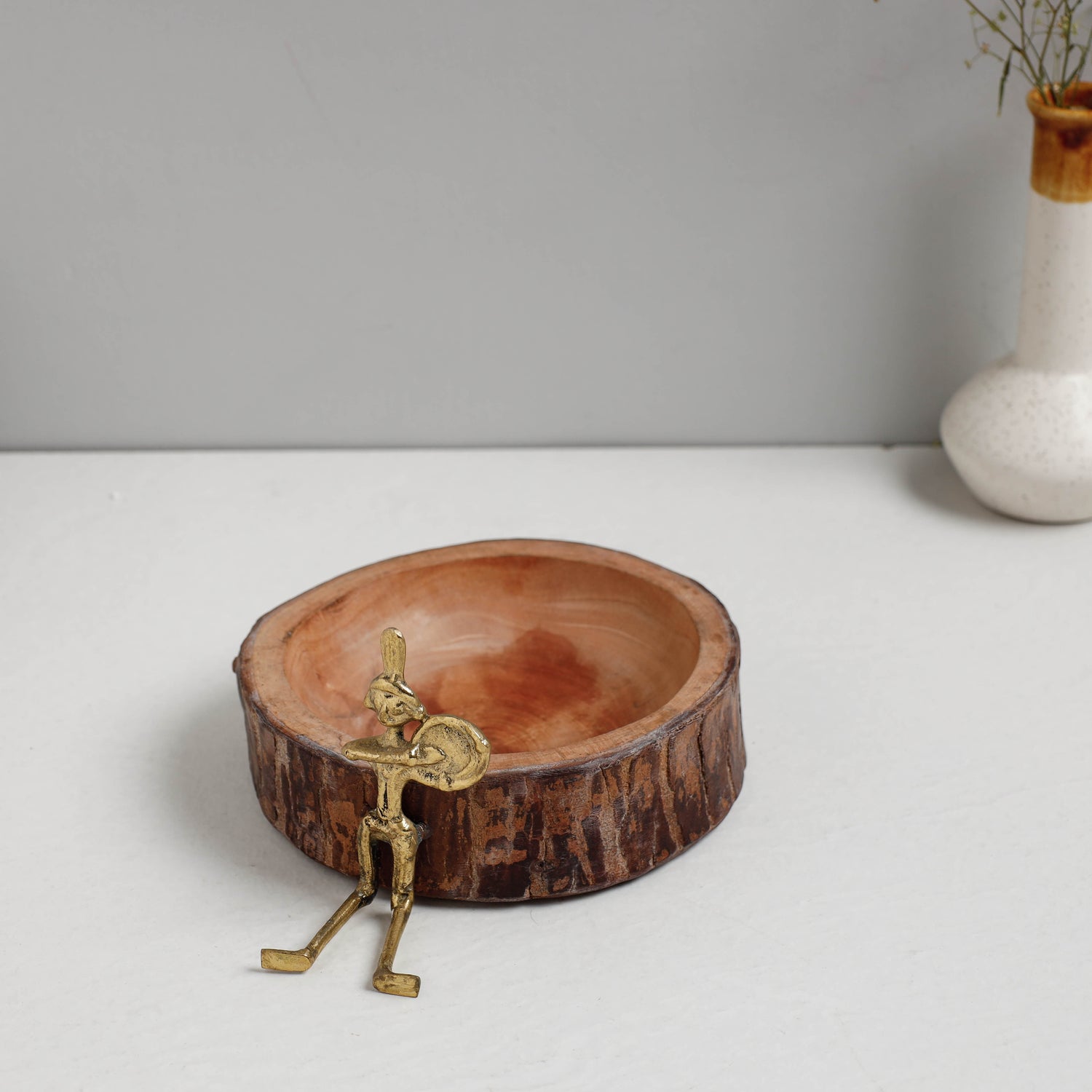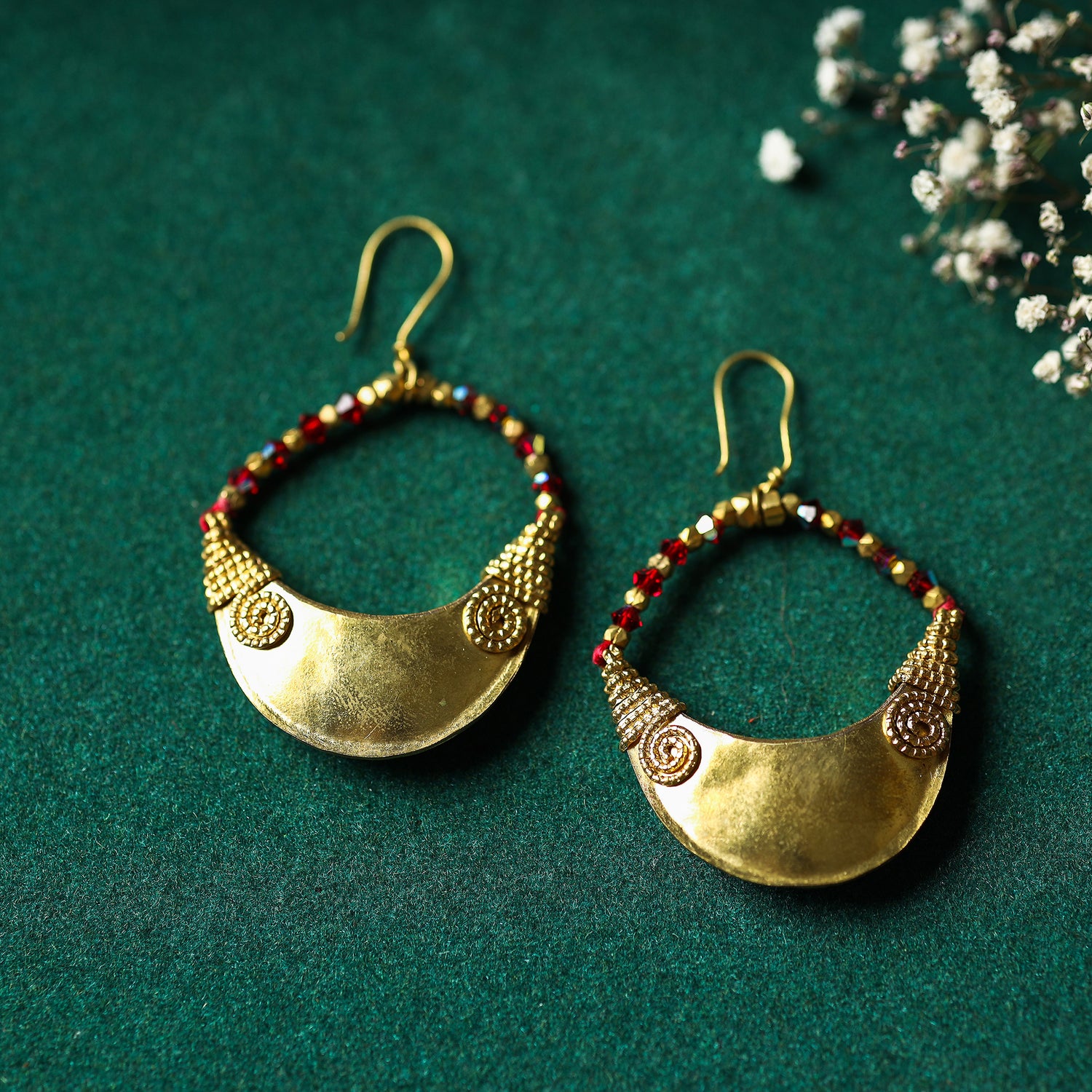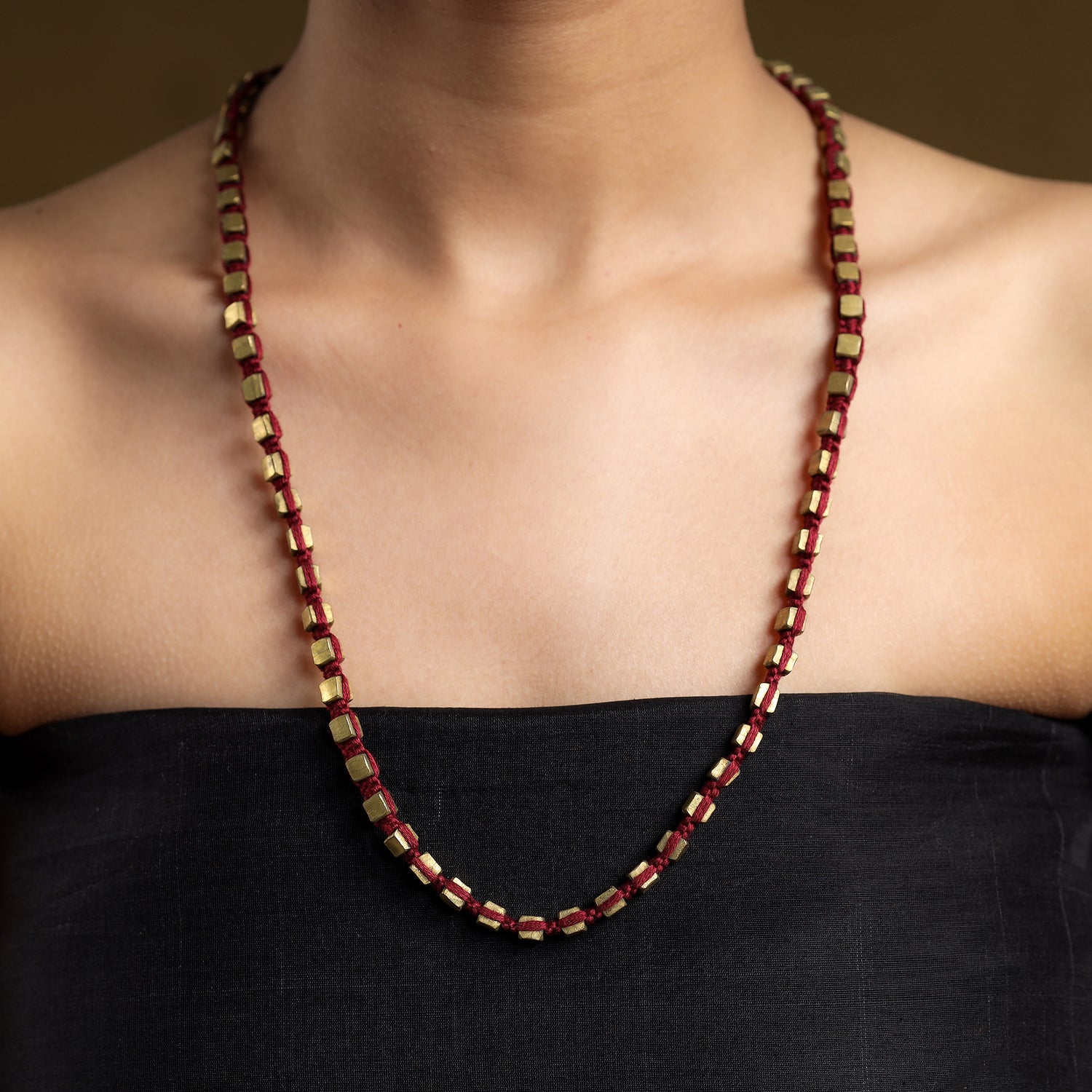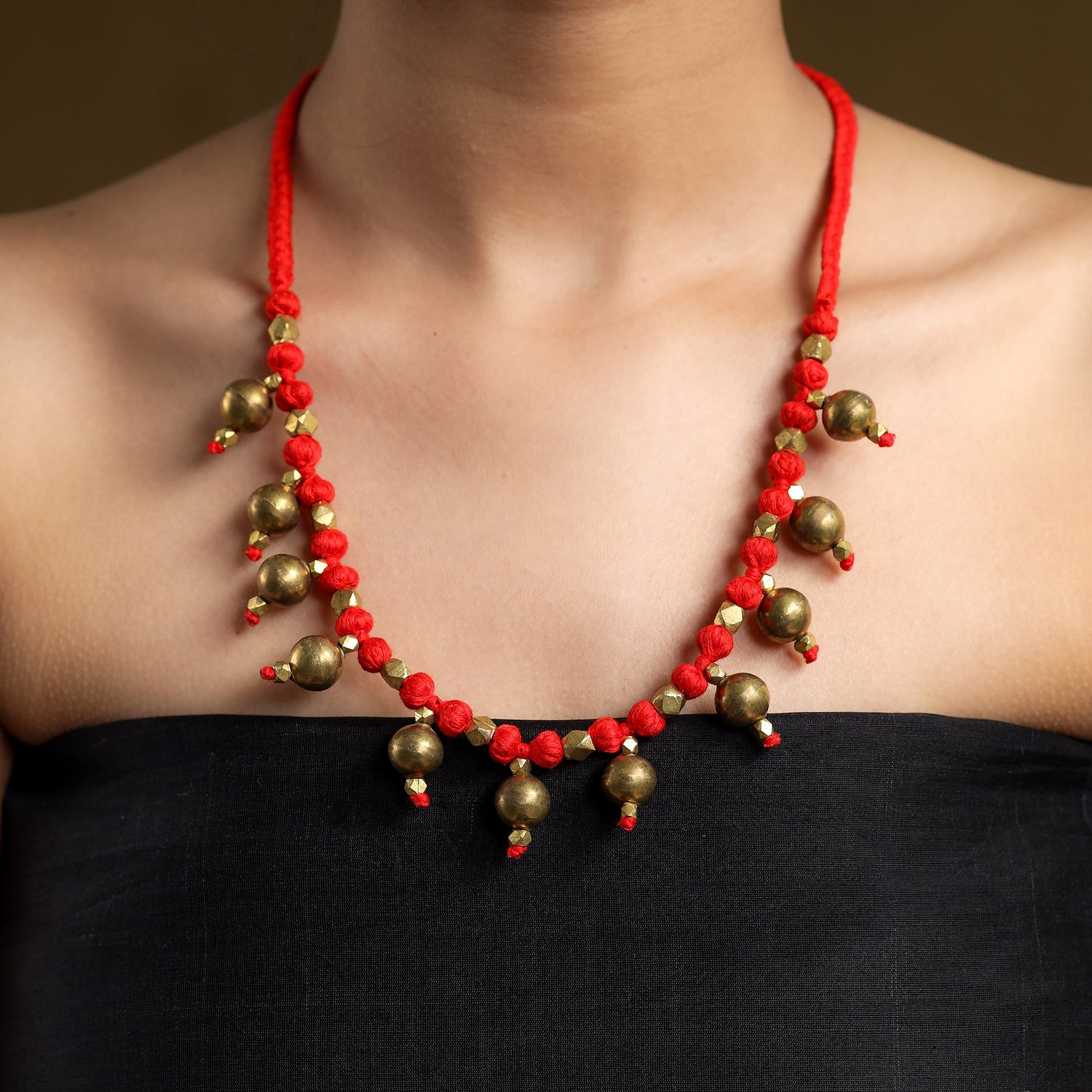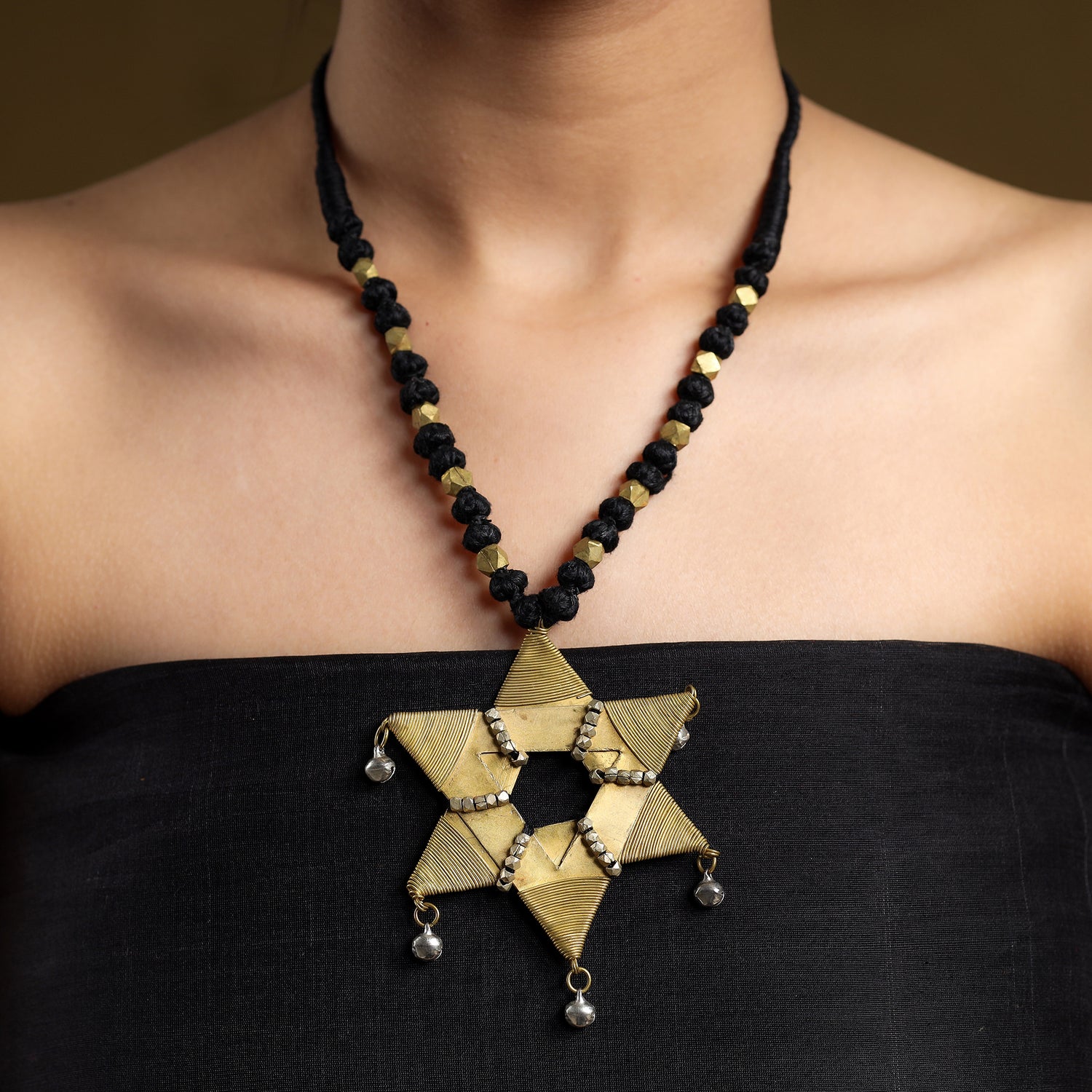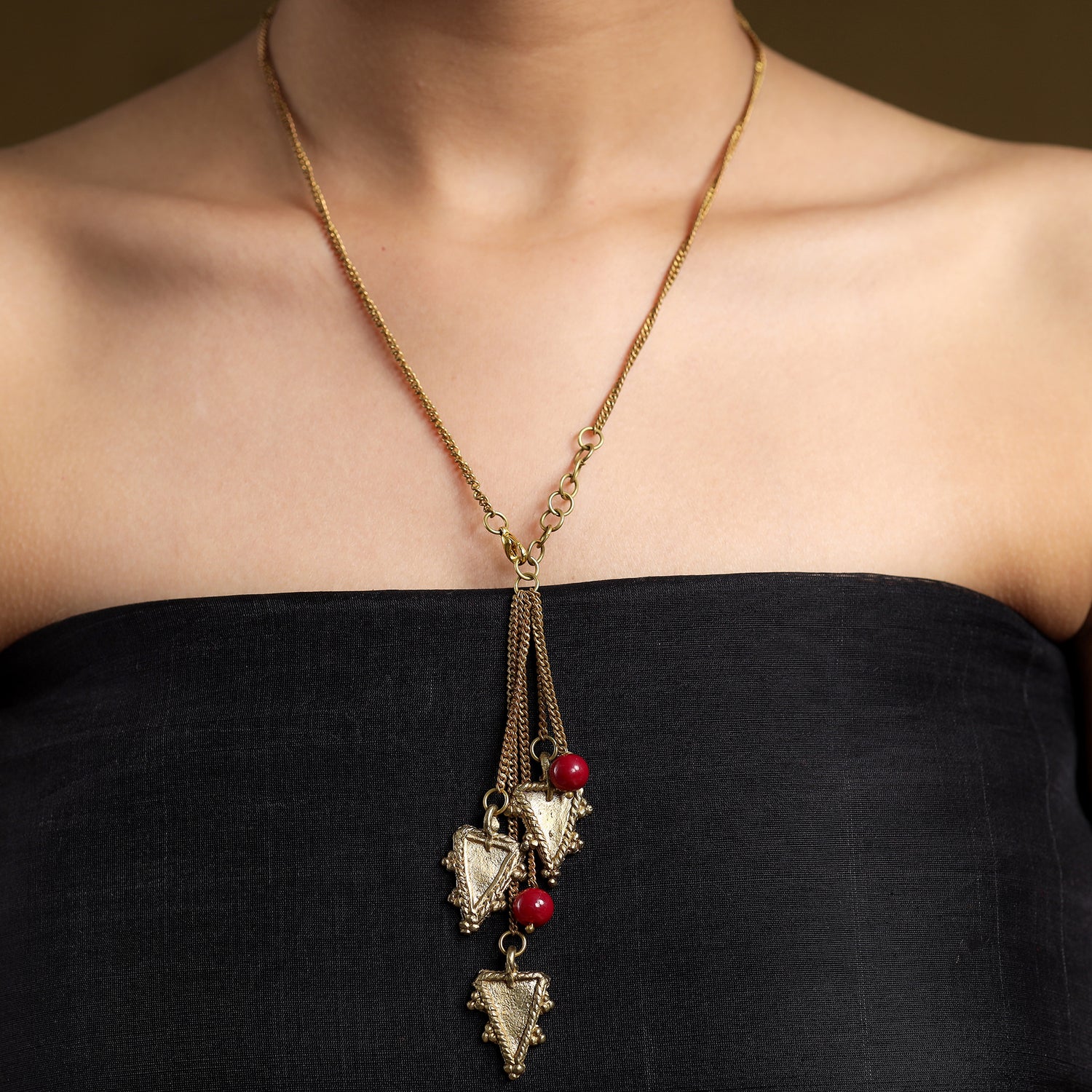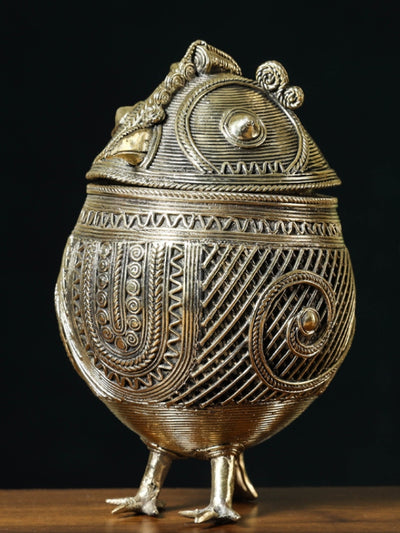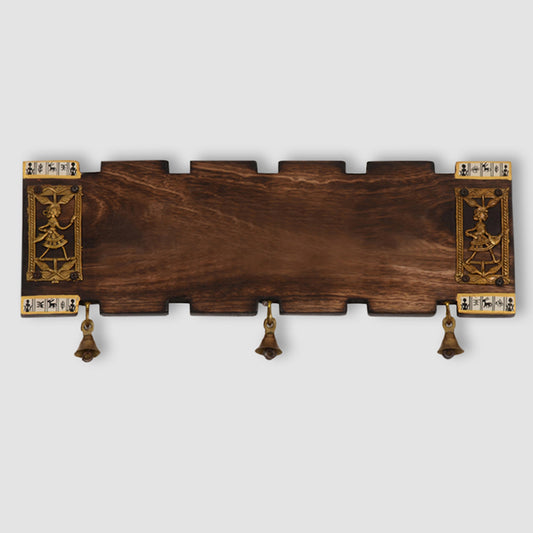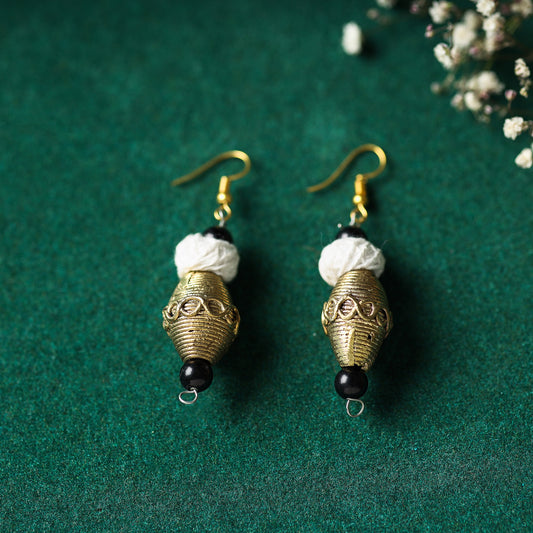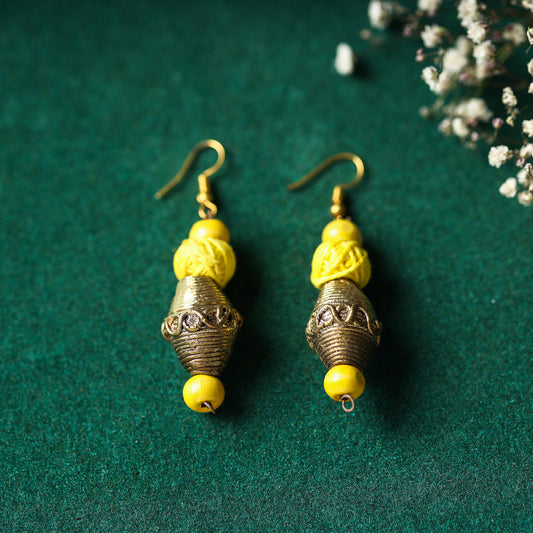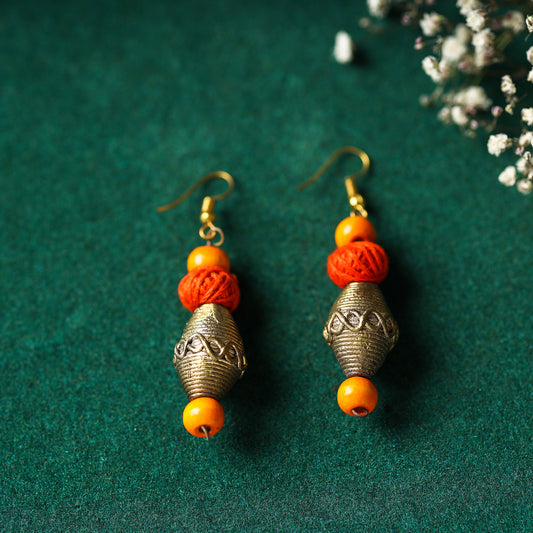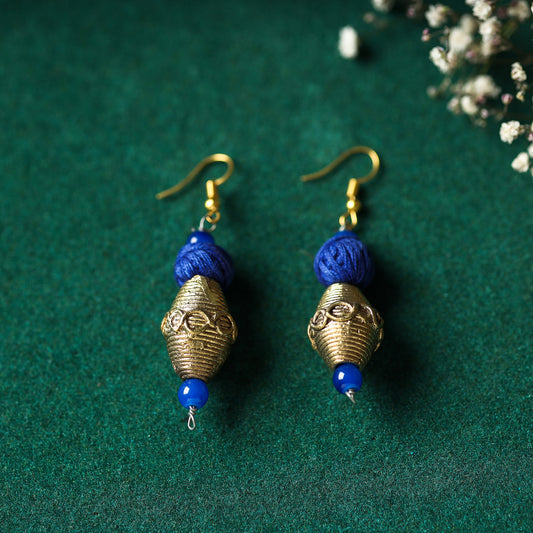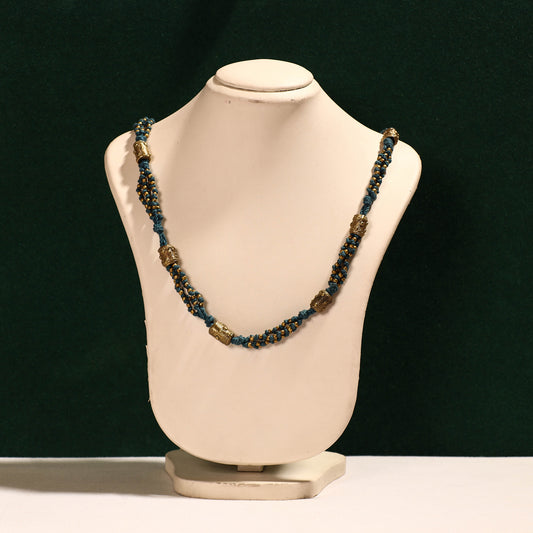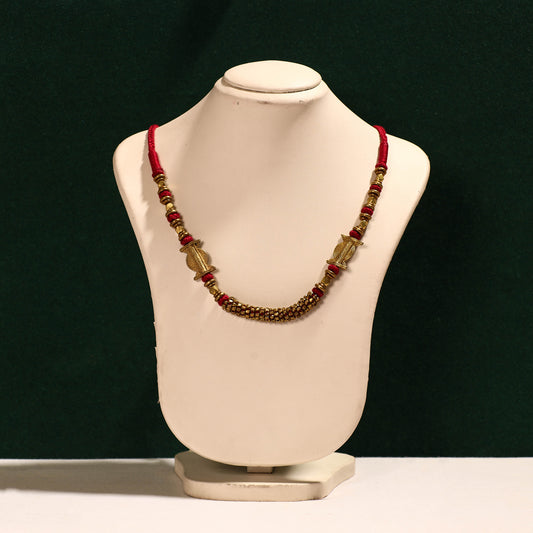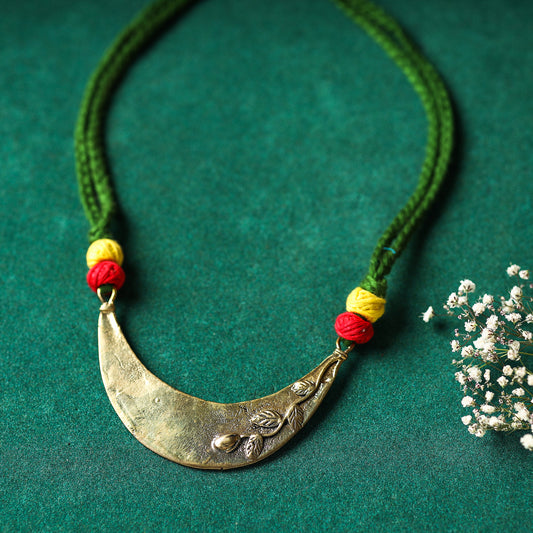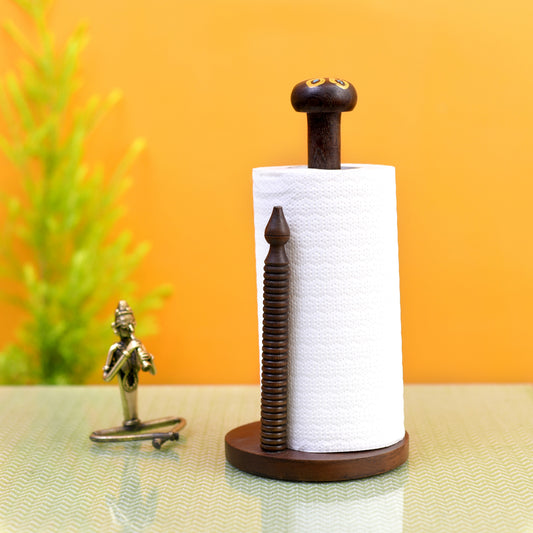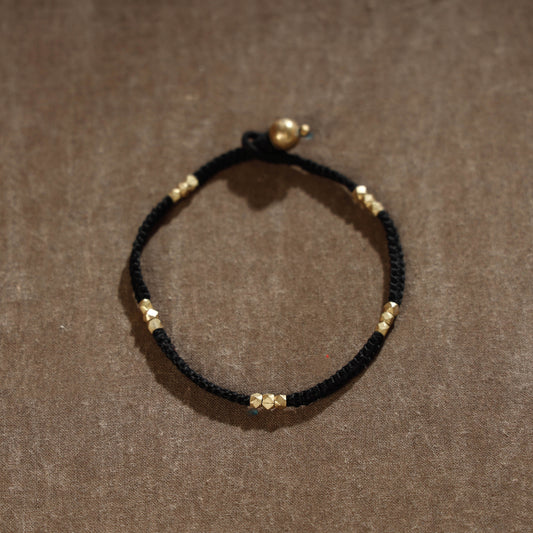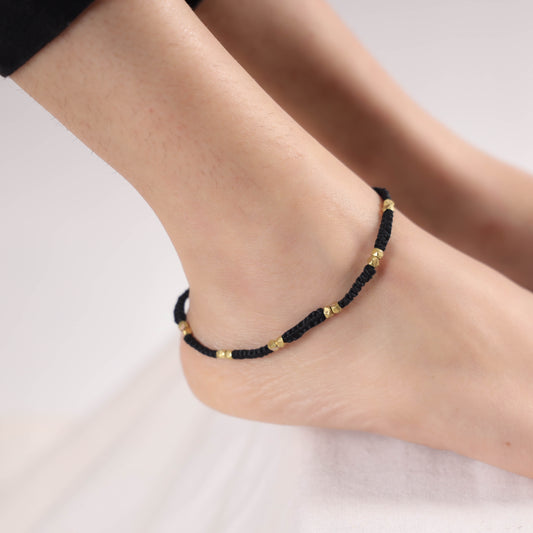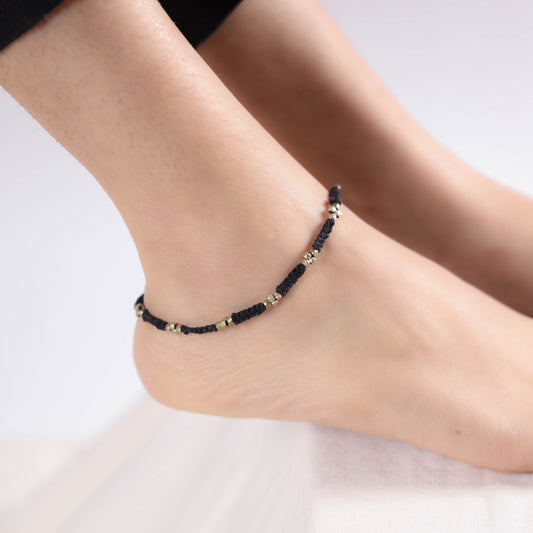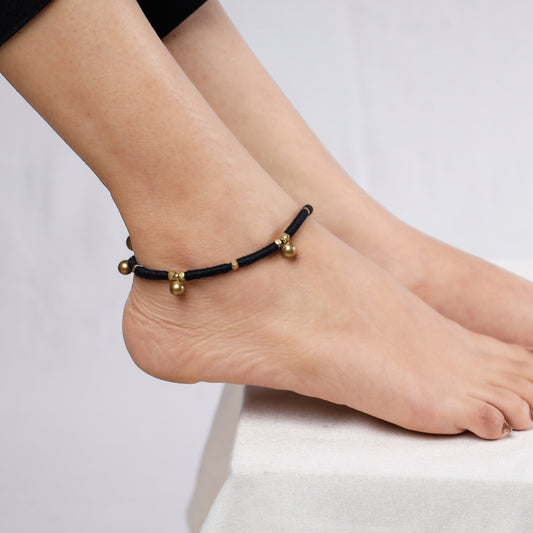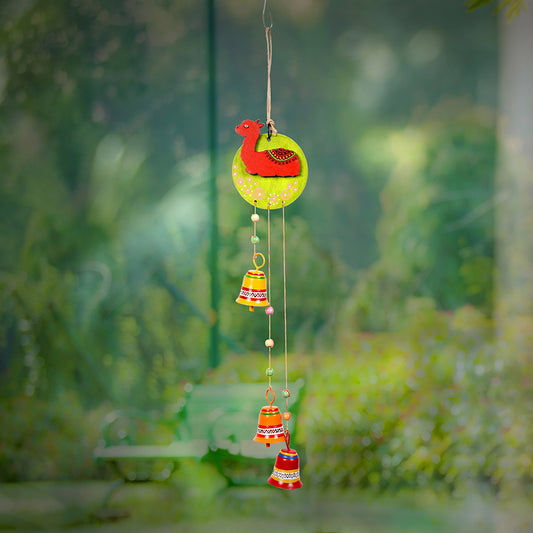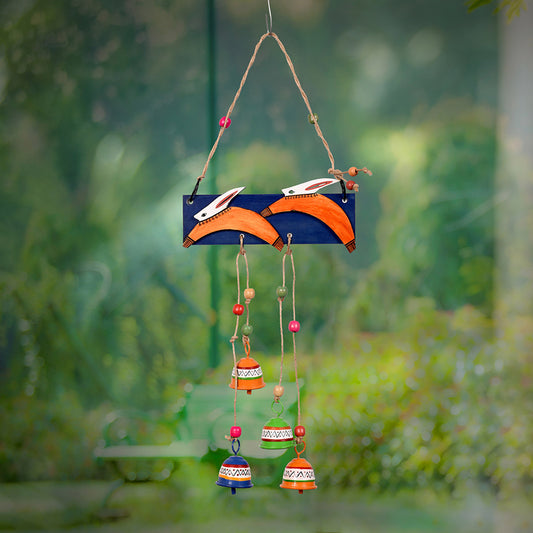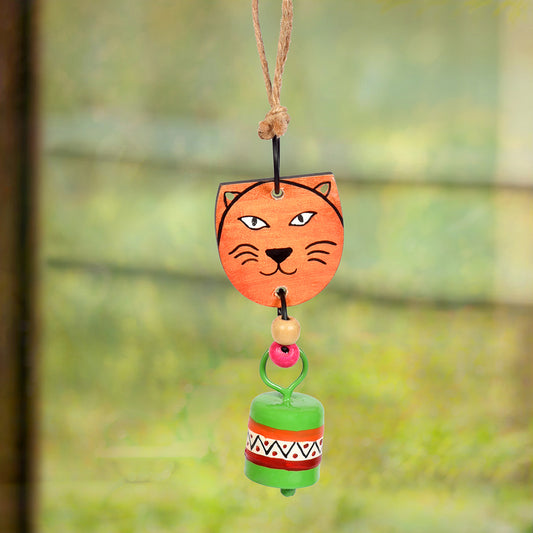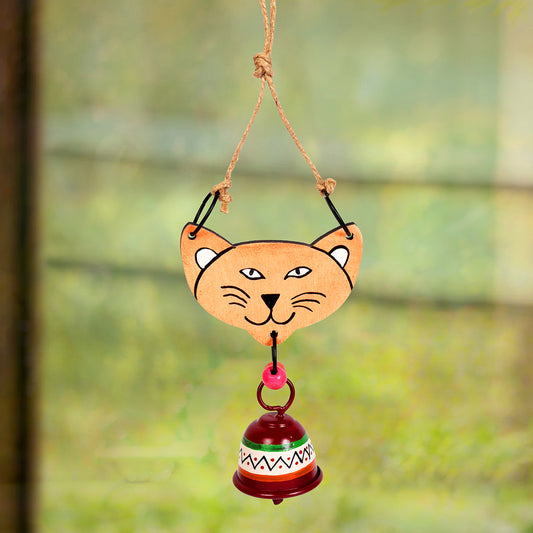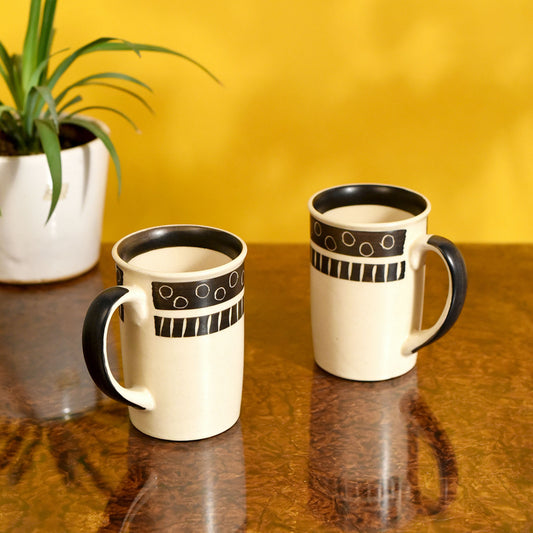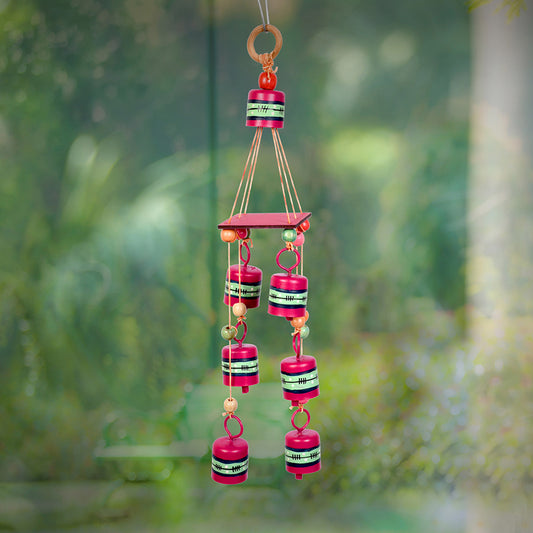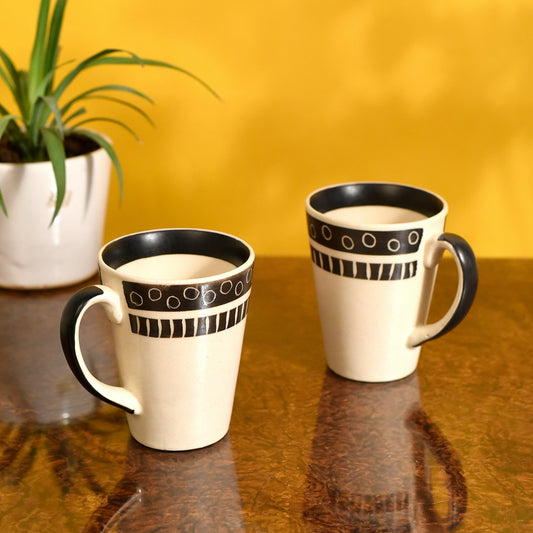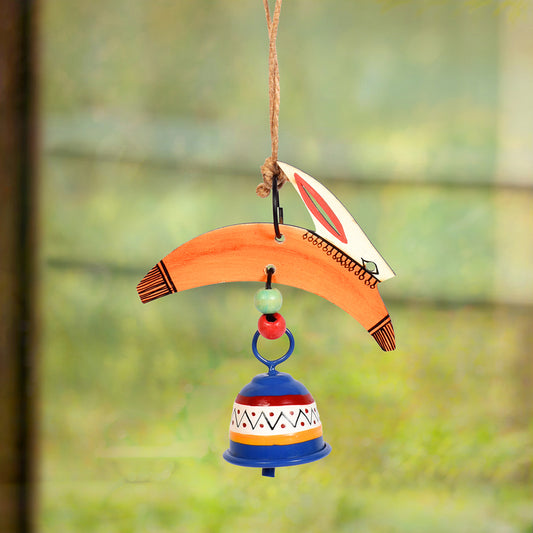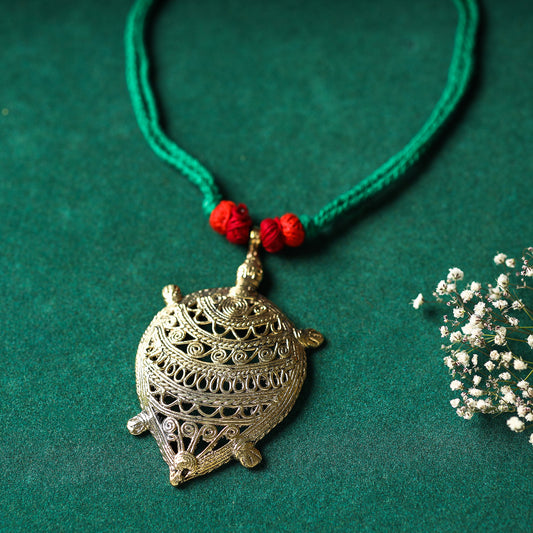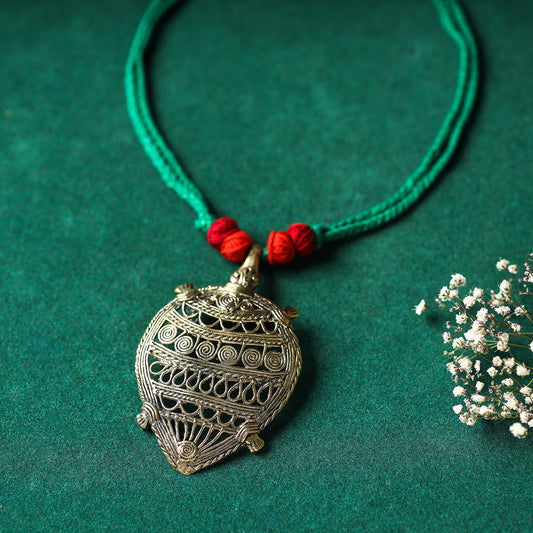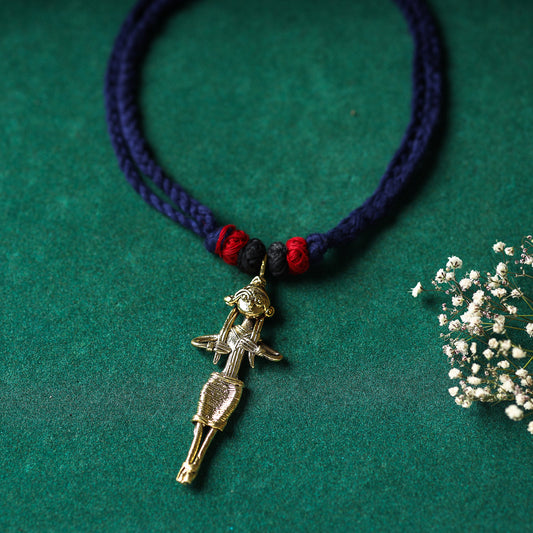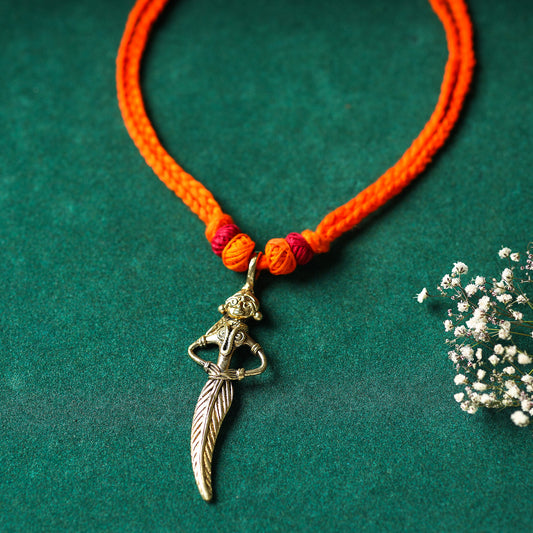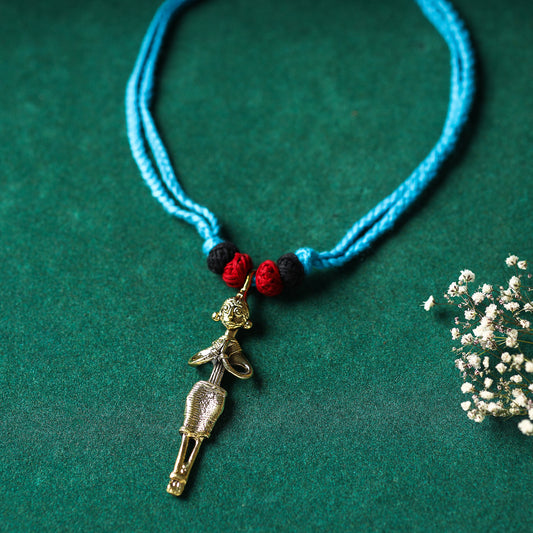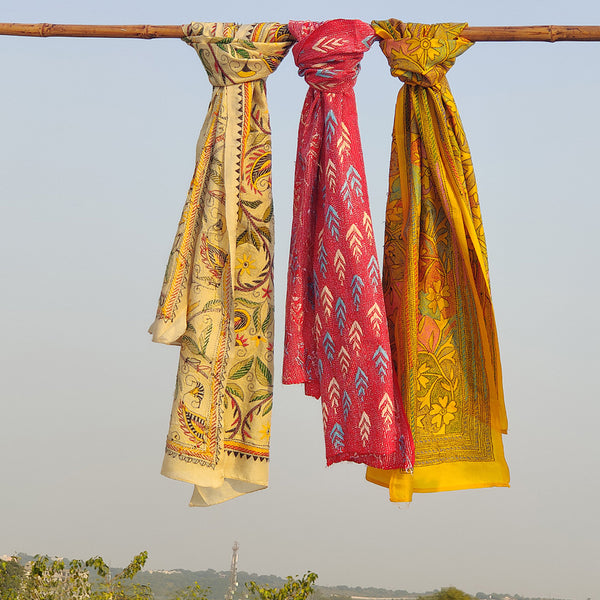Origin of Dhokra Art
About 4000 years old, the Dhokra art form is recognised as one of the most important remnants of the Harappan and Mohenjo-Daro civilizations. The Mohenjo-Daro dancing girl is one of the most well-known works of Dhokra art in the entire world.
Origin of Dhokra Art
About 4000 years old, the Dhokra art form is recognised as one of the most important remnants of the Harappan and Mohenjo-Daro civilizations. The Mohenjo-Daro dancing girl is one of the most well-known works of Dhokra art in the entire world.
It is still in high demand, not just in India but also in other nations! Cities in Europe including Milan, Paris, and London are home to some of its biggest international fans.
Metalsmiths from West Bengal, Odisha, Jharkhand, and Chhattisgarh in eastern and central India, Kerala in the south, and Rajasthan in the north make up the Dhokra Damar clan.
Product Range Of Dhokra Art At iTokri
Women from the tribe wore jewellery called Dhokra. The modern artisans now produce stunning dhokra craft products, dhokra metal crafts , clay dhokra art, dhokra handicrafts, like bracelets, necklaces, earrings, rakhis, and anklets utilising a combination of ancient and new styles. Buy all of these Dhokra craft online products in the best quality and affordable range at iTokri.
urchase handcrafted tribal jewellery that will warm your heart, go to the website for the Dhokra jewellery collection by iTokri. We promise you'll have enough!
Why choose iTokri for Dhokra products?
We have a duty to safeguard and advance one of our country's greatest artistic traditions. It will be simpler to overcome other obstacles as awareness rises. We must thus make it a point to patronise these regional artists whenever we can by making purchases from them, as doing so will inspire them to produce more work and keep them motivated. Checkout iTokri for the best Dhokra jewellery and home furnishings if you want to buy from these regional makers! iTokri is an ocean of art and crafts here you can discover crafts like Blue art pottery, banaras toys crafts, bhil folk art, chirala kupaddam, bell craft, dokra craft, enamel workcraft, and coir craft etc.
FAQs
Where is Dhokra art from?
The tribal people of Bastar in Madhya Pradesh, Chattisgarh, Odisha, and West Bengal practise Dhokra art.
What is the meaning of Dhokra art?
Non-ferrous metal crafts called "Dhokra" or "Dokra art" are made with the "cire perdue" or "lost wax" method. The magnificent artefacts that are shaped and embellished brassware items are known as "Dhokra."
How is Dhokra art made?
A mould in the shape of the desired product is created by combining local clay with chaff gathered from agricultural waste. Then, rice chaff is added to the mud. The moulds are created using this combination. The native clay and rice chaff mixture is used to manually form the mould.


